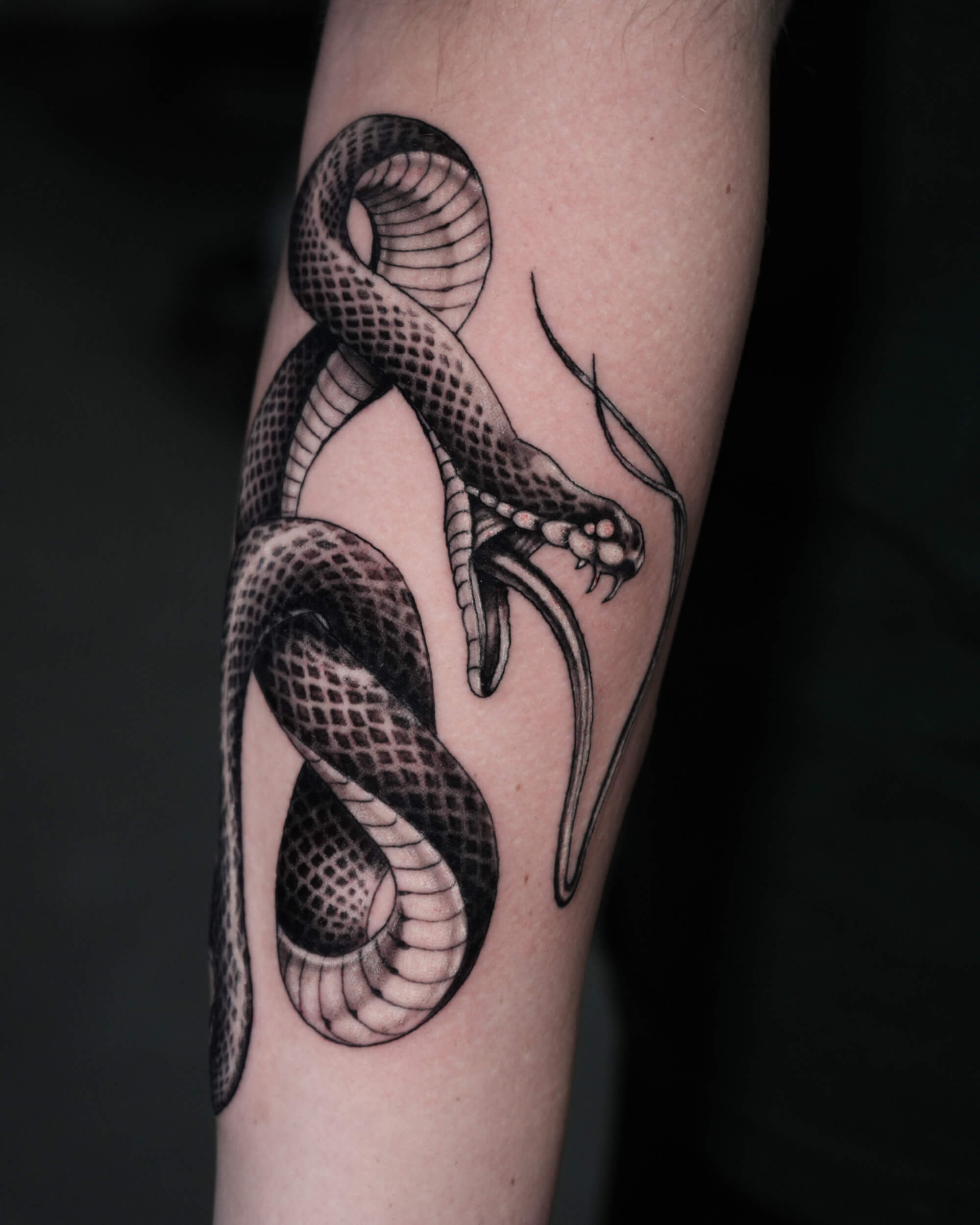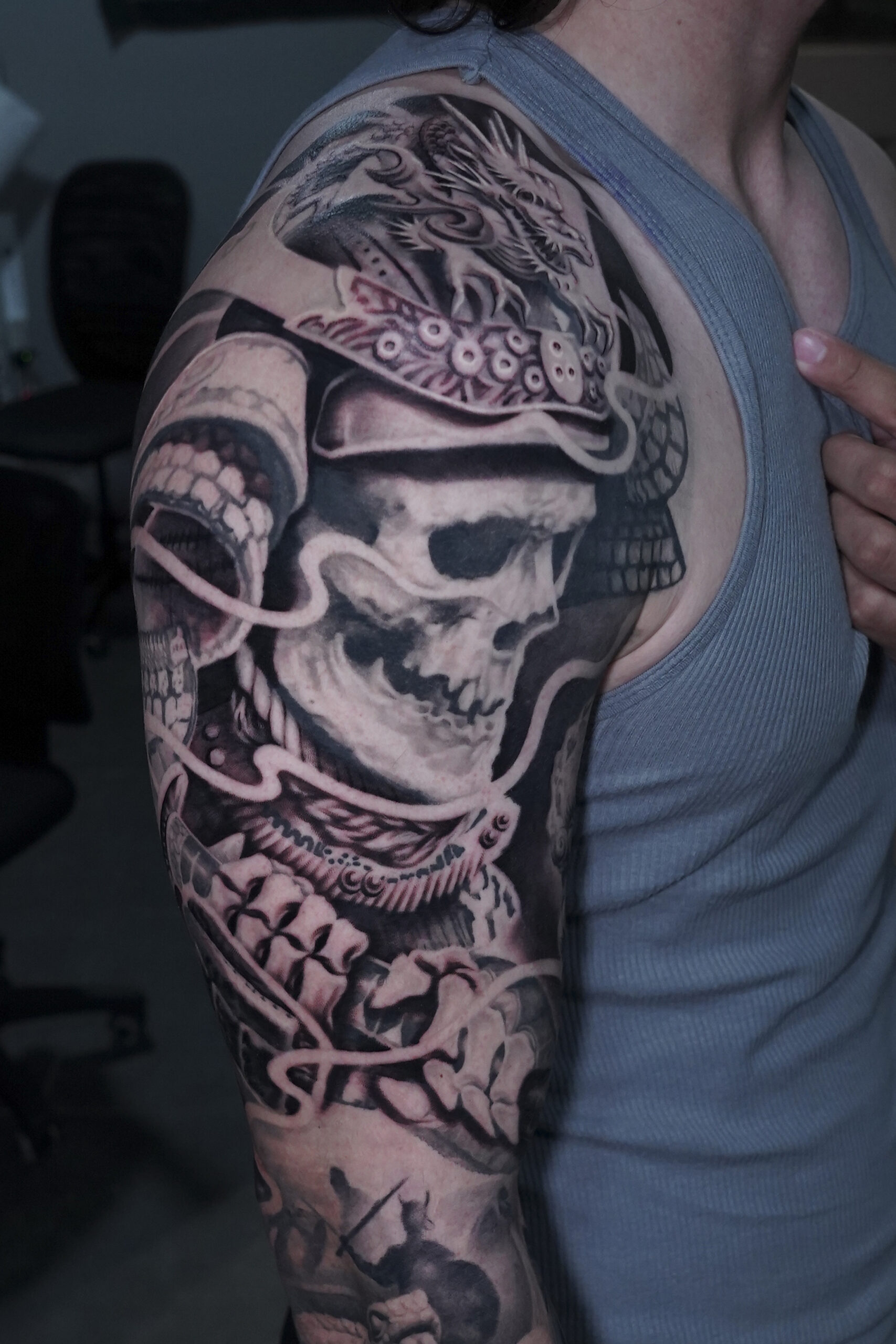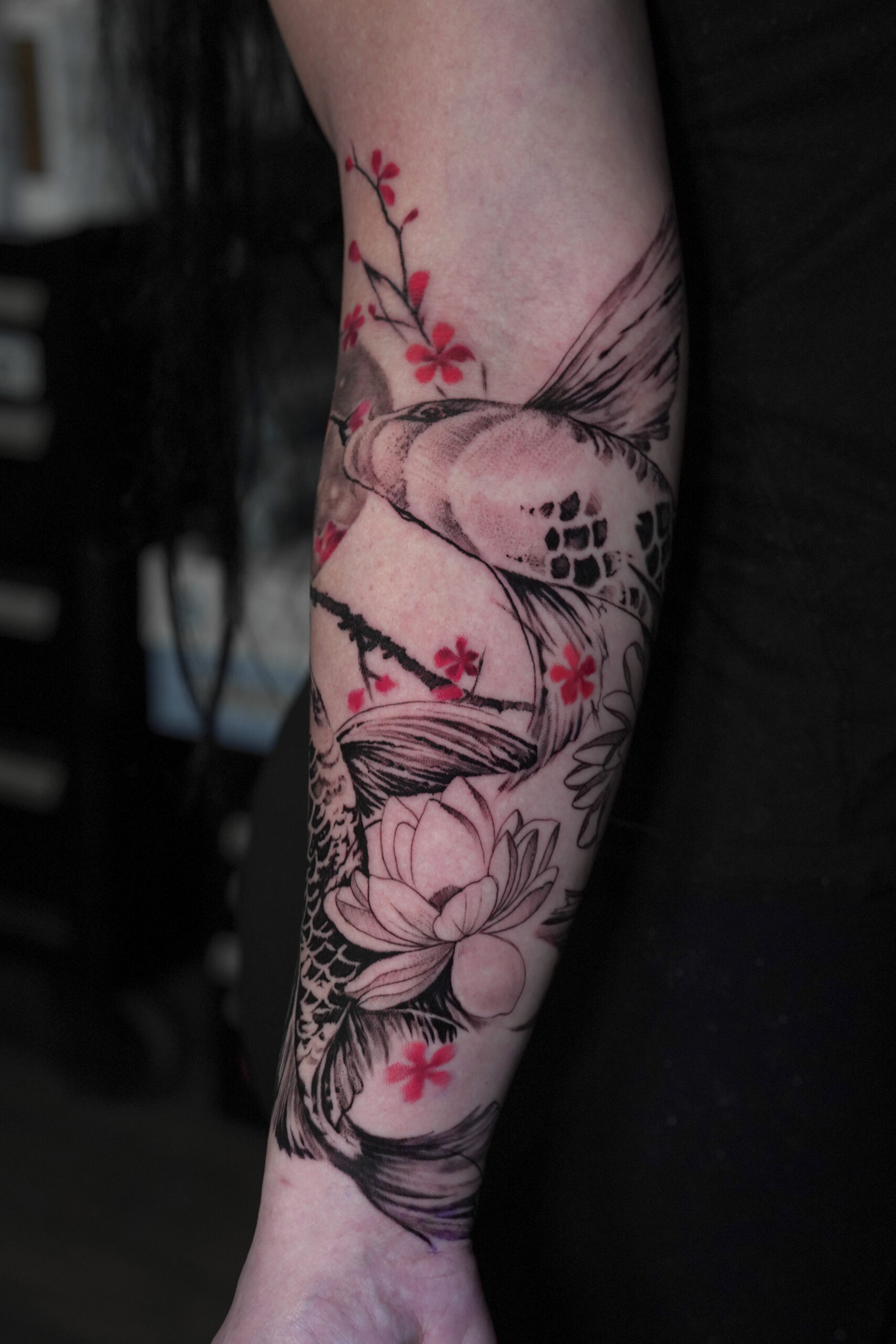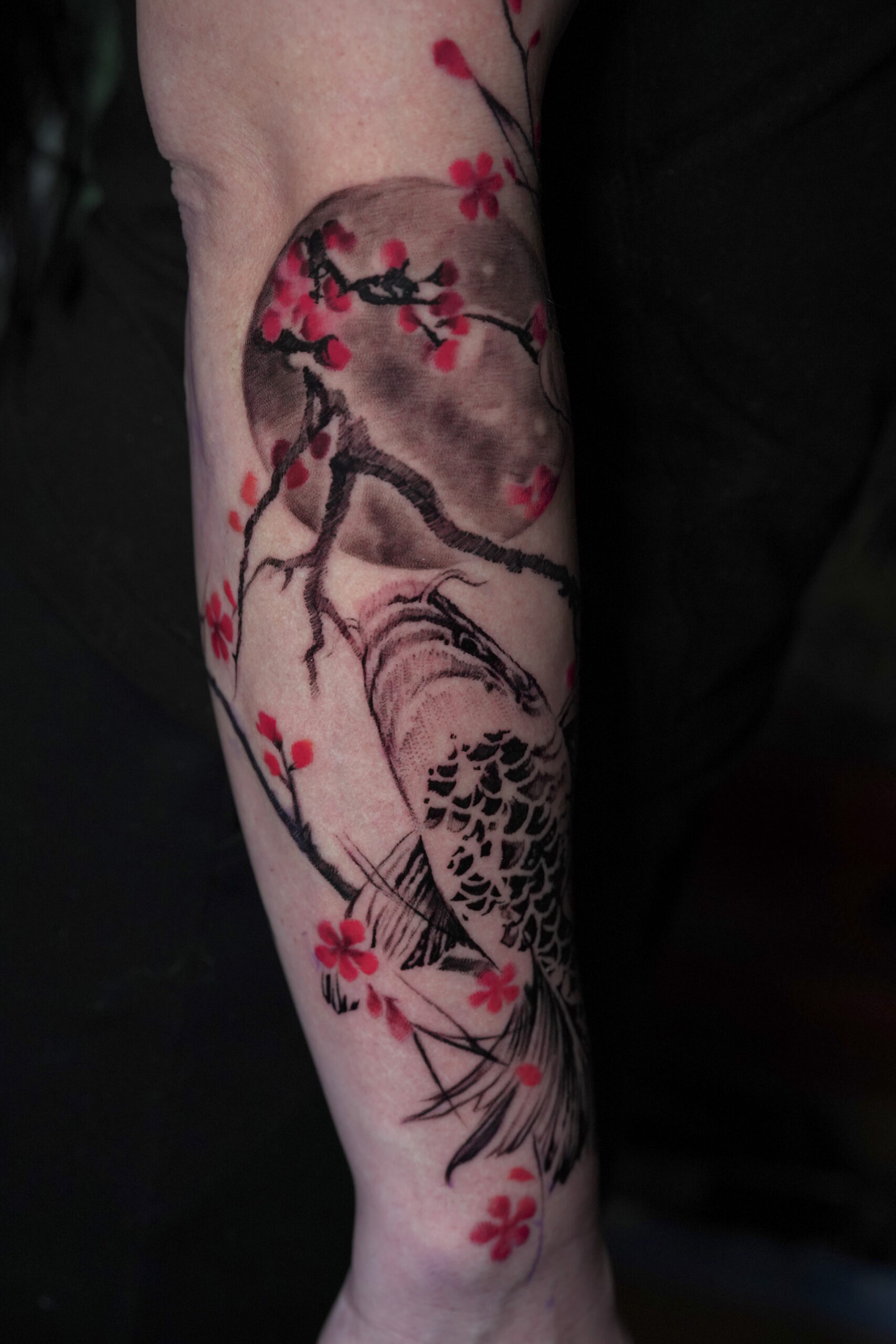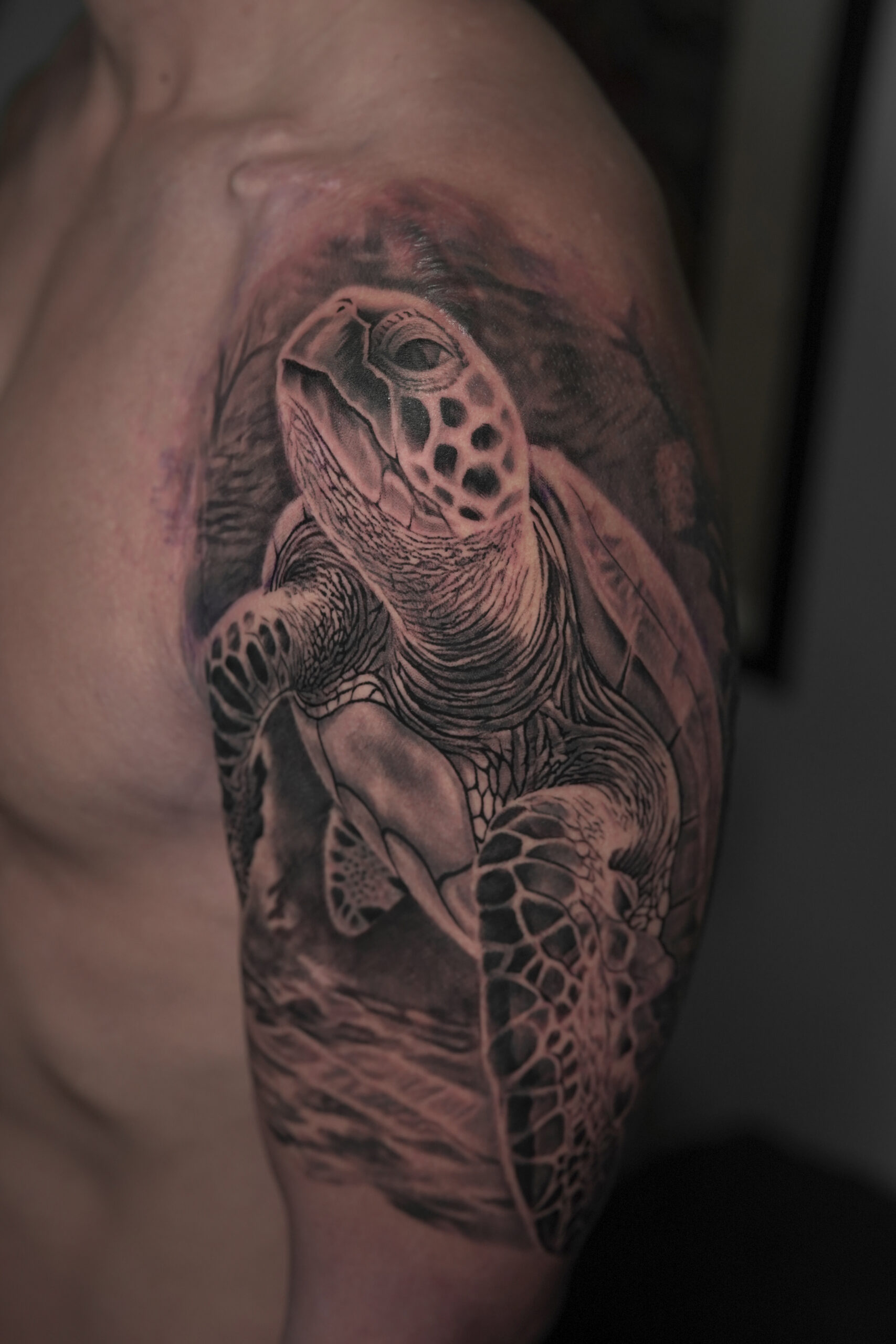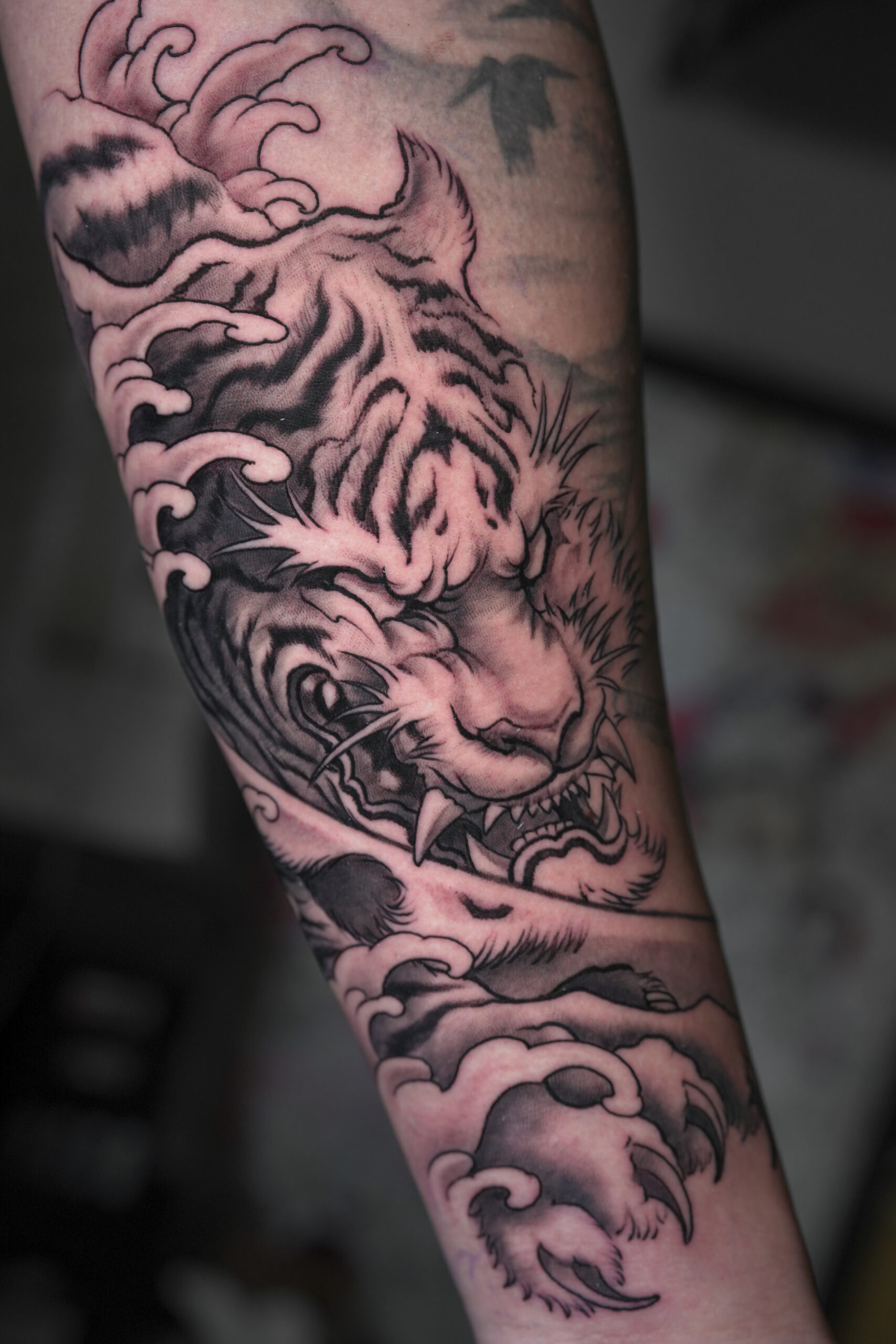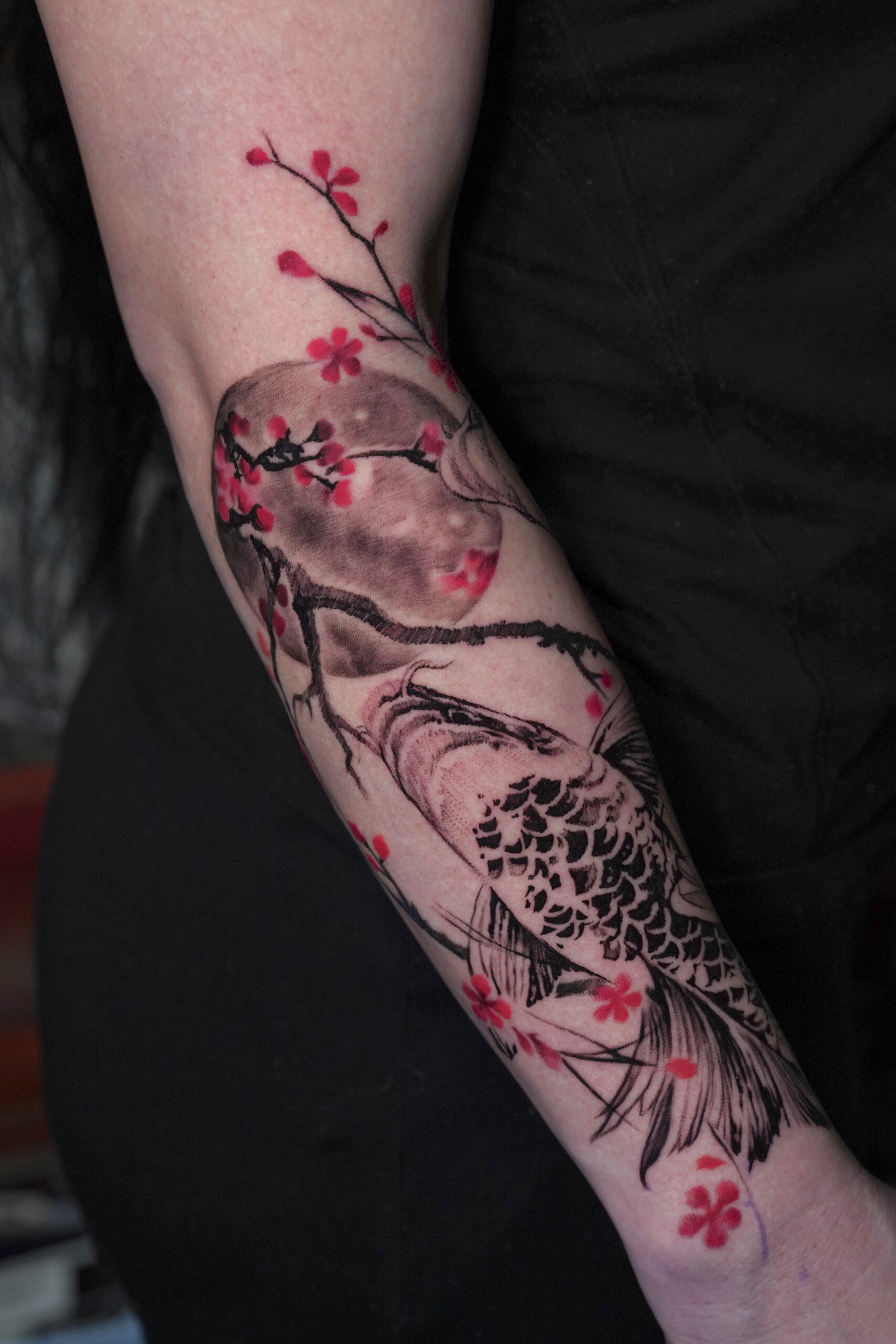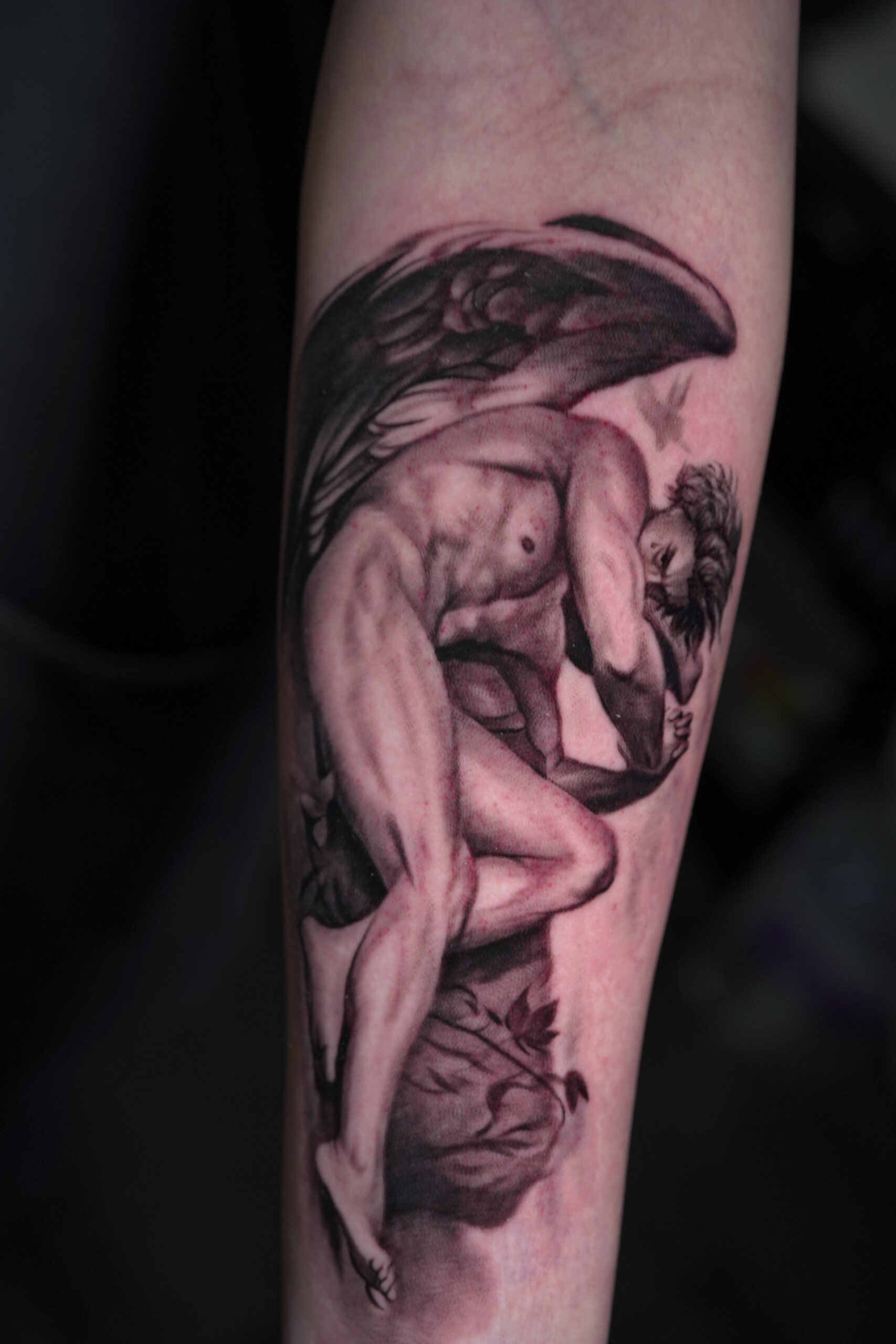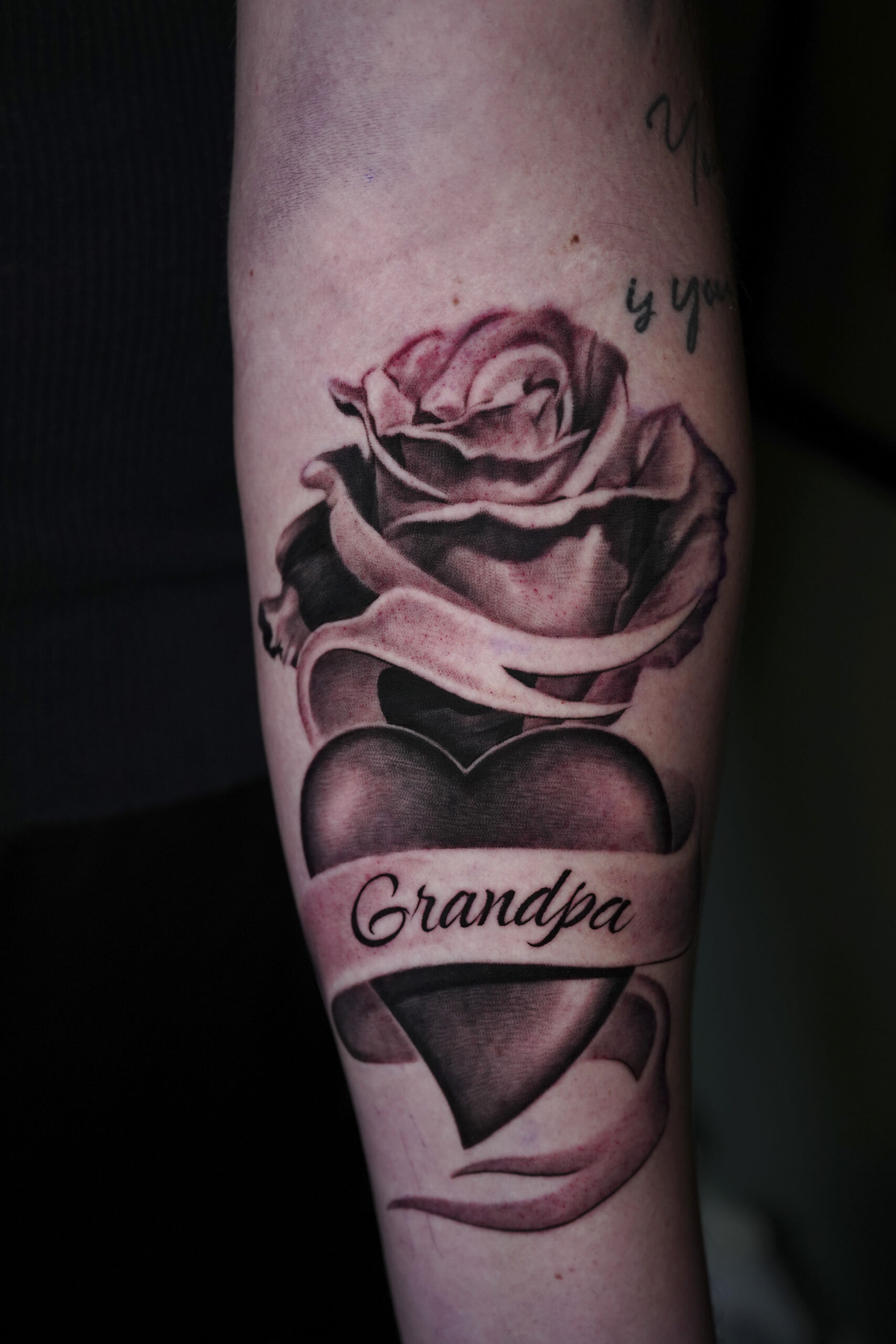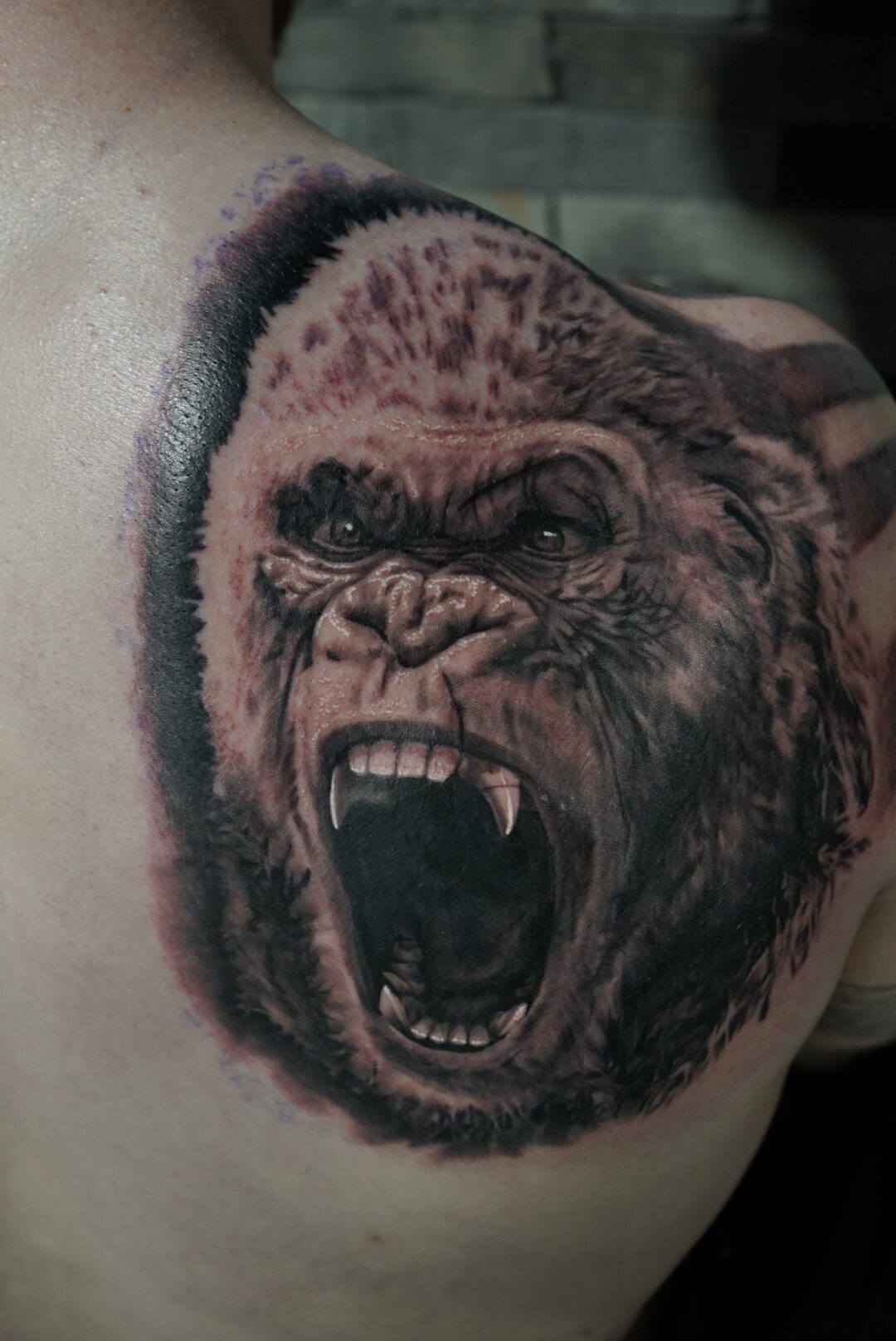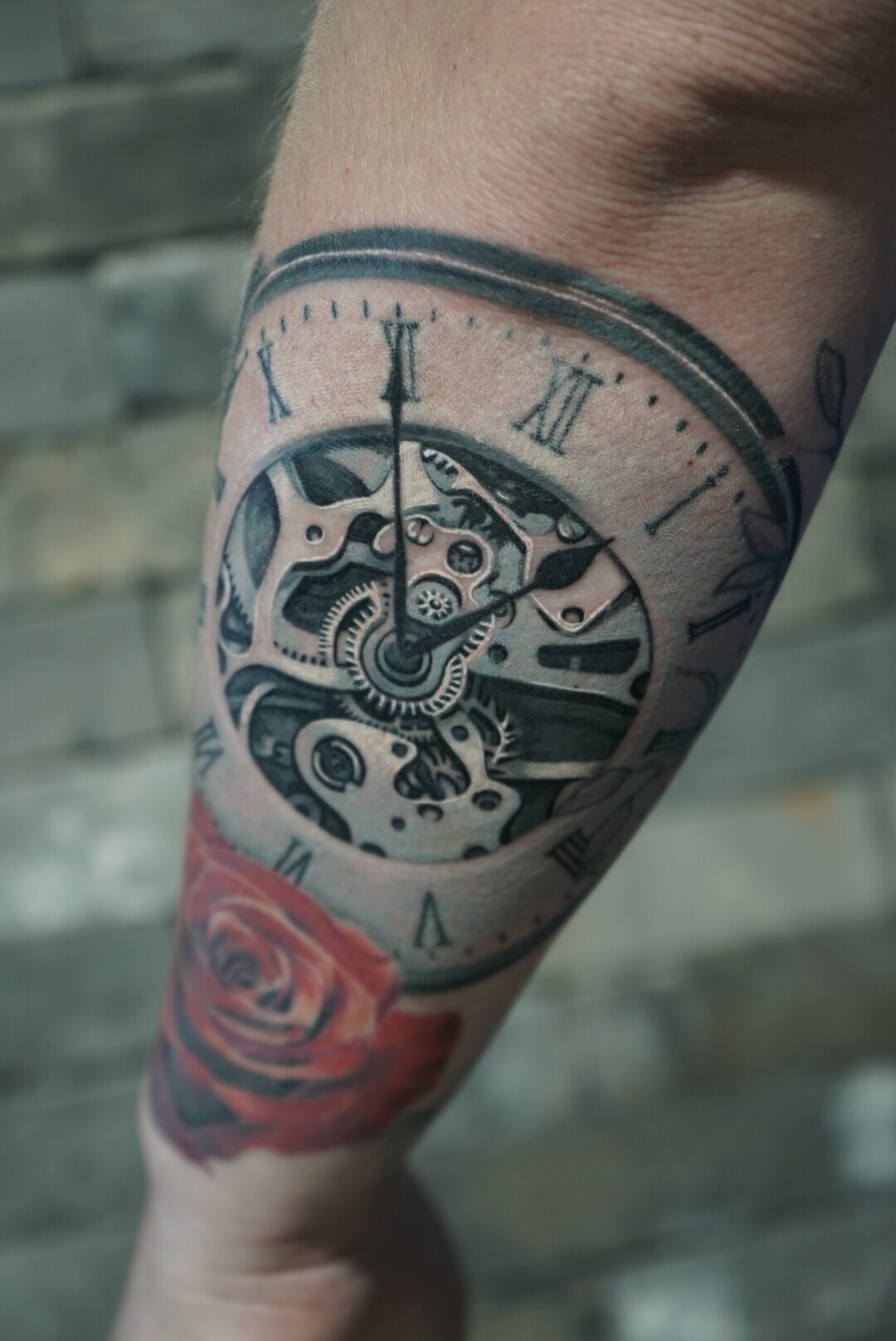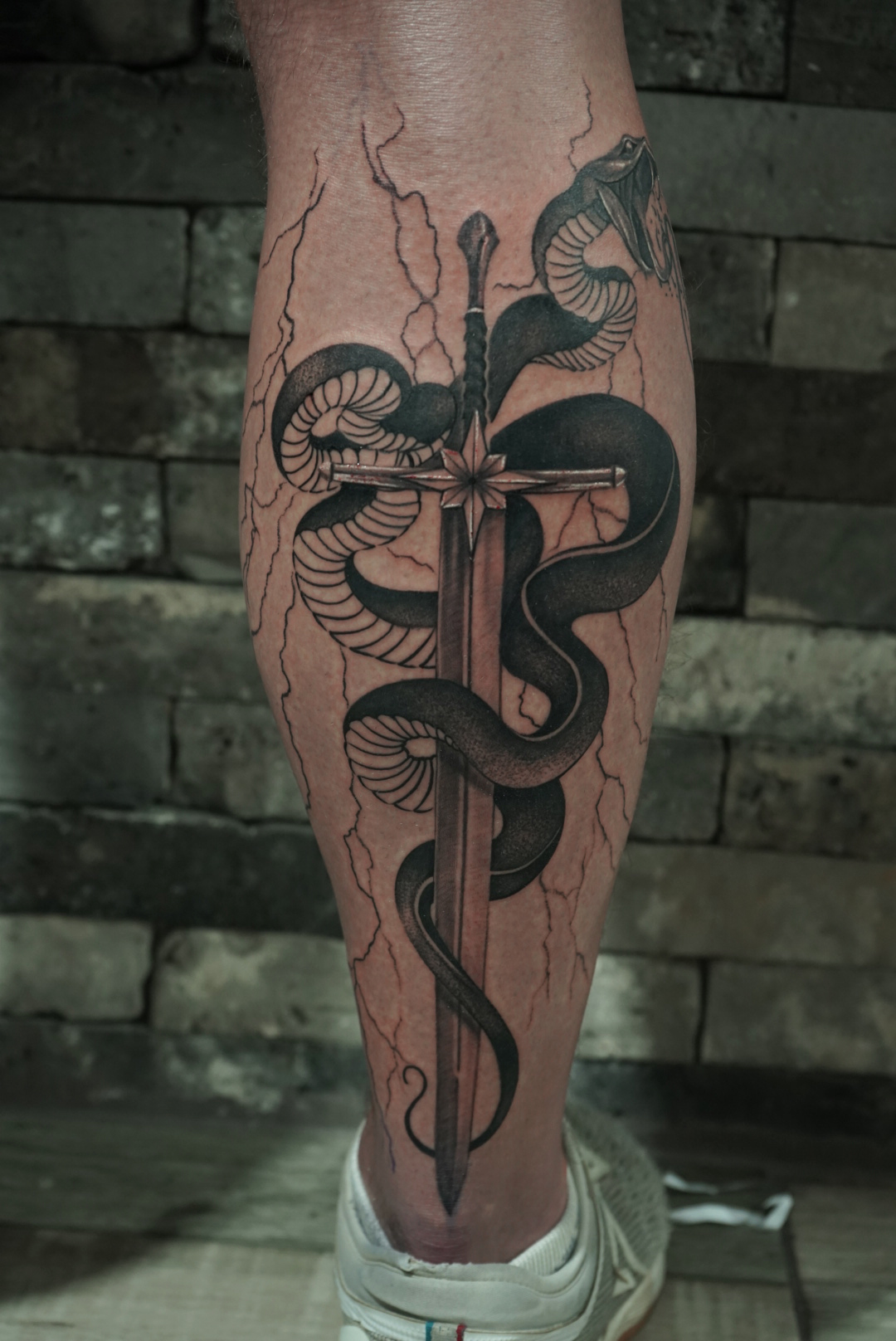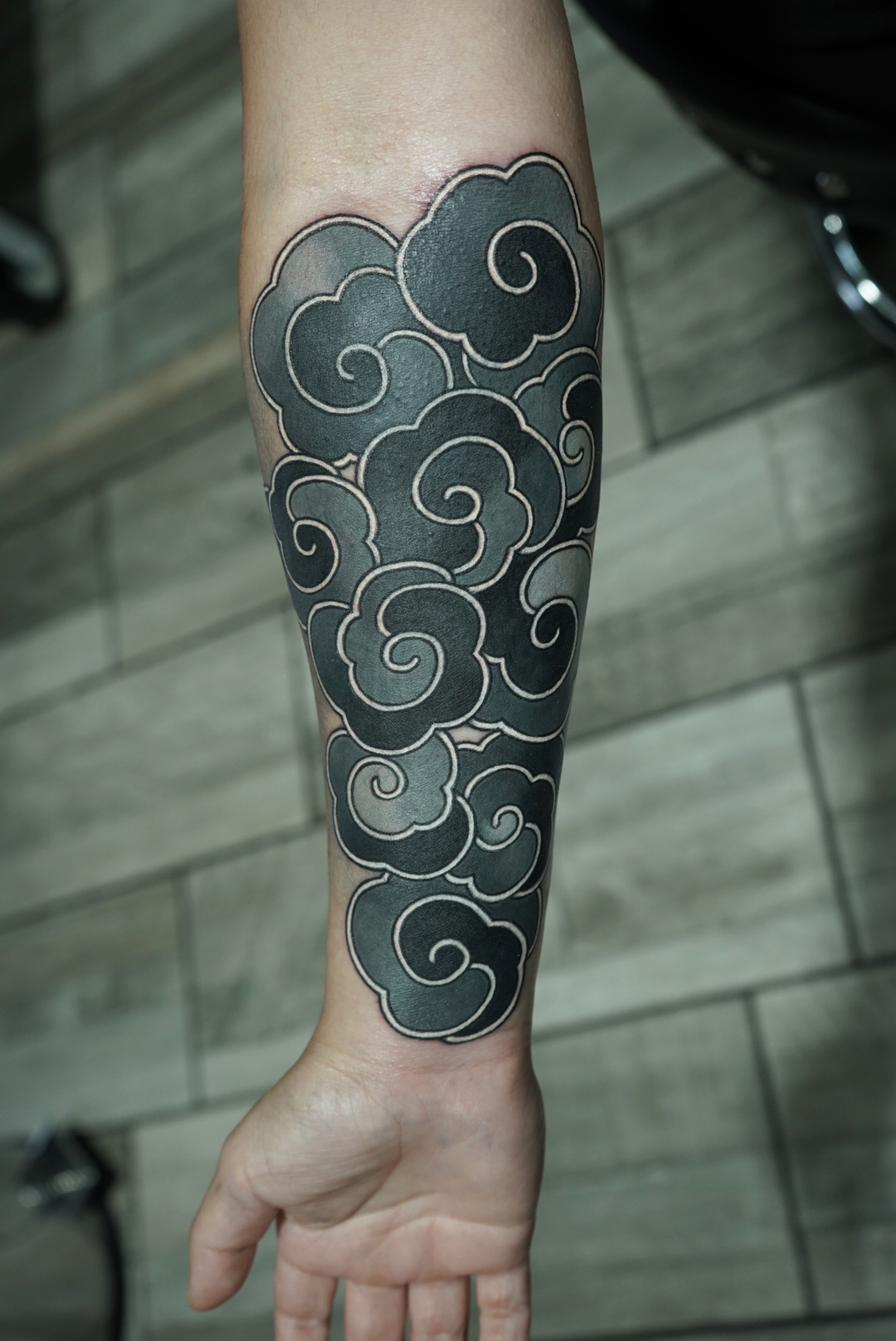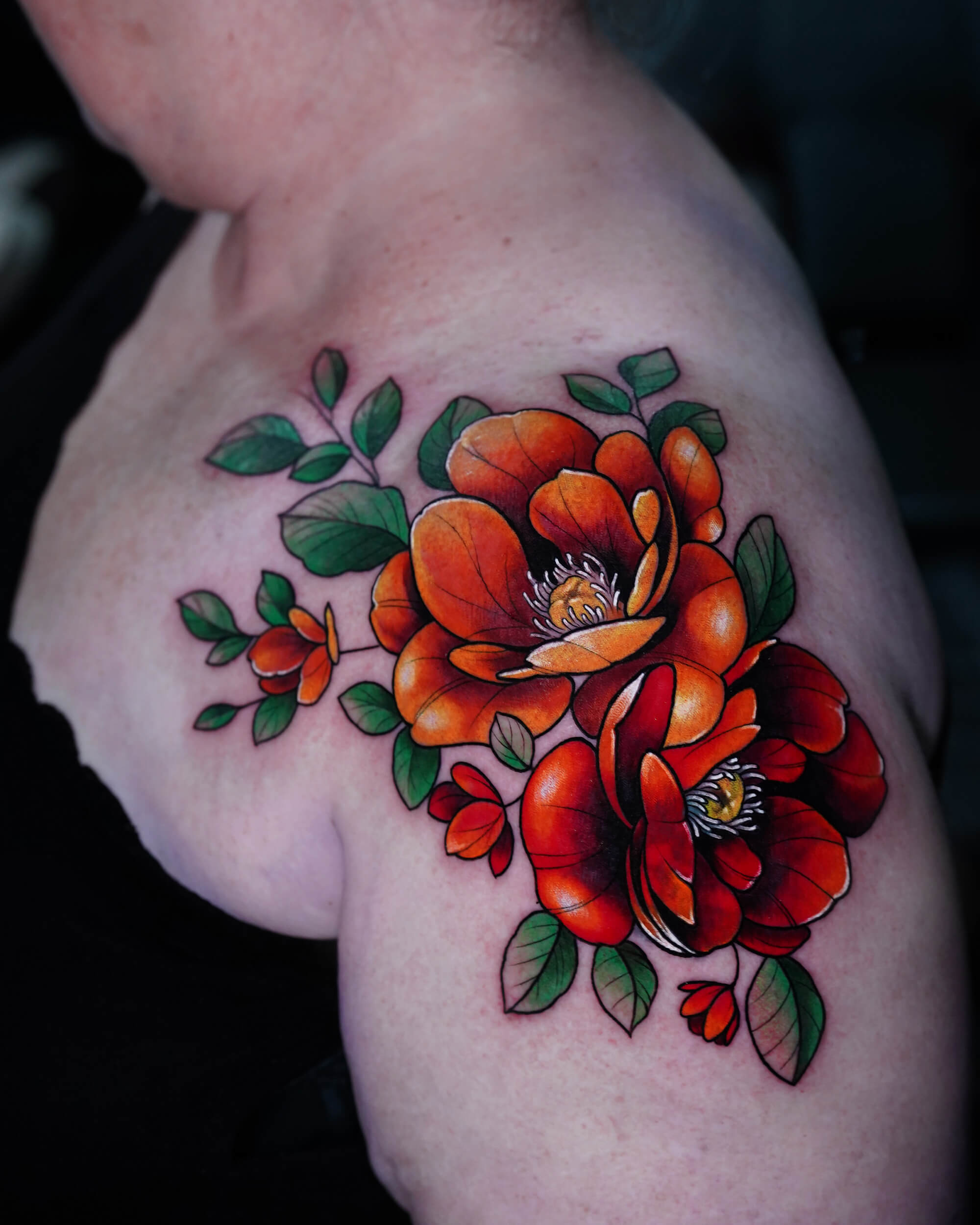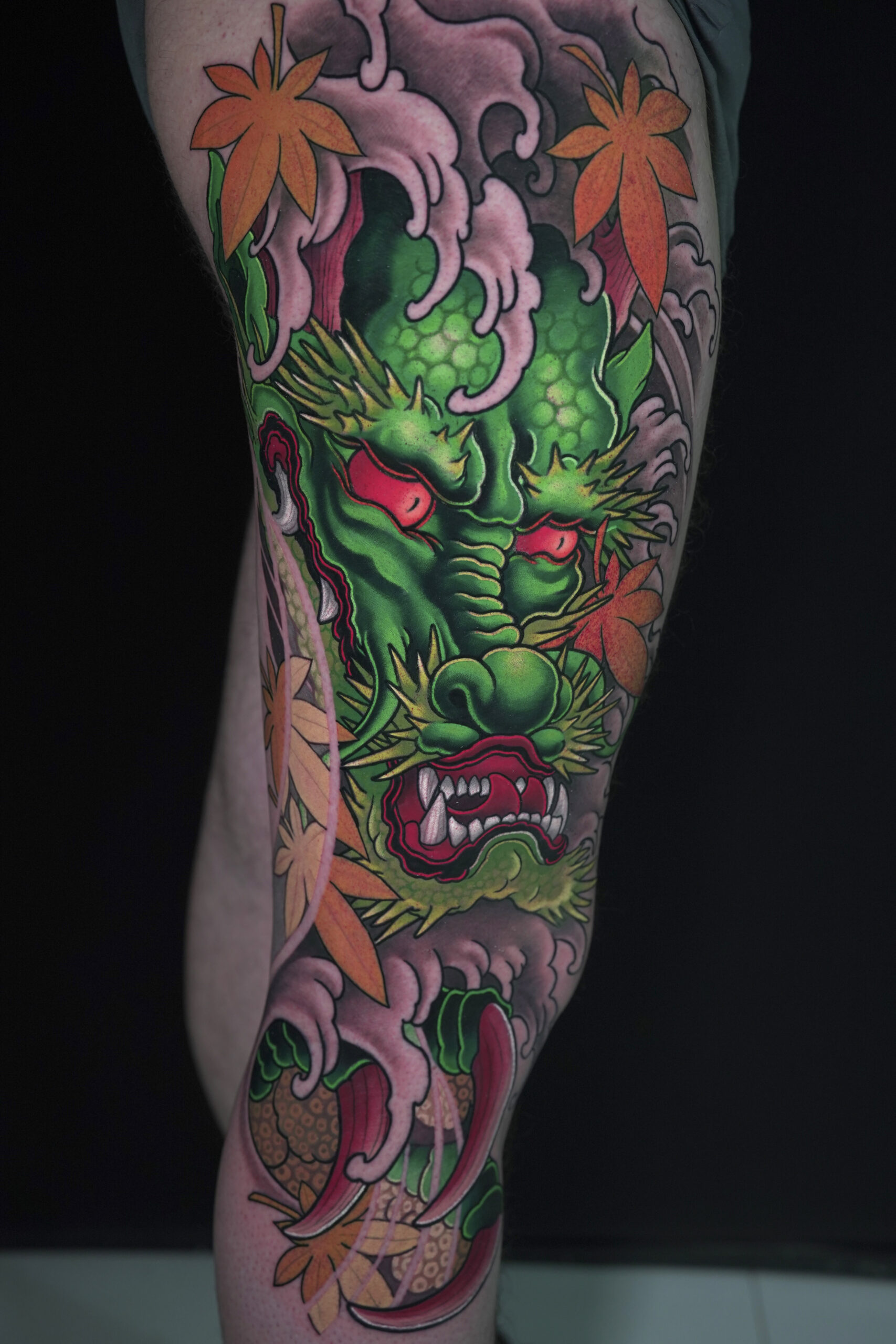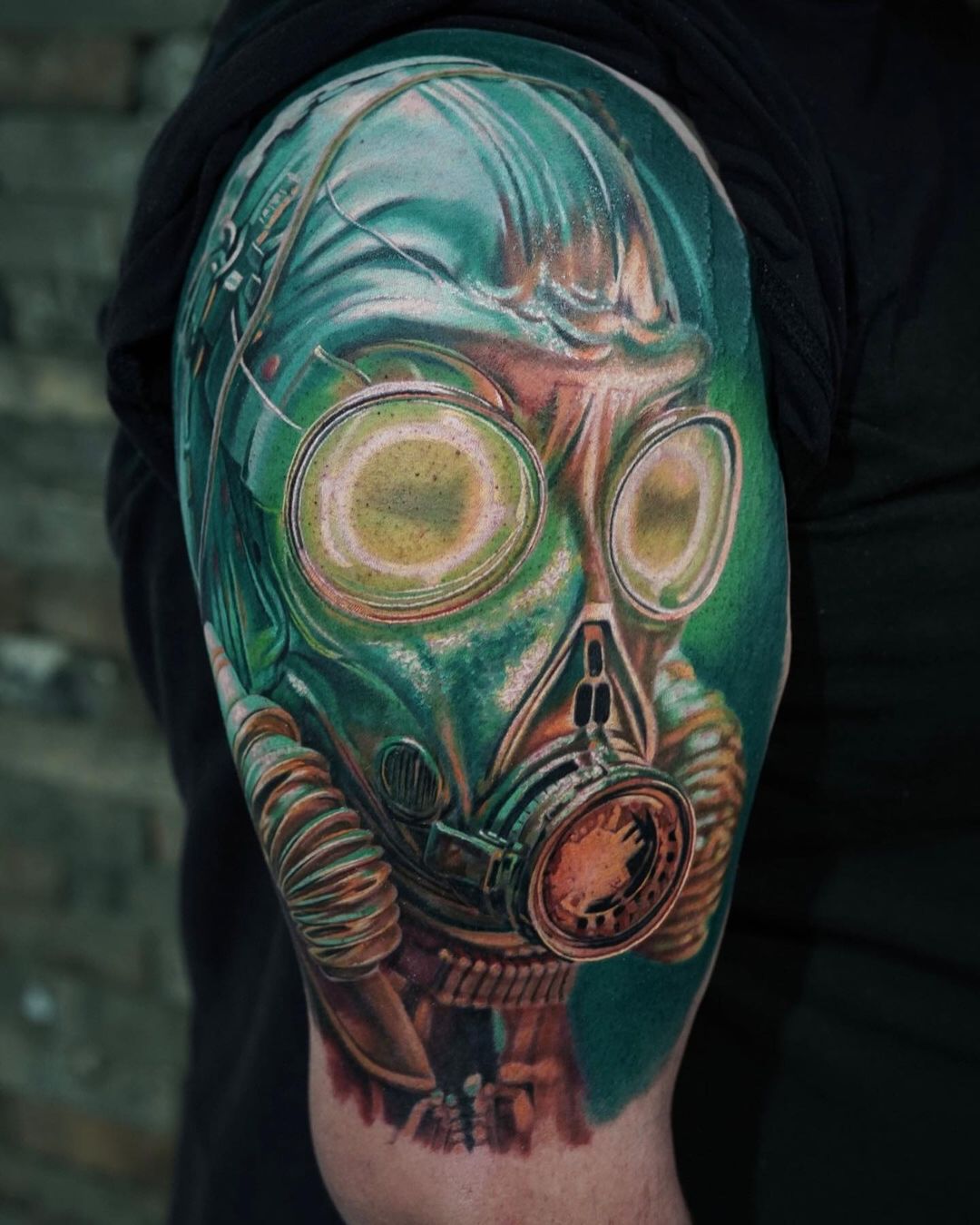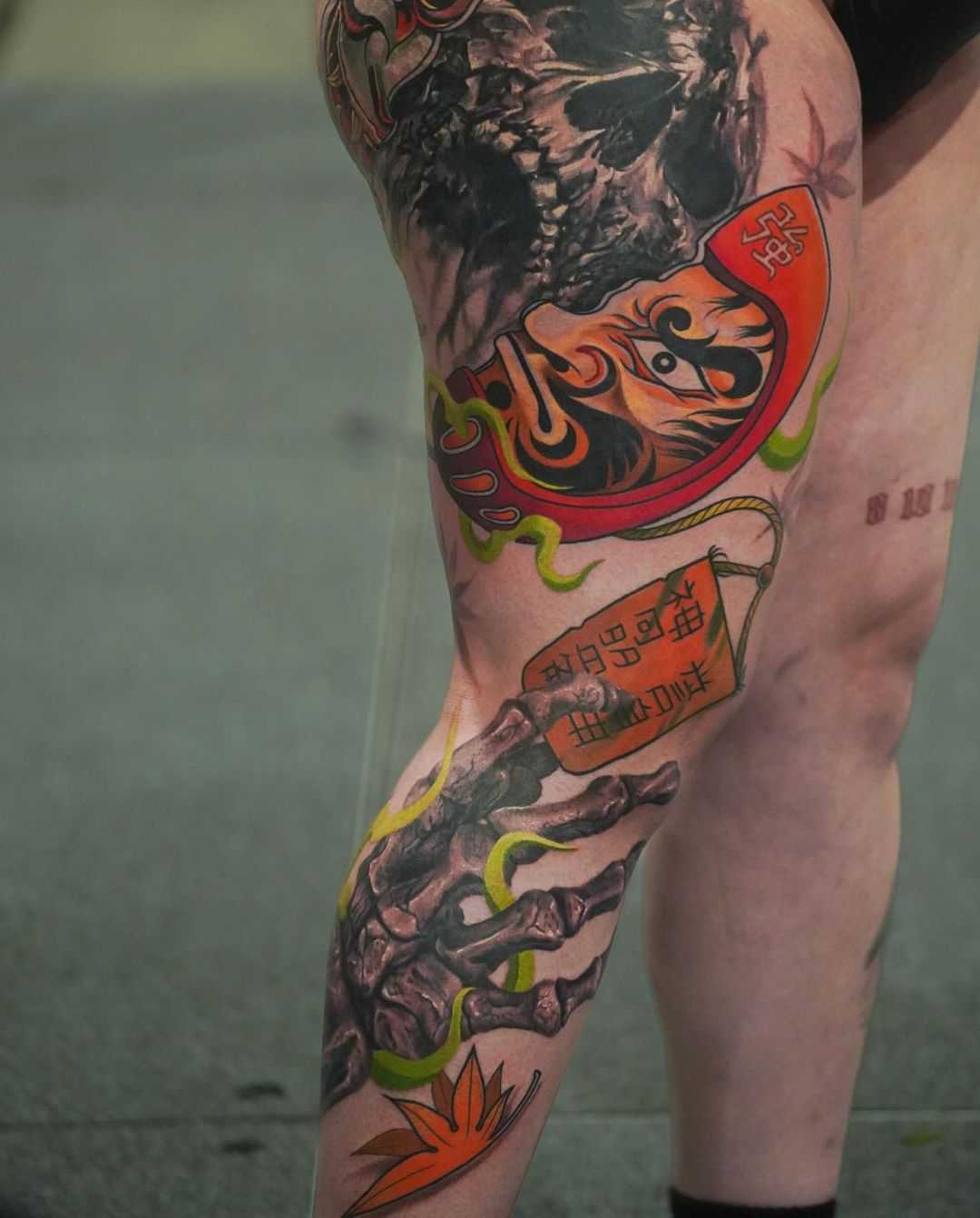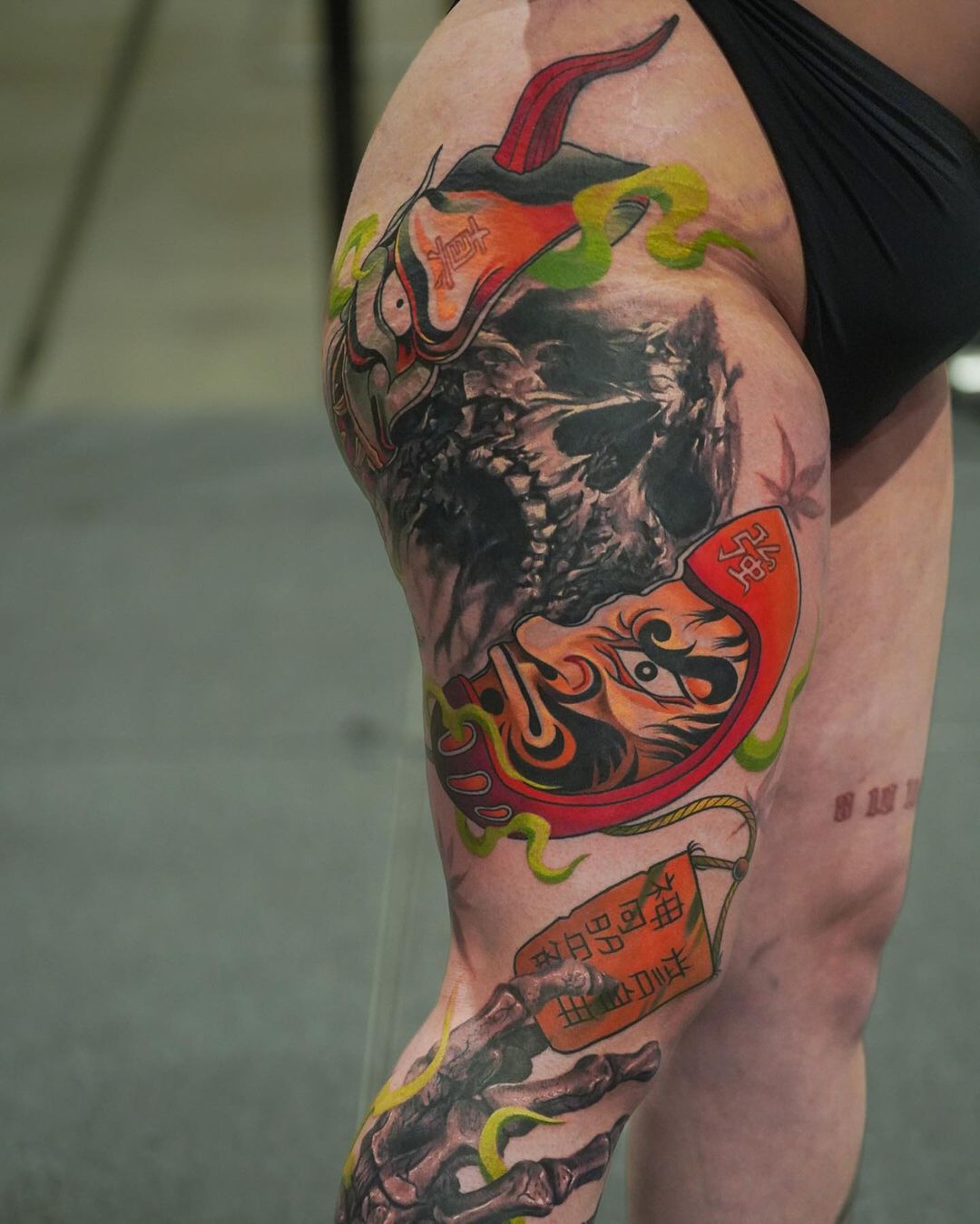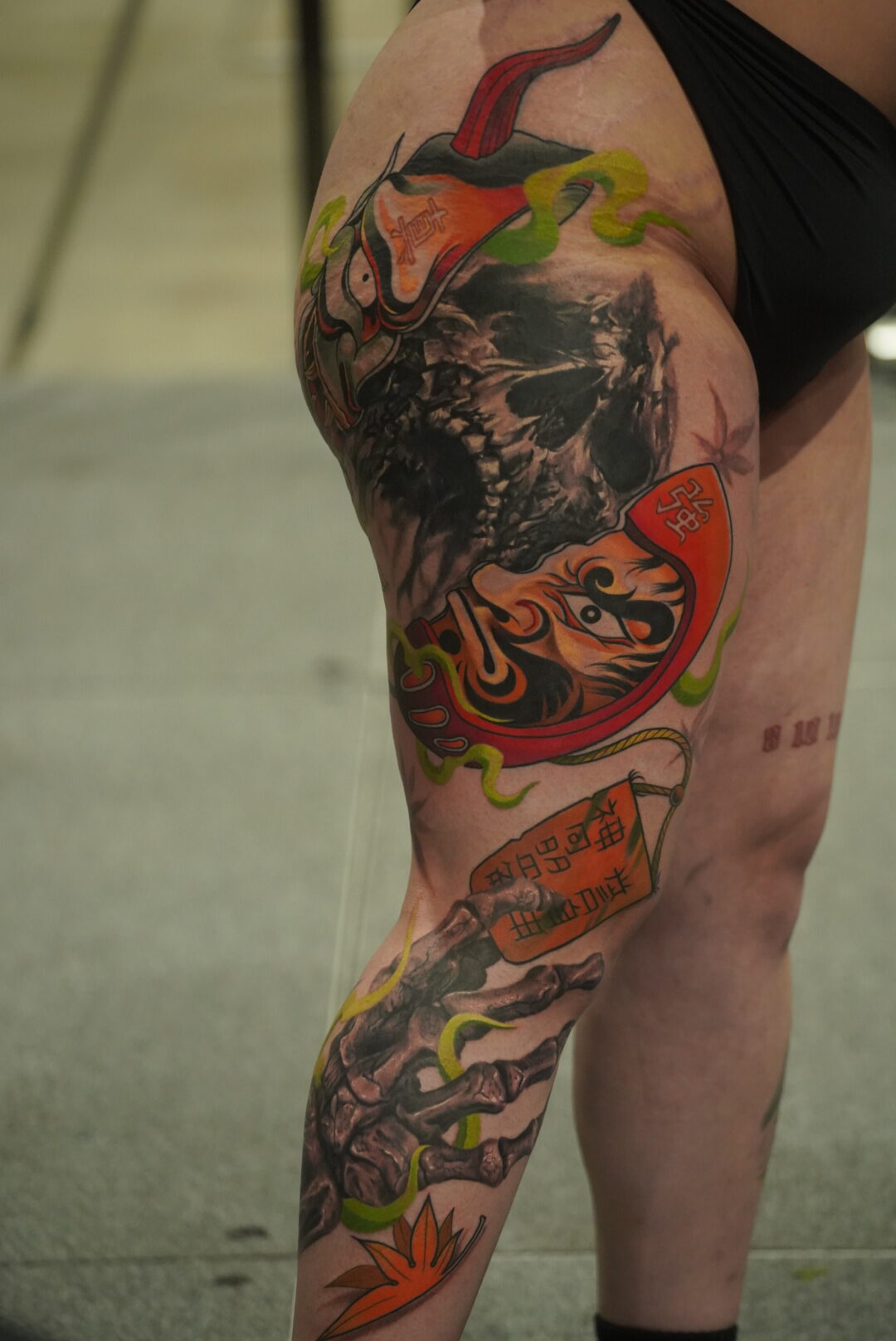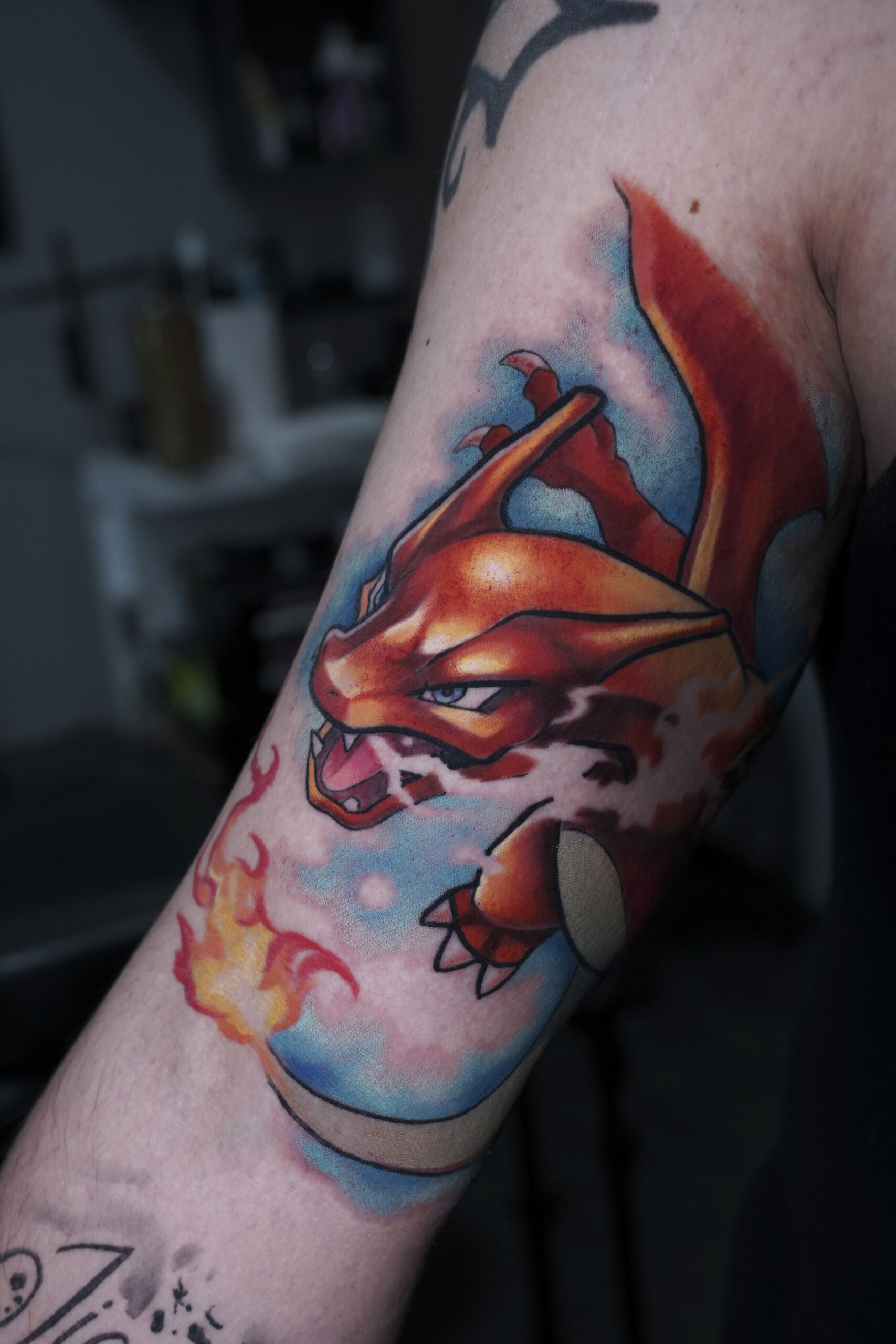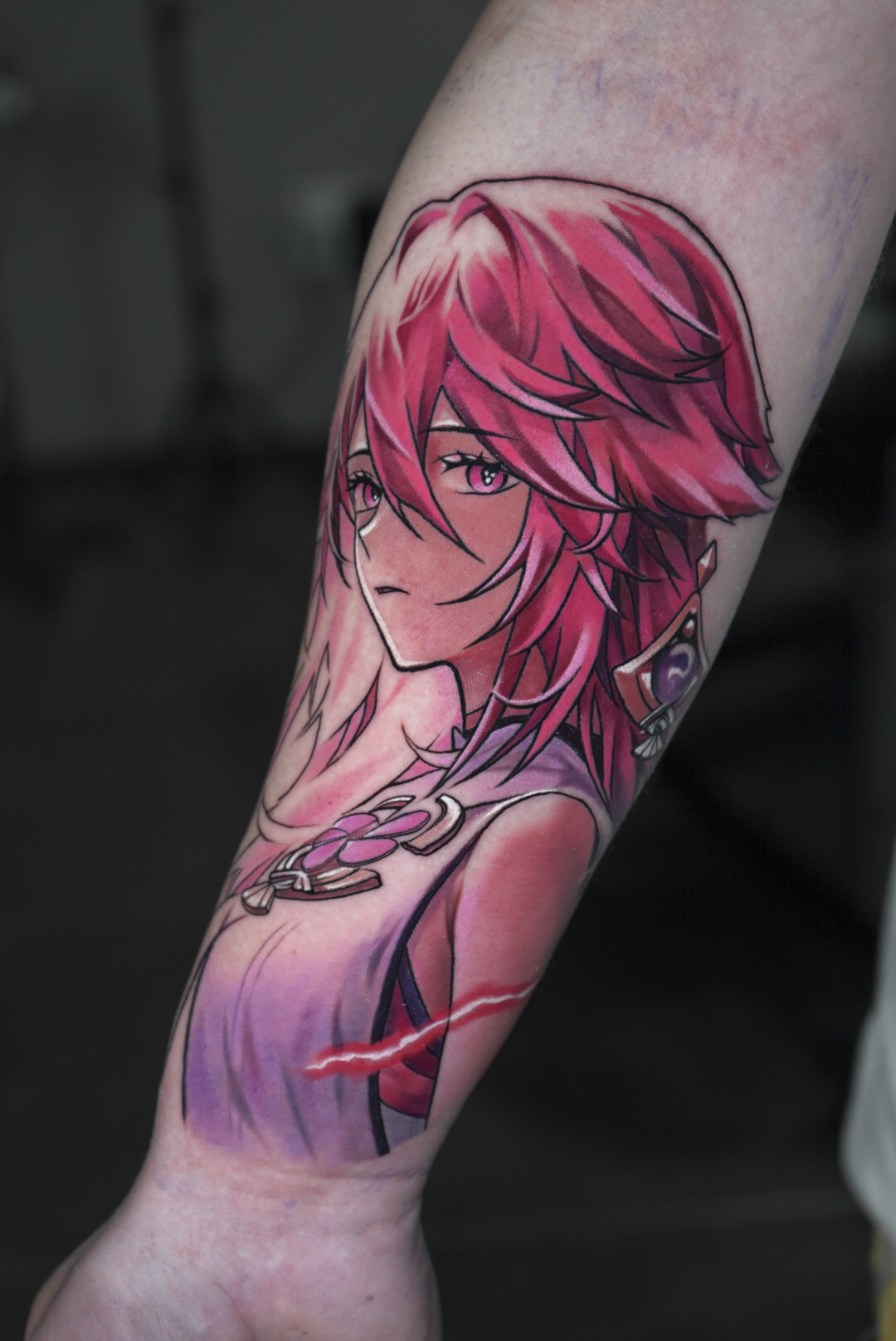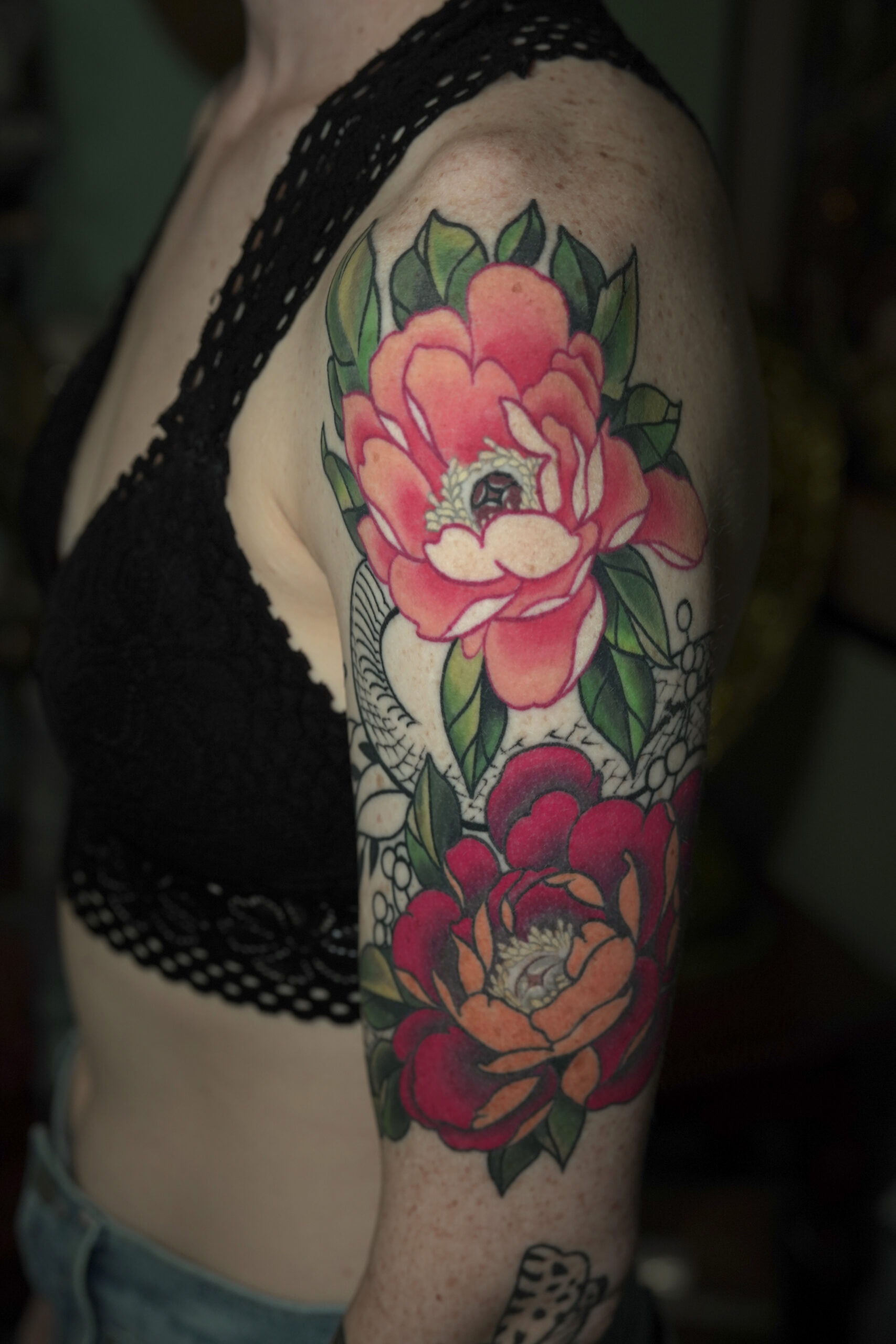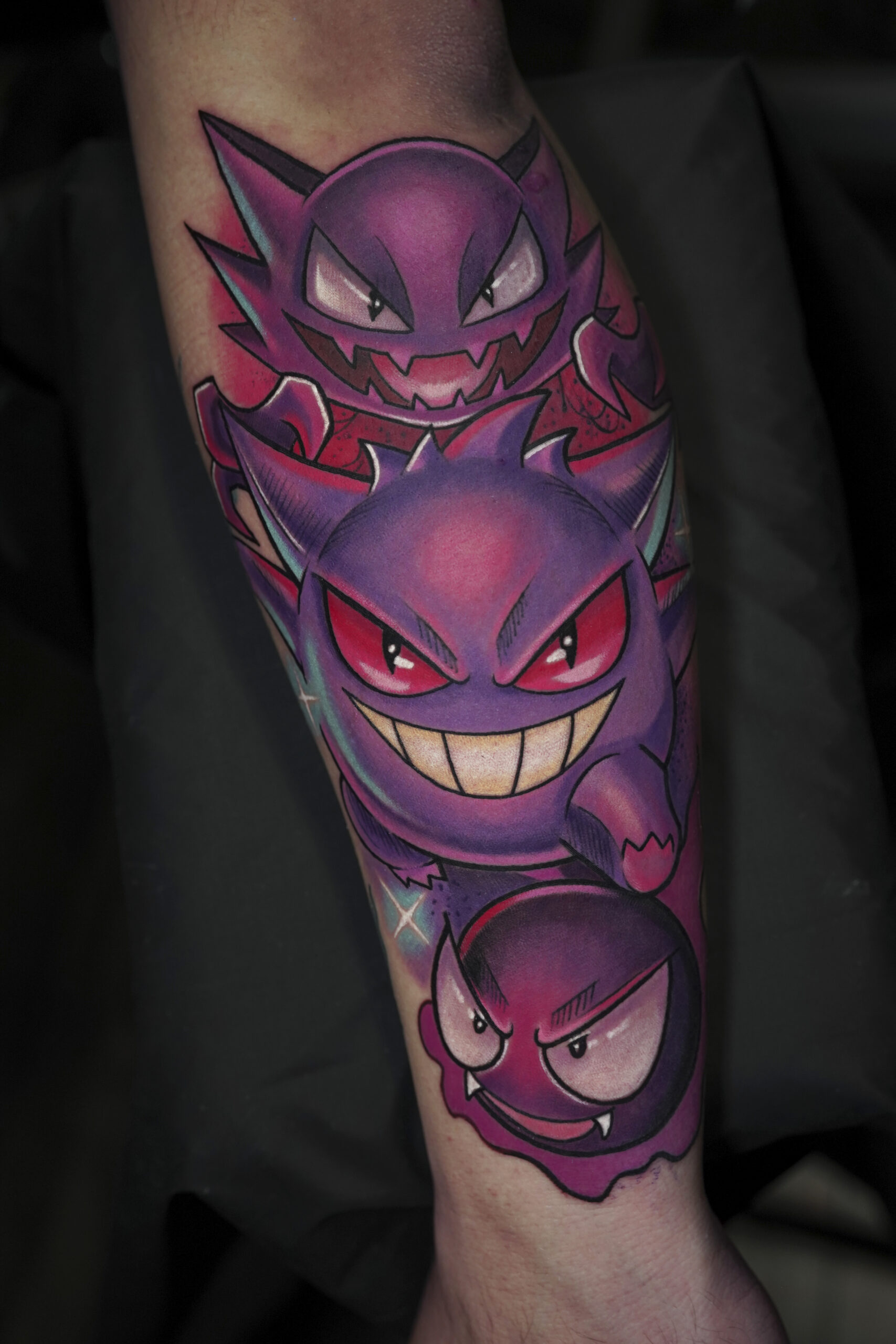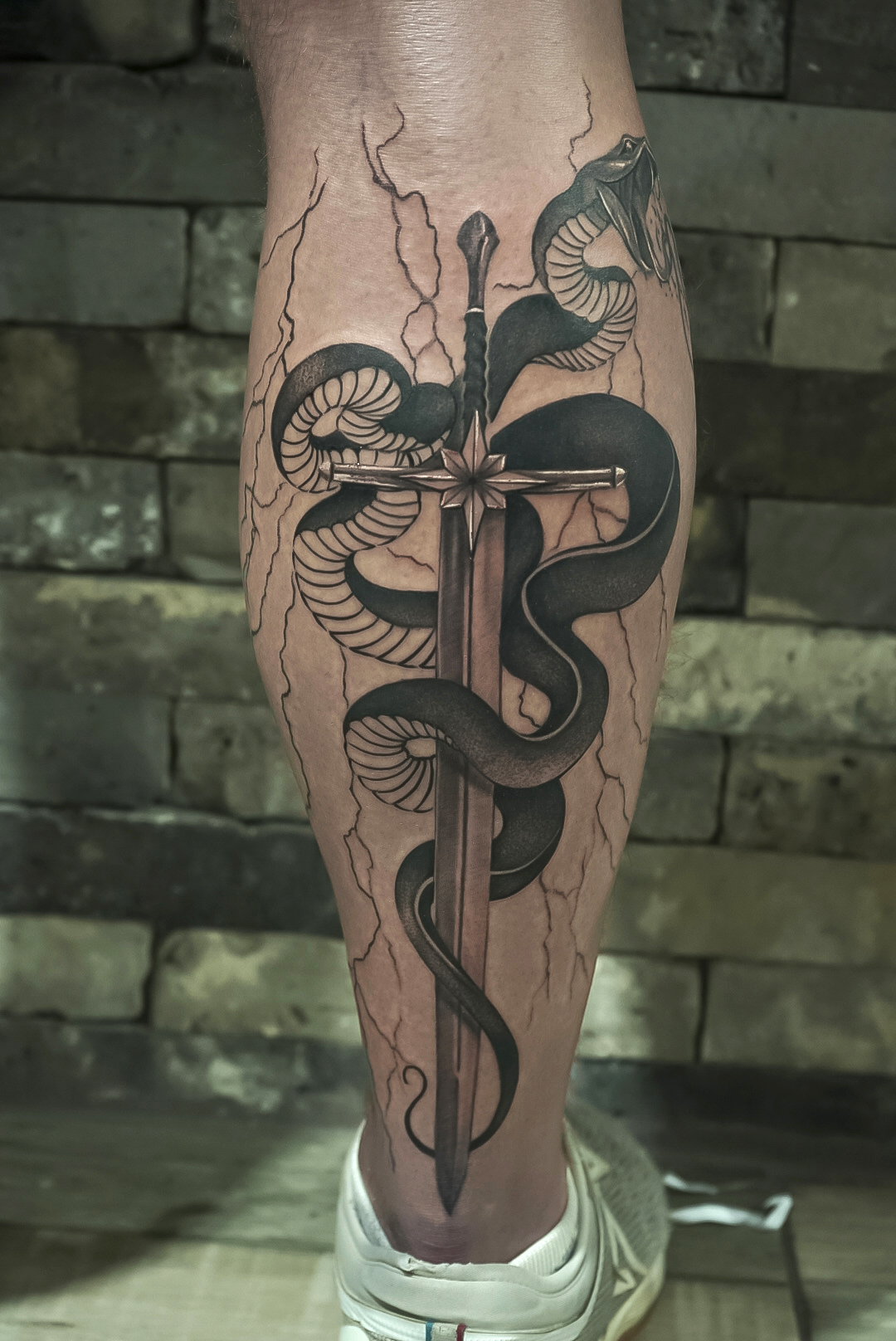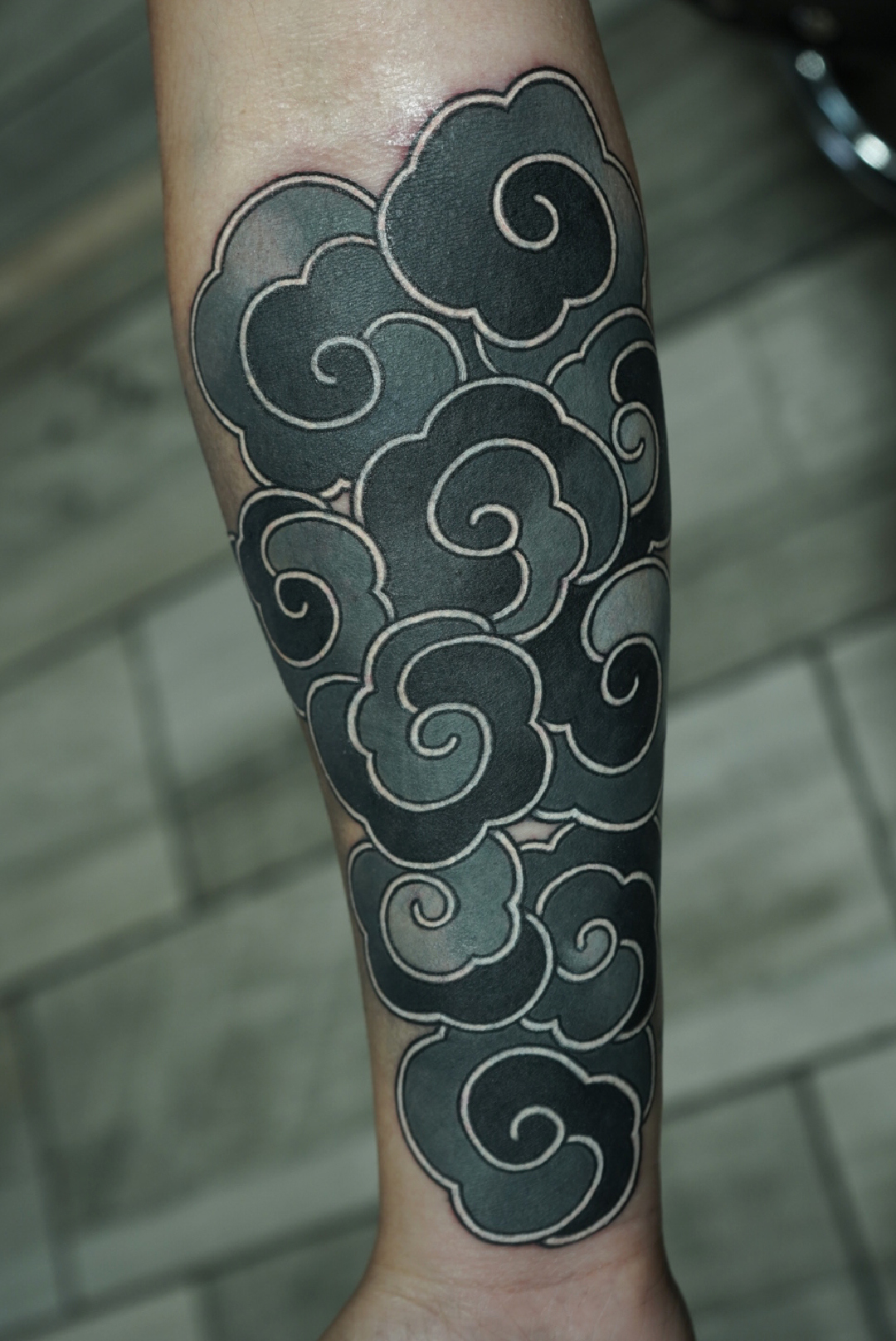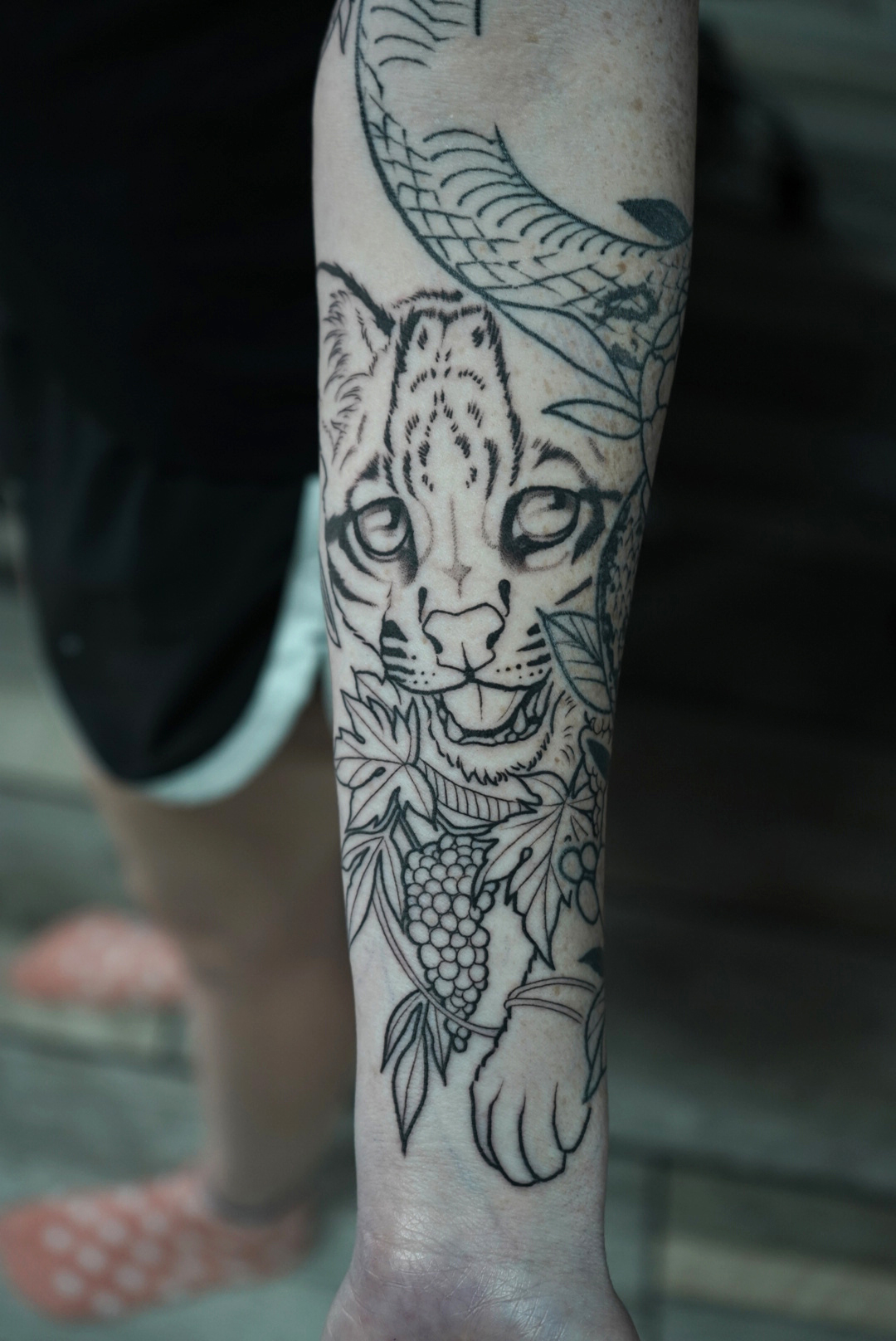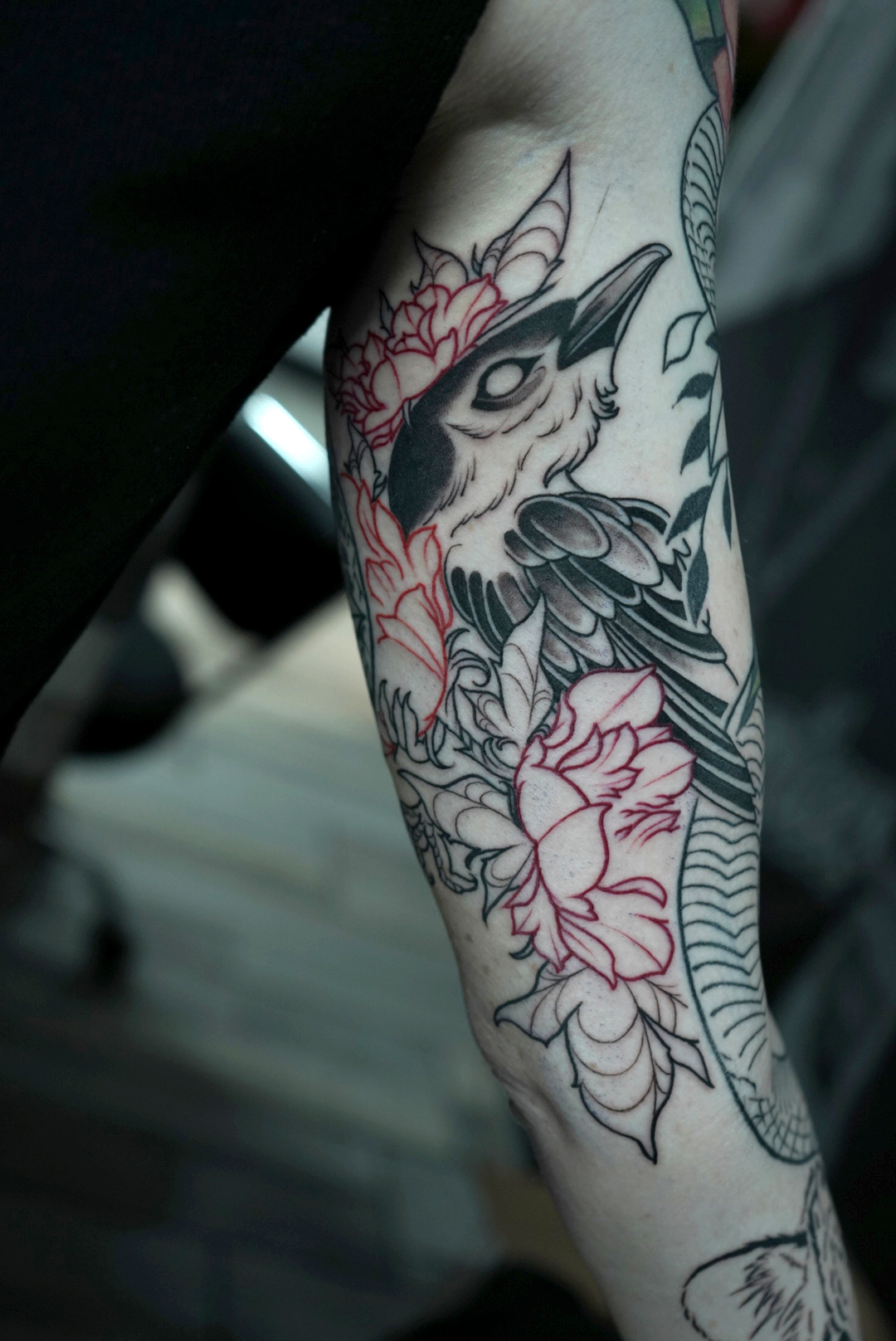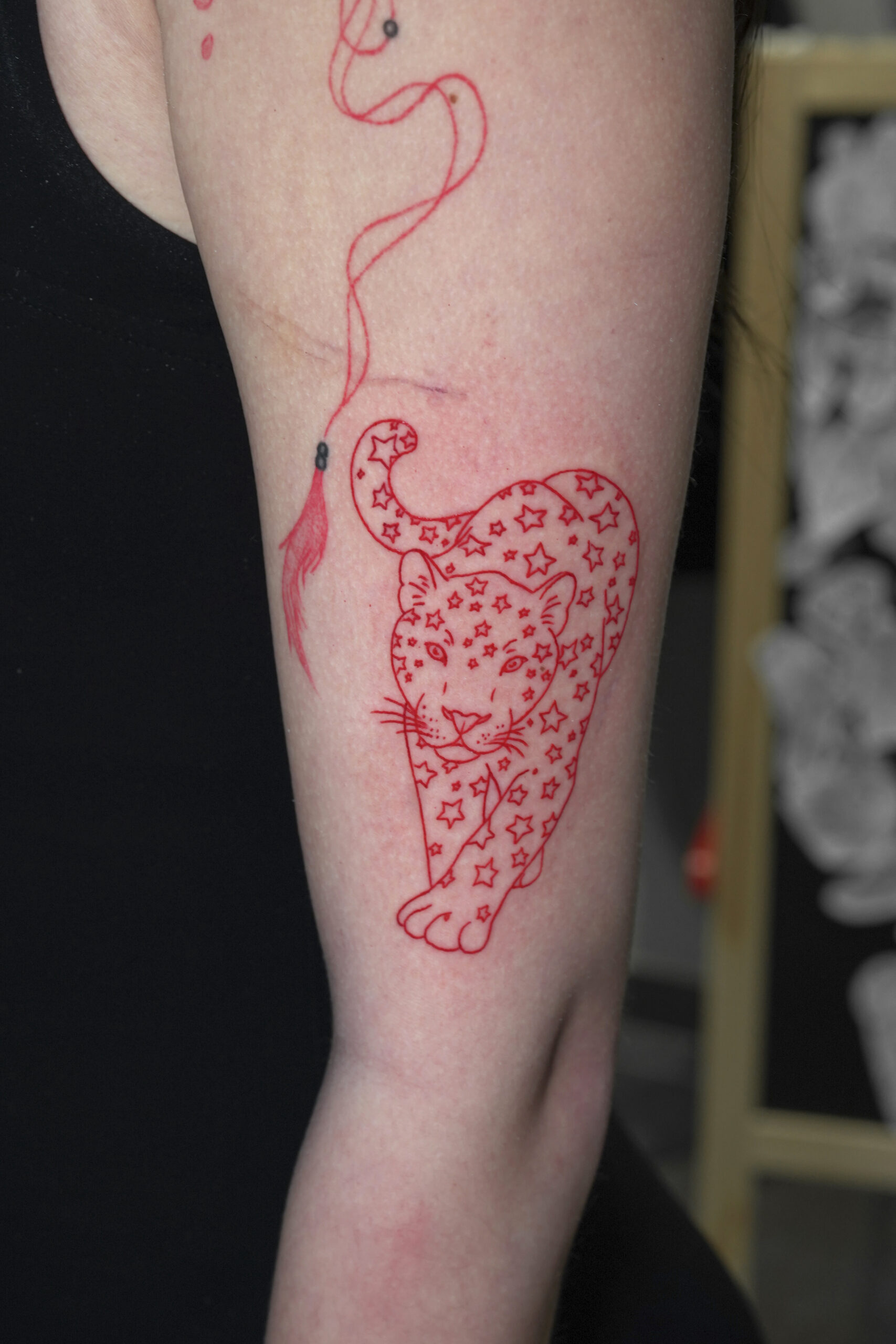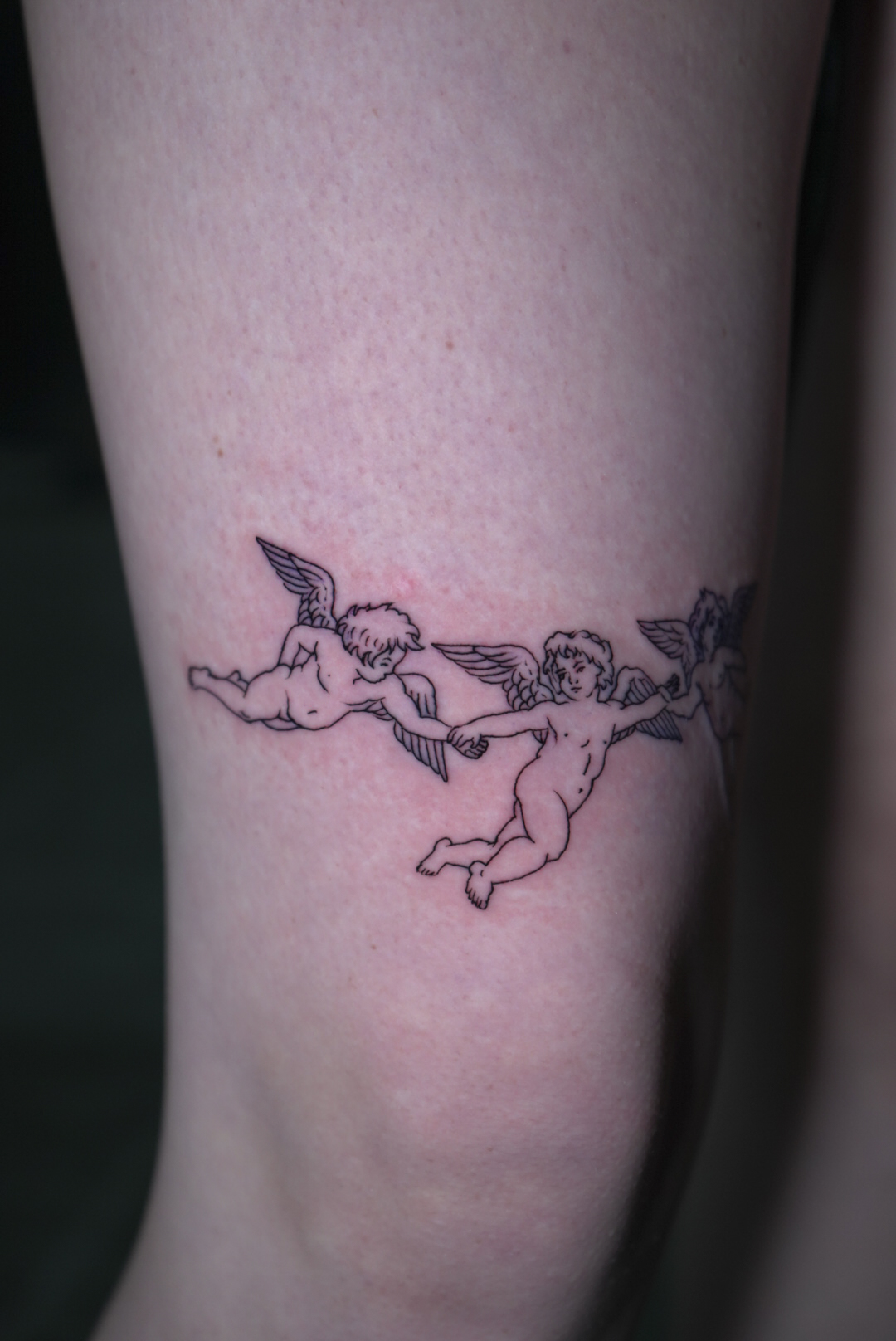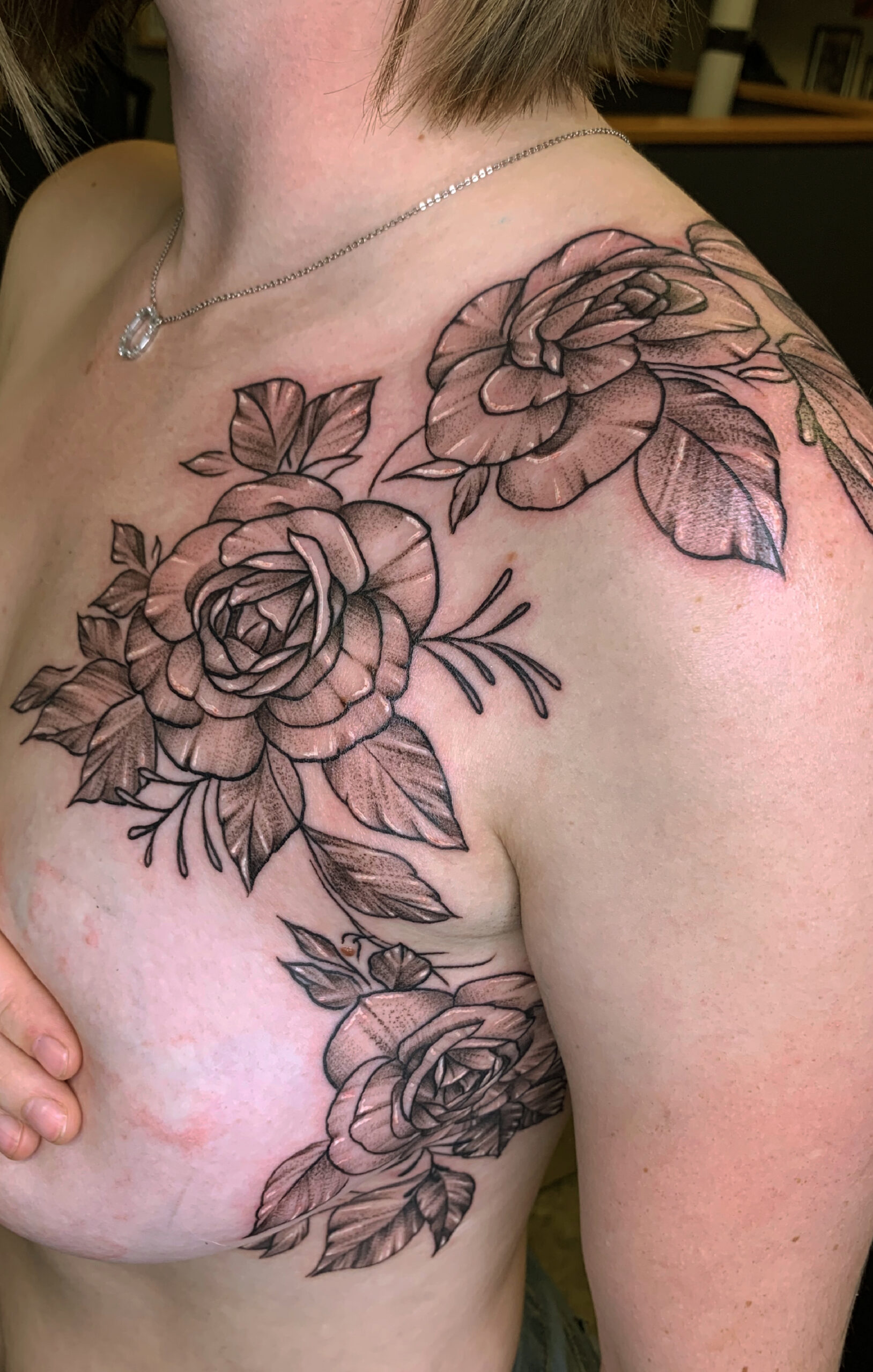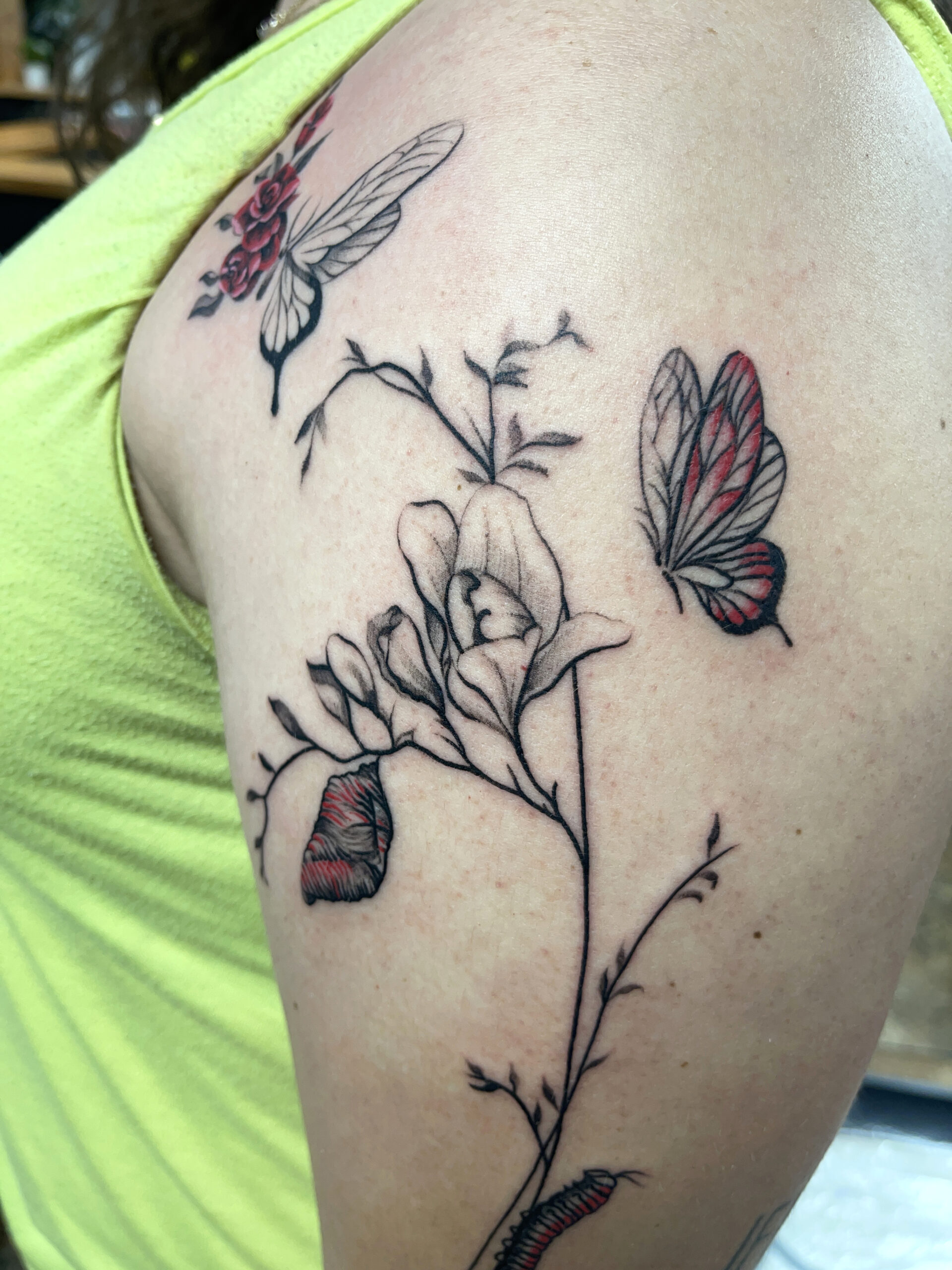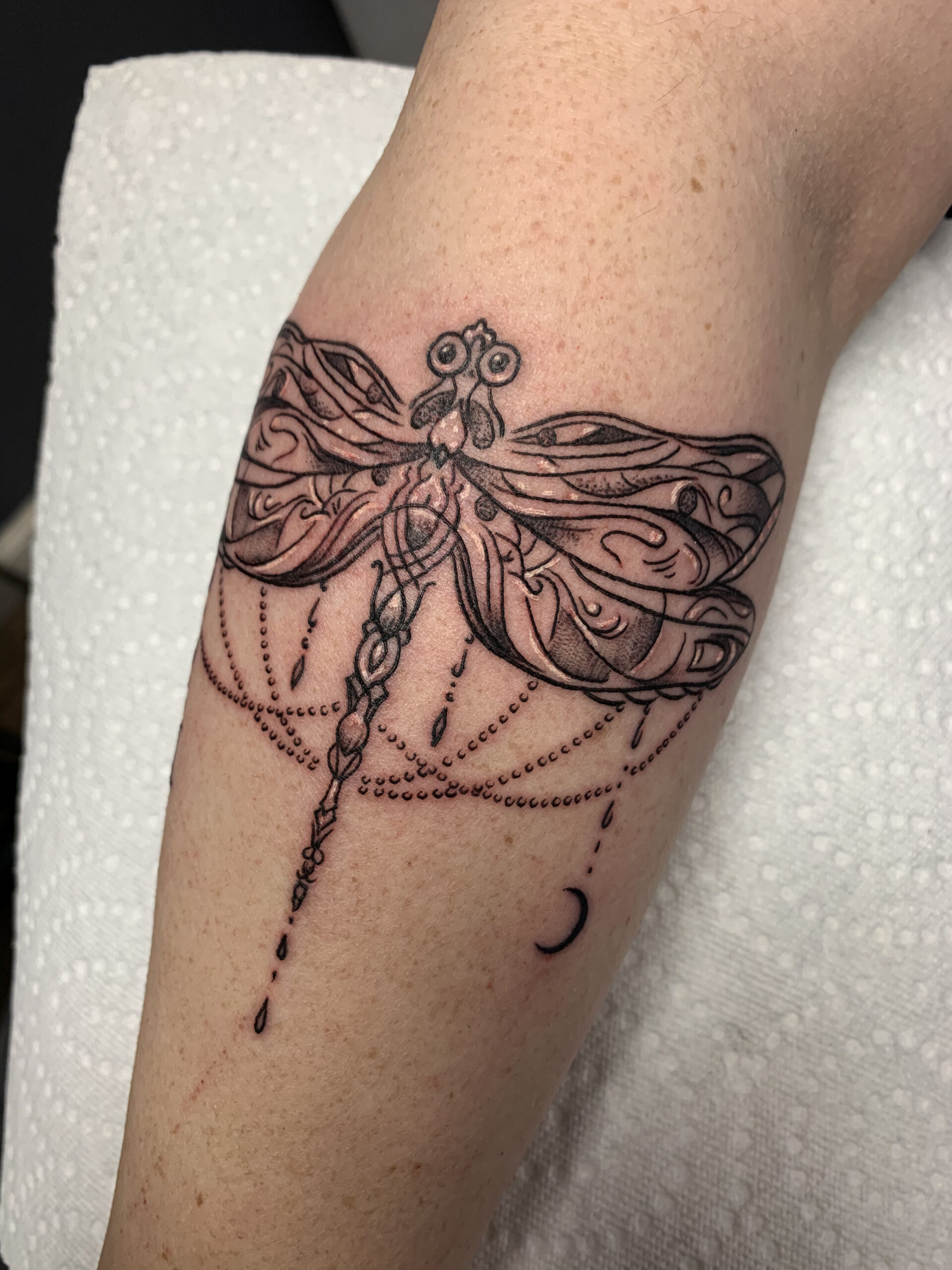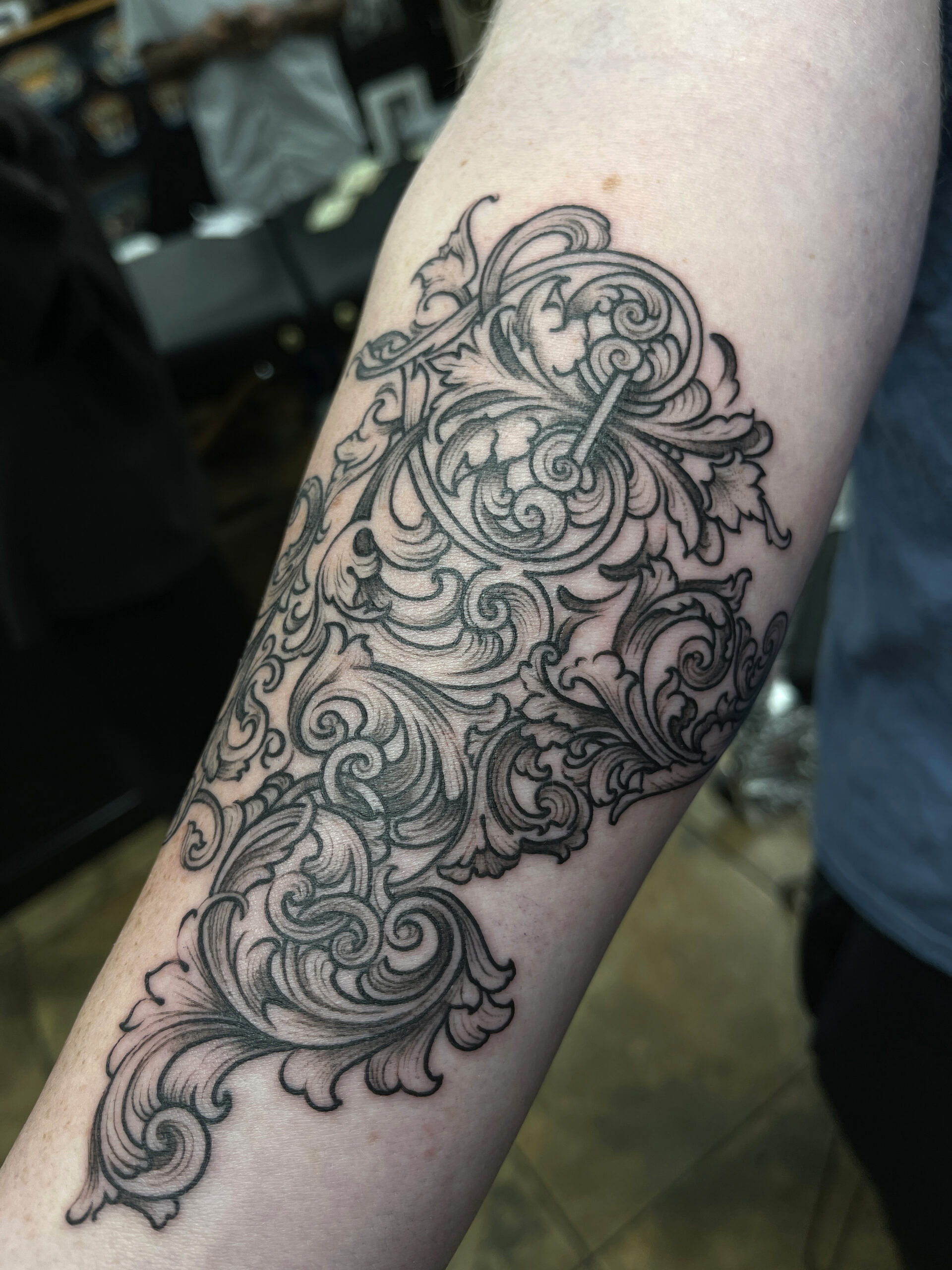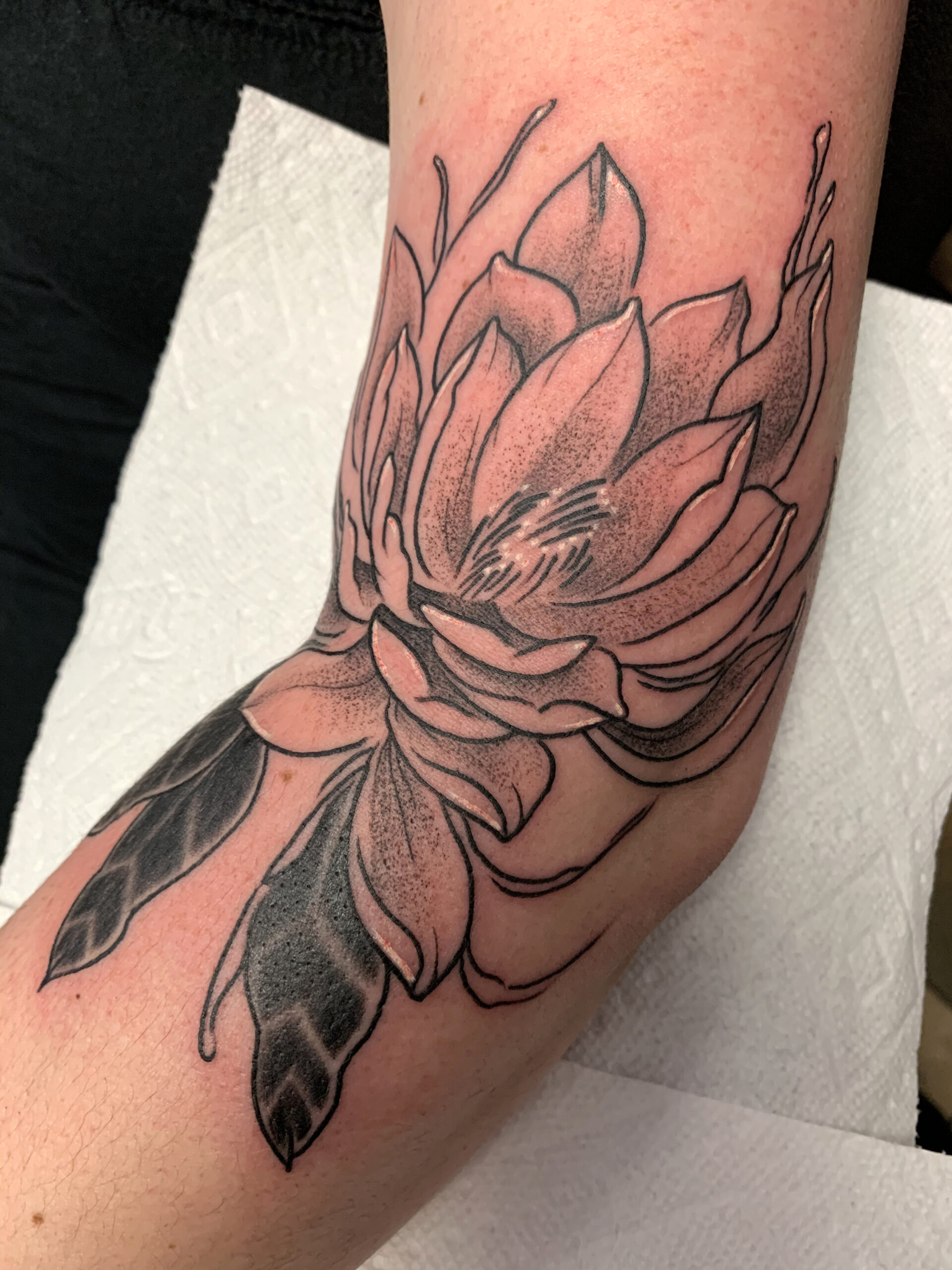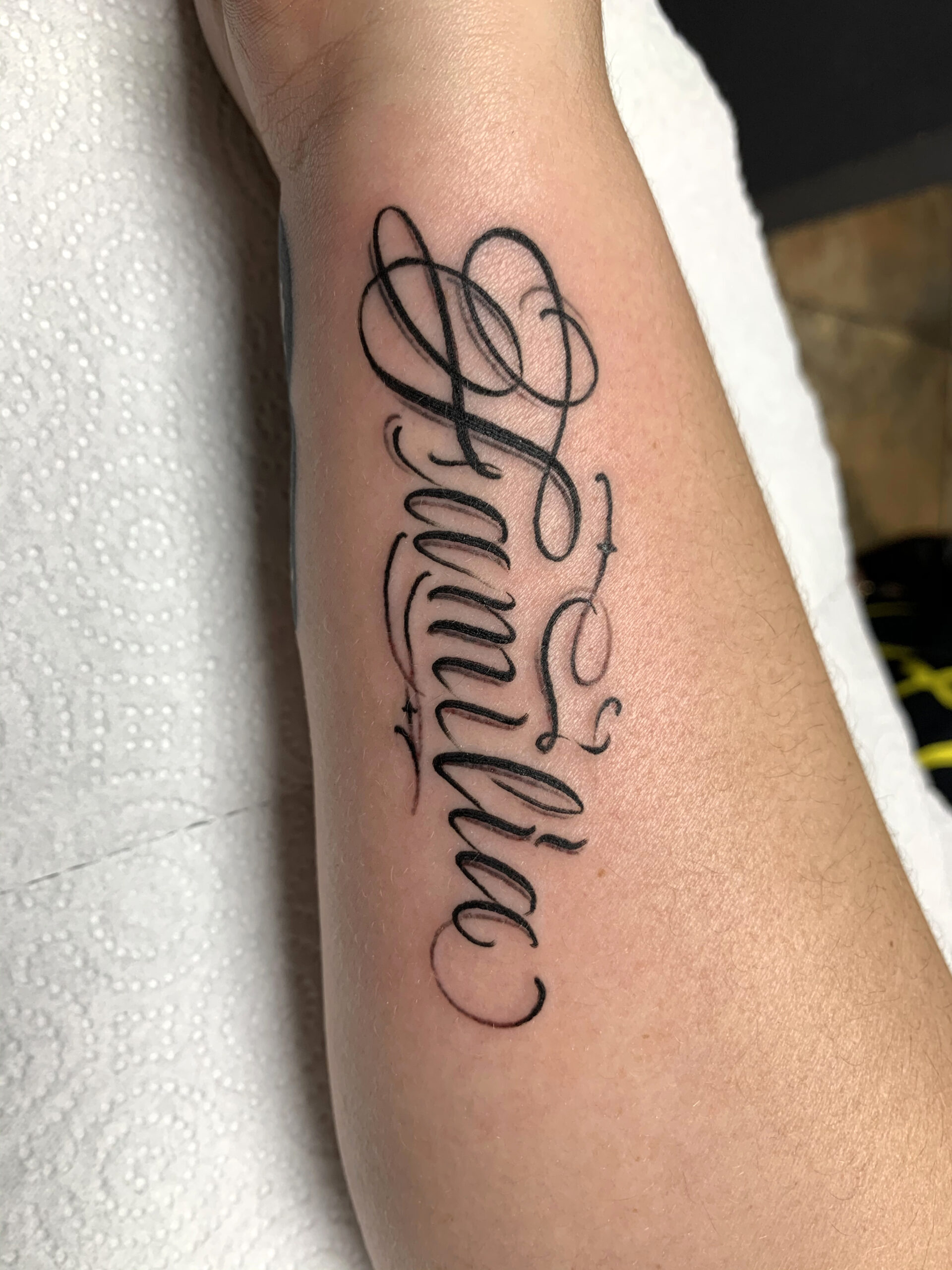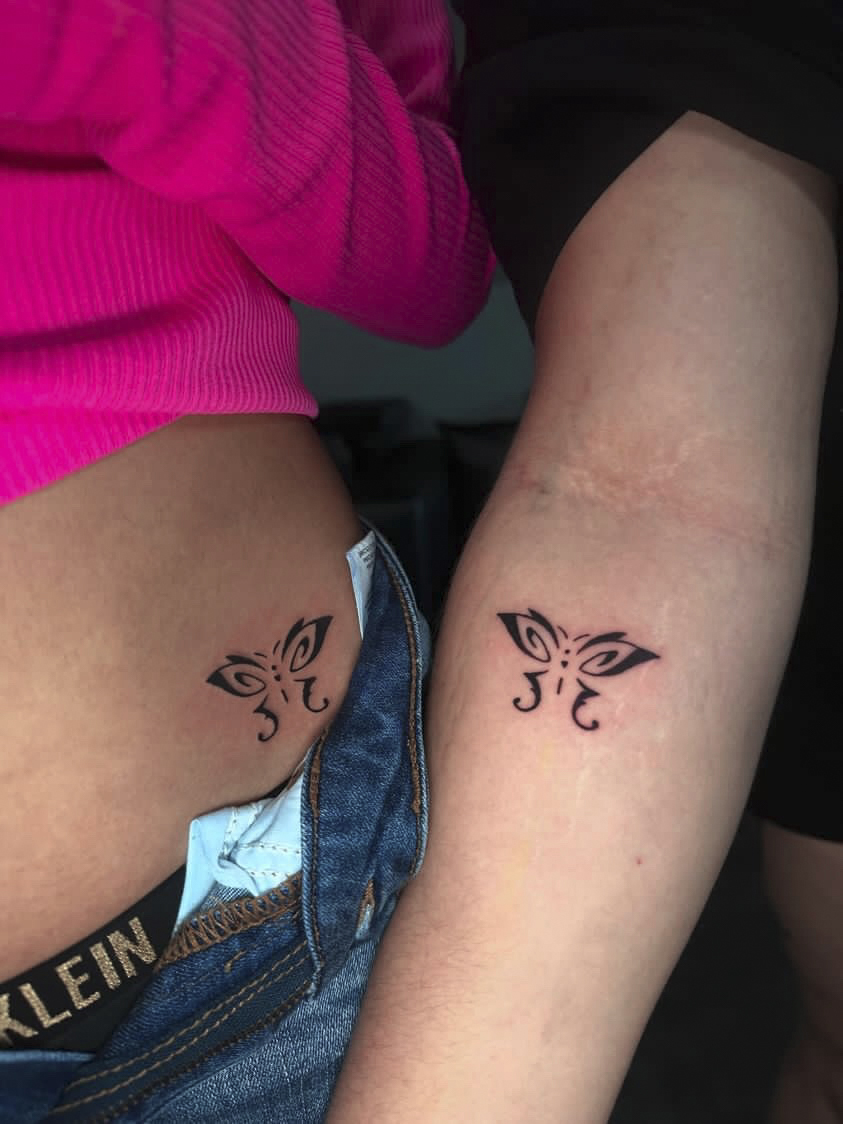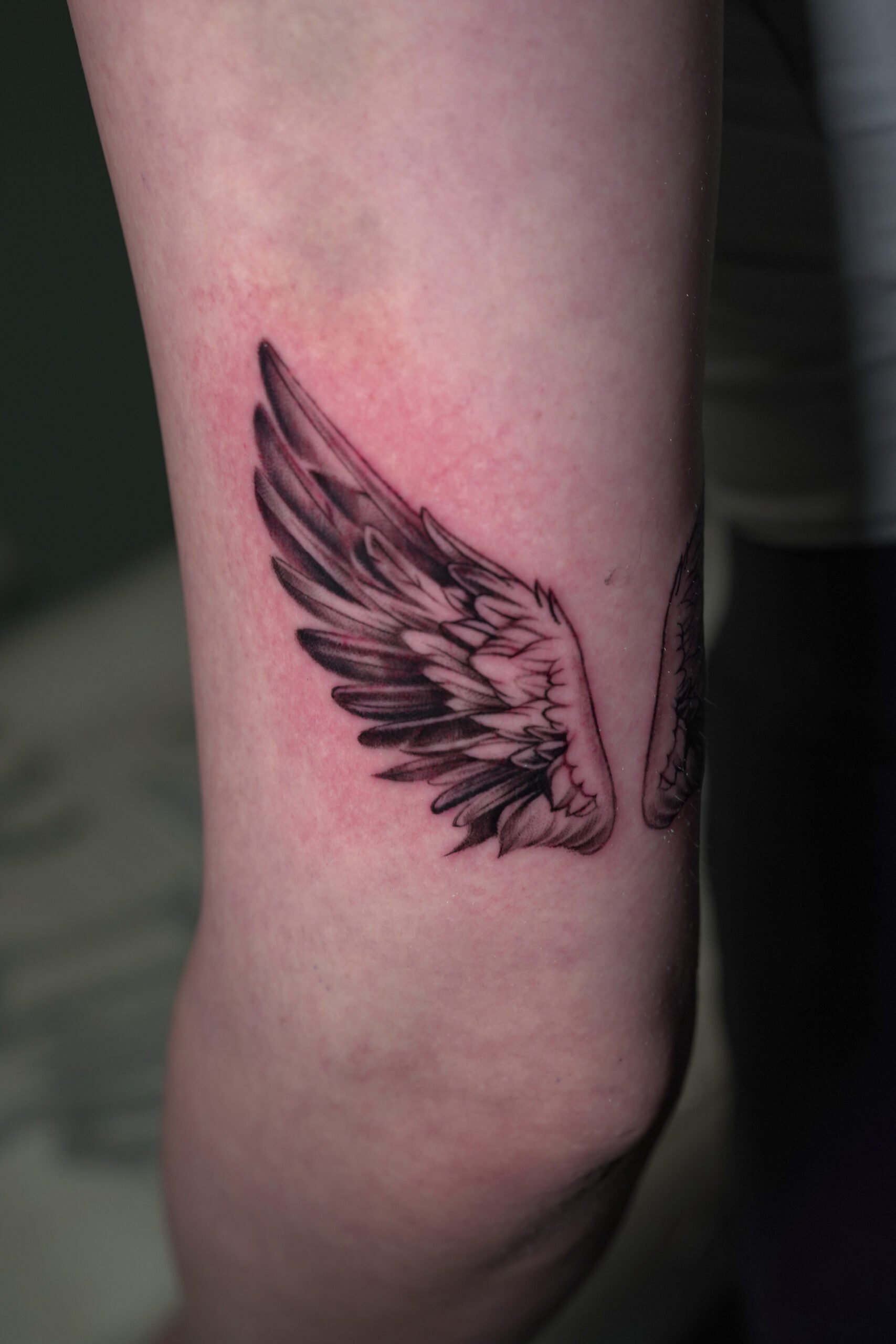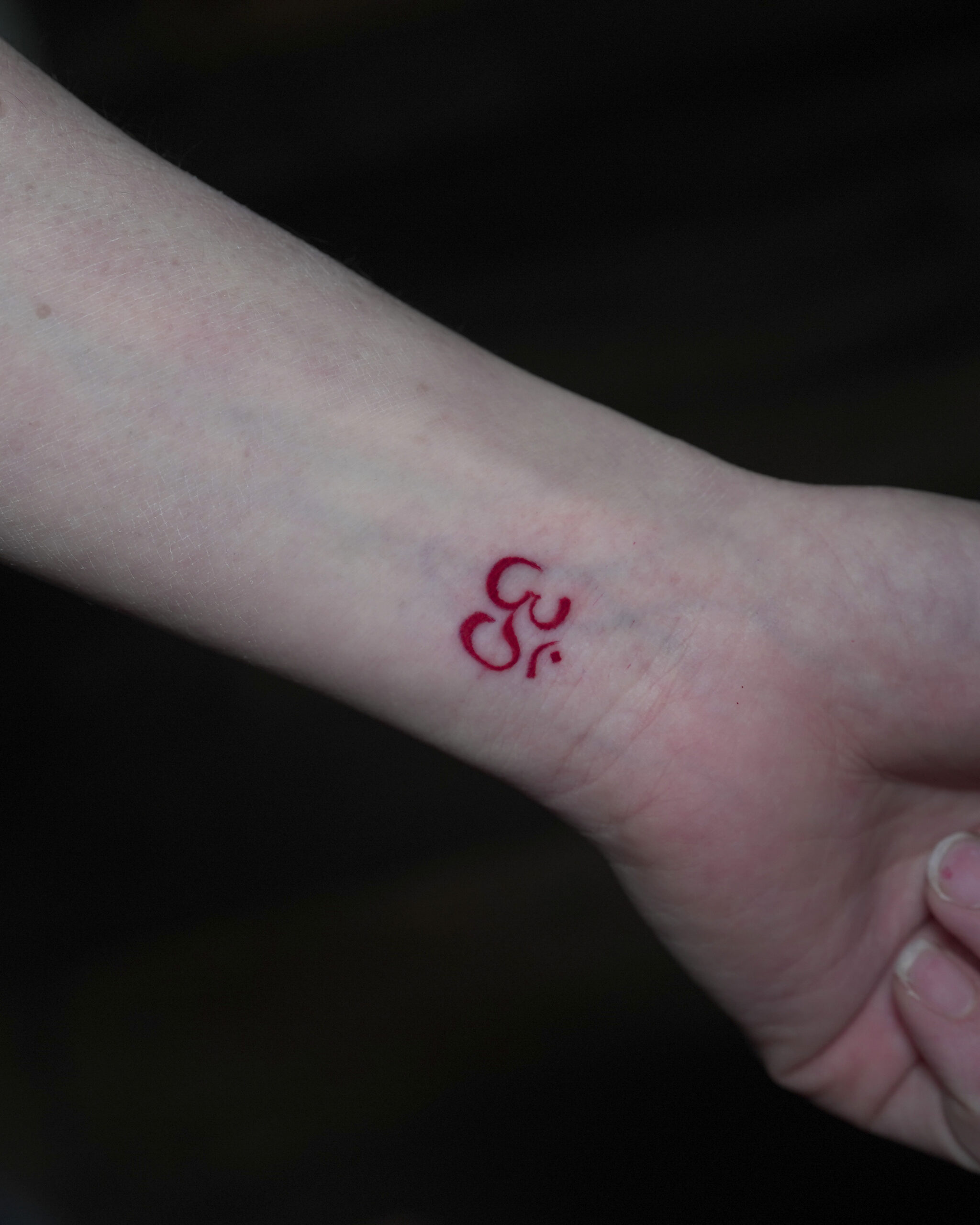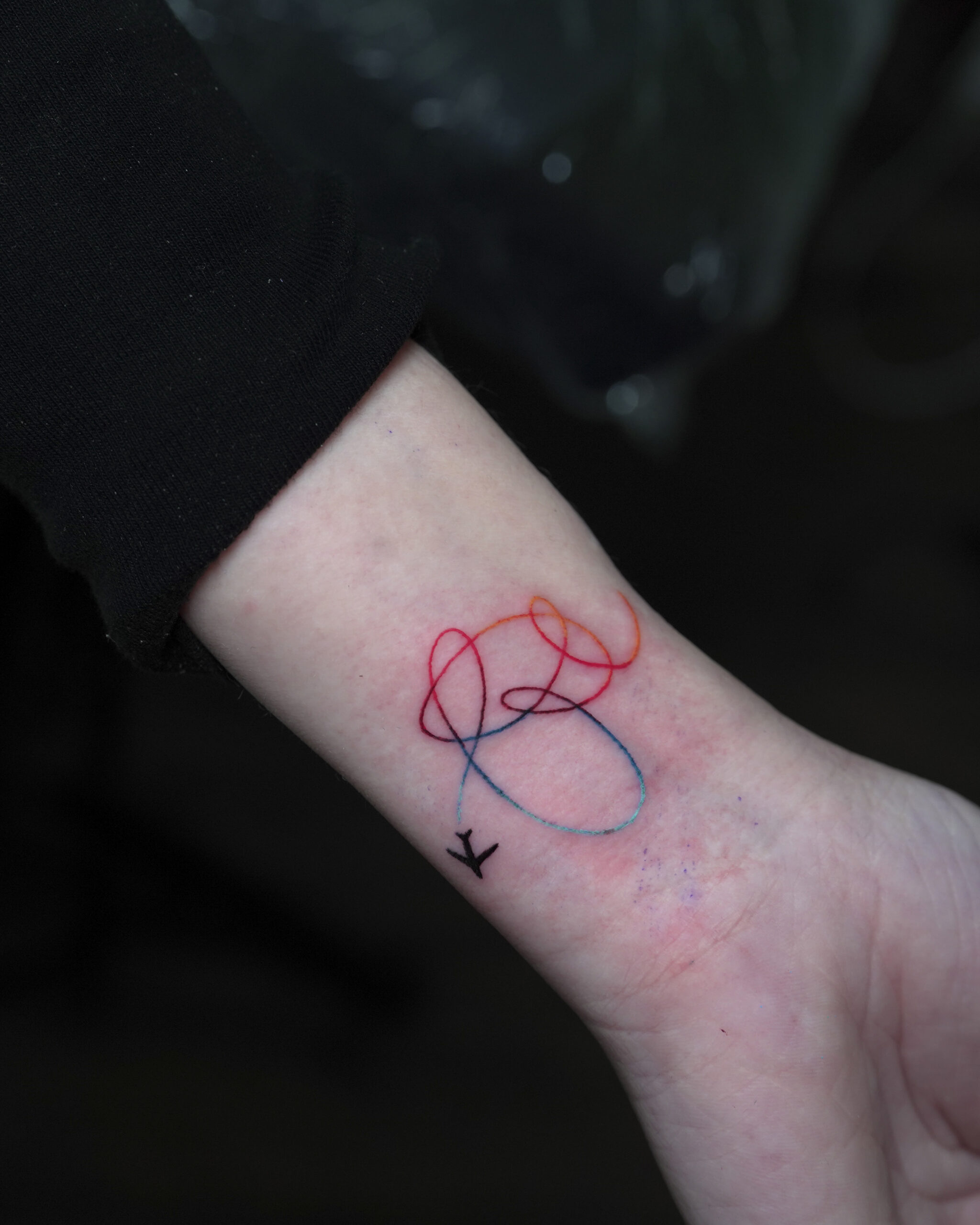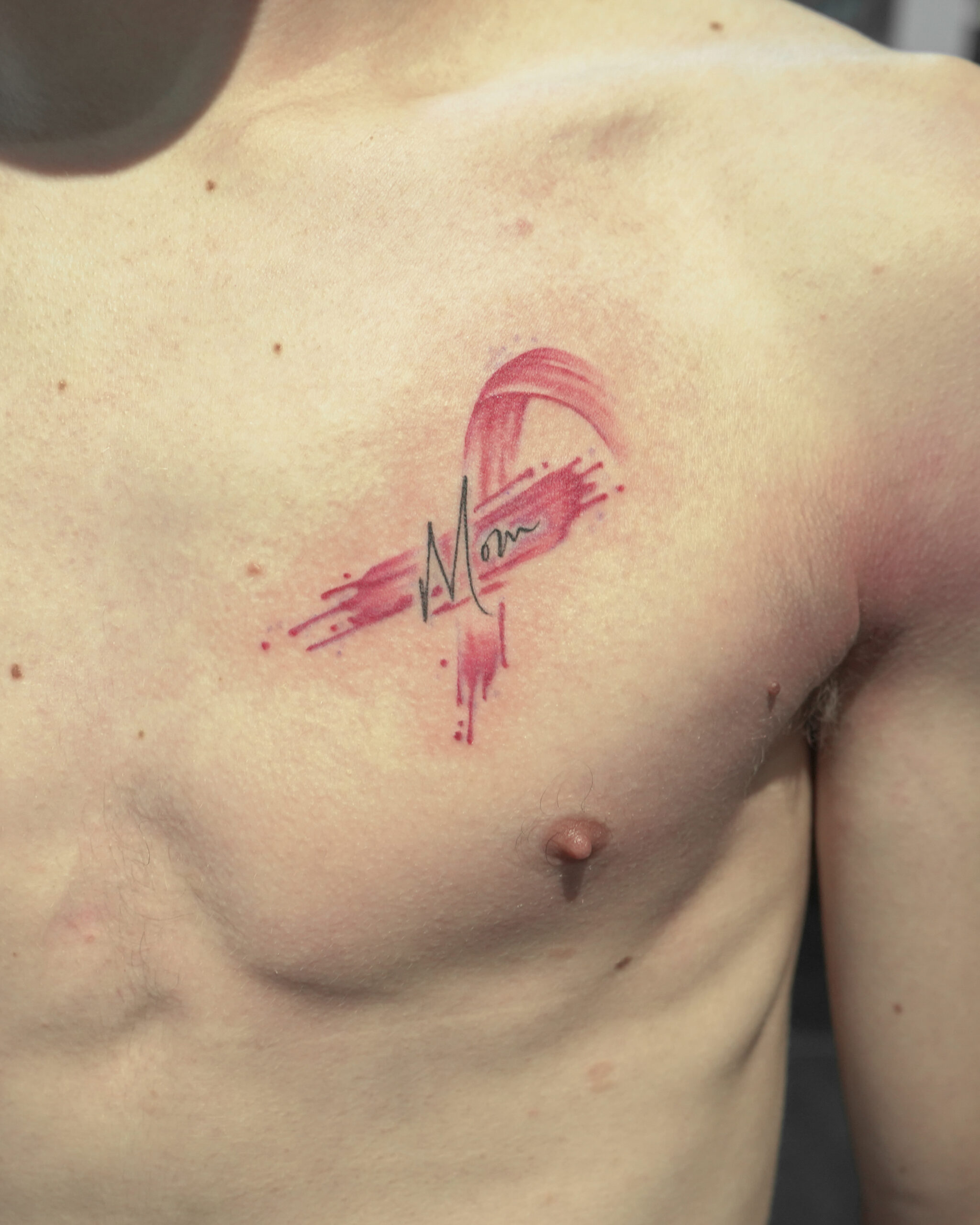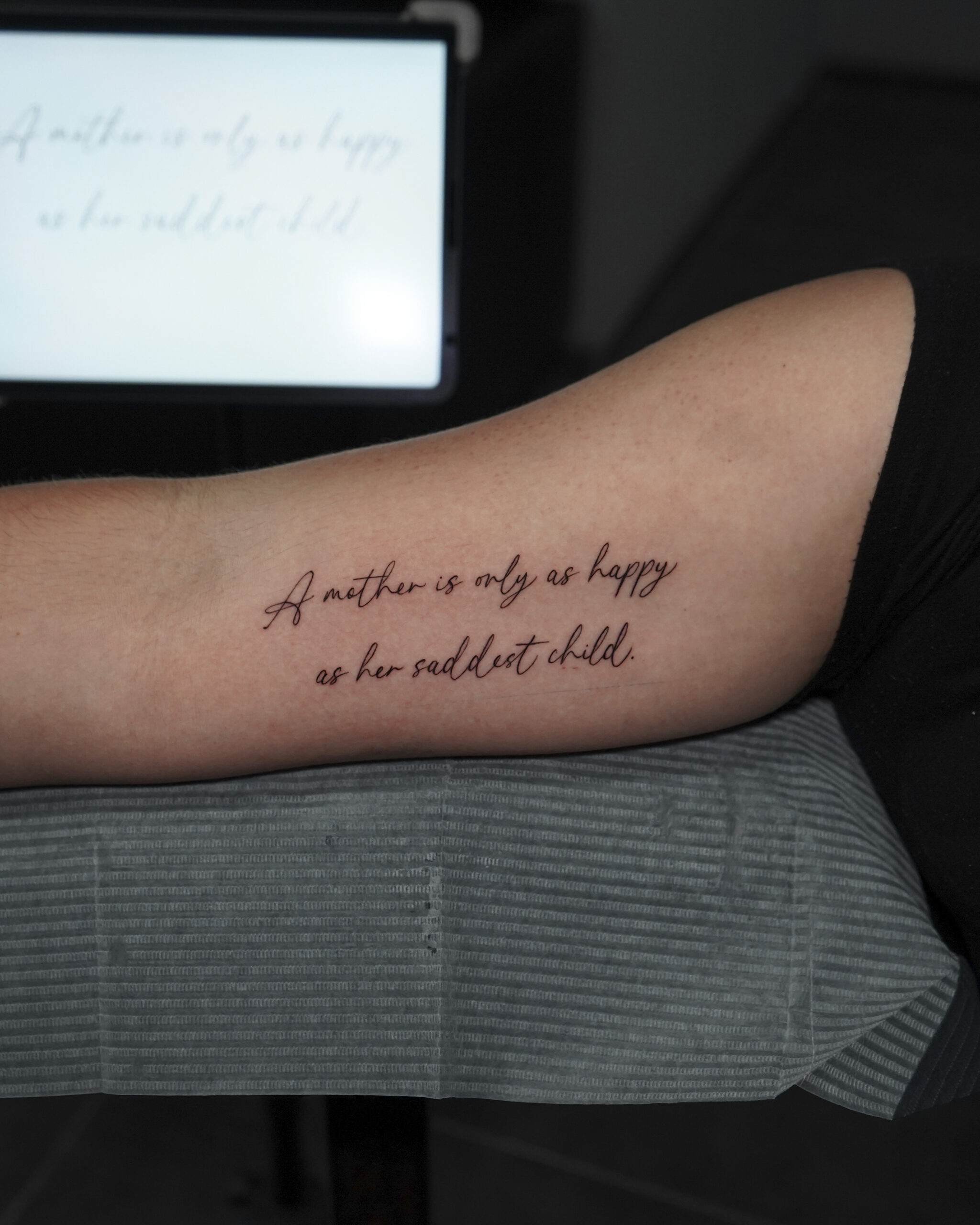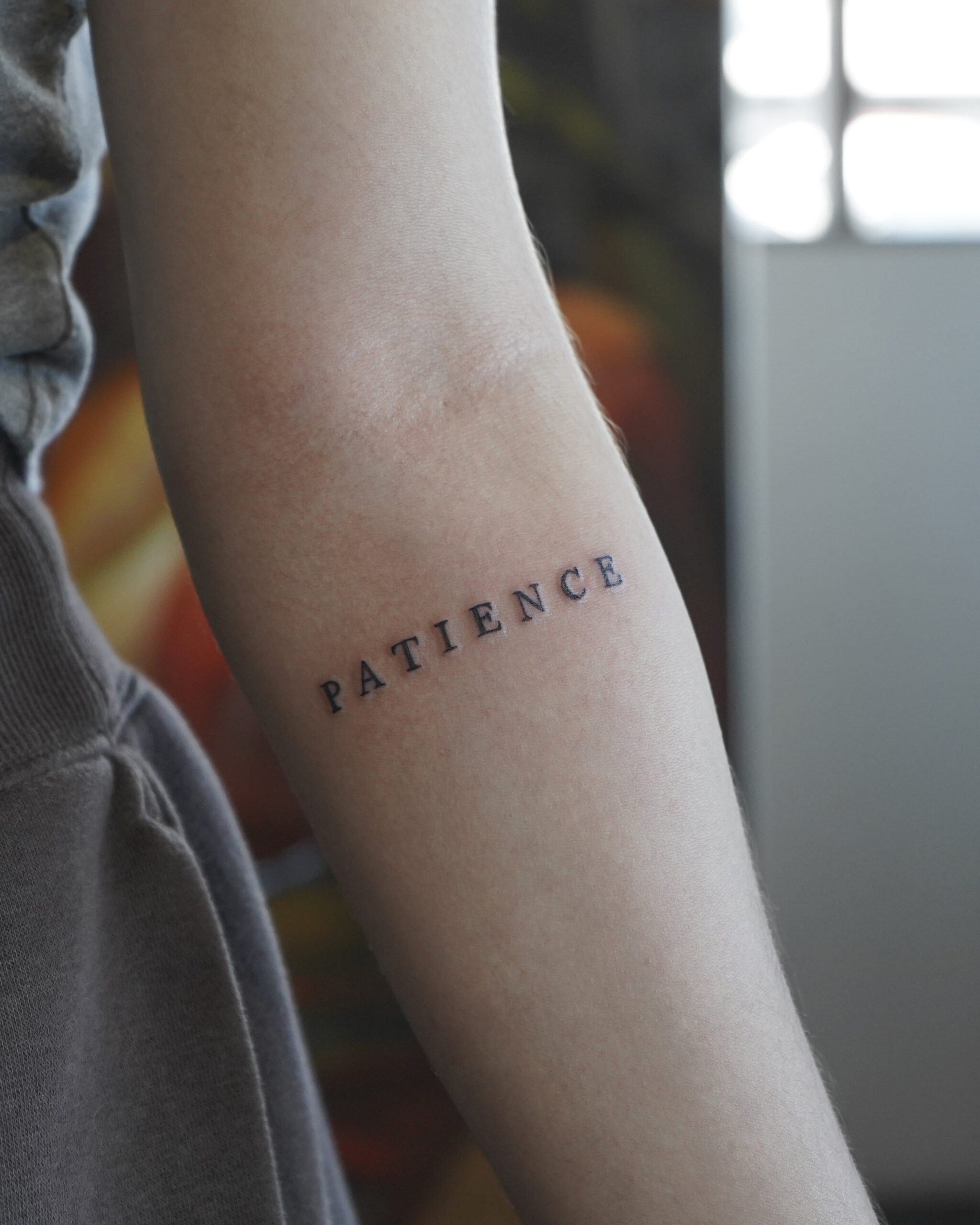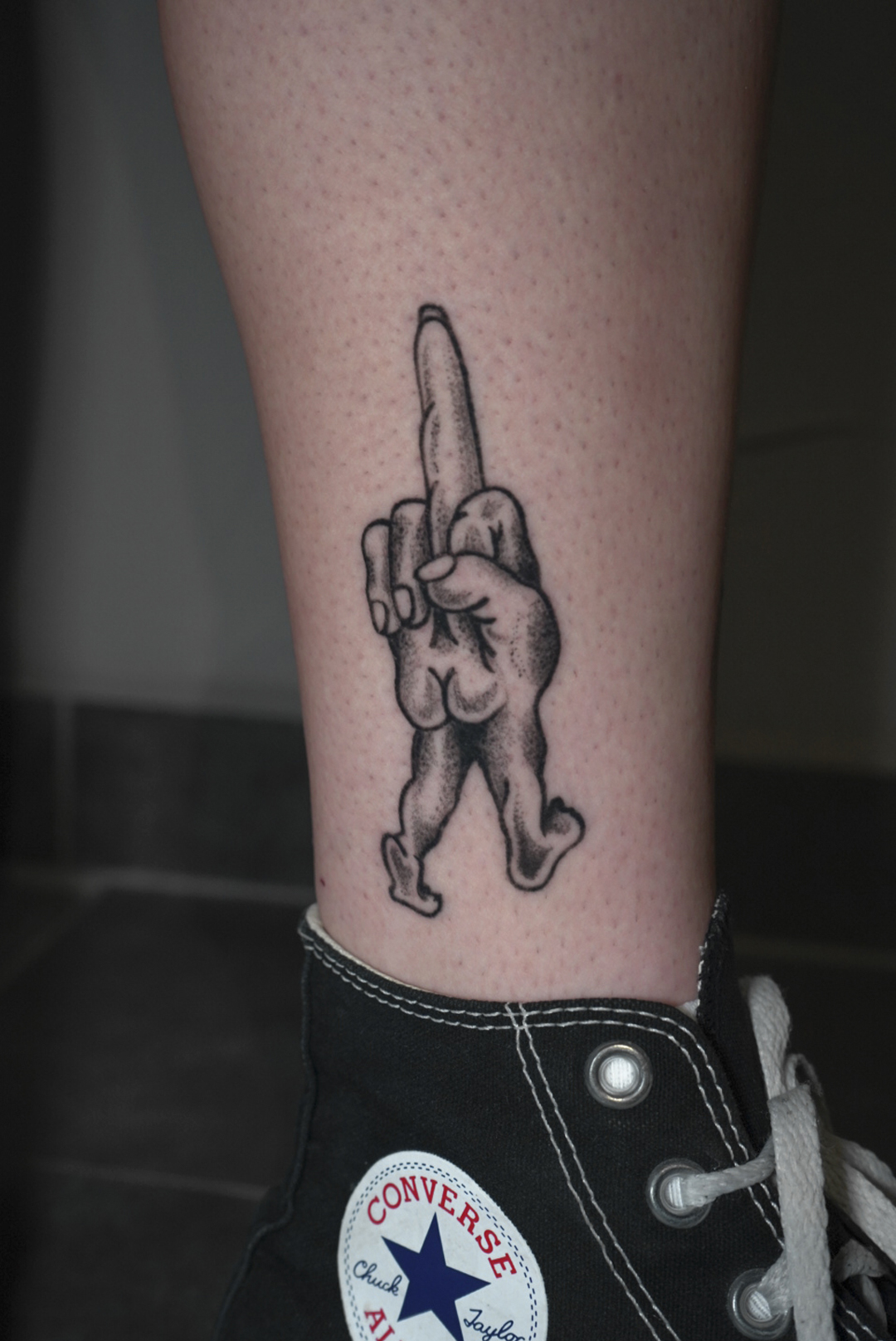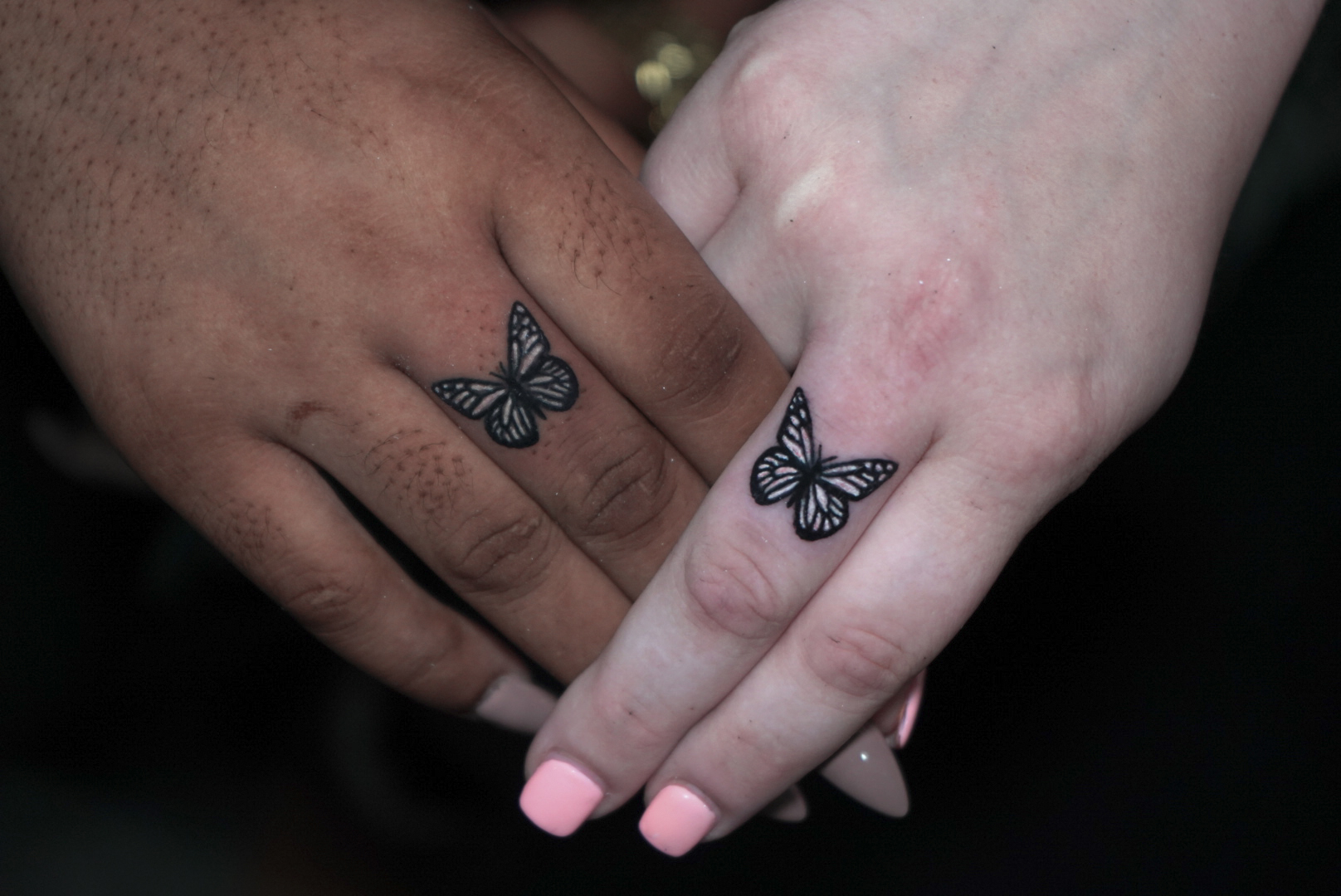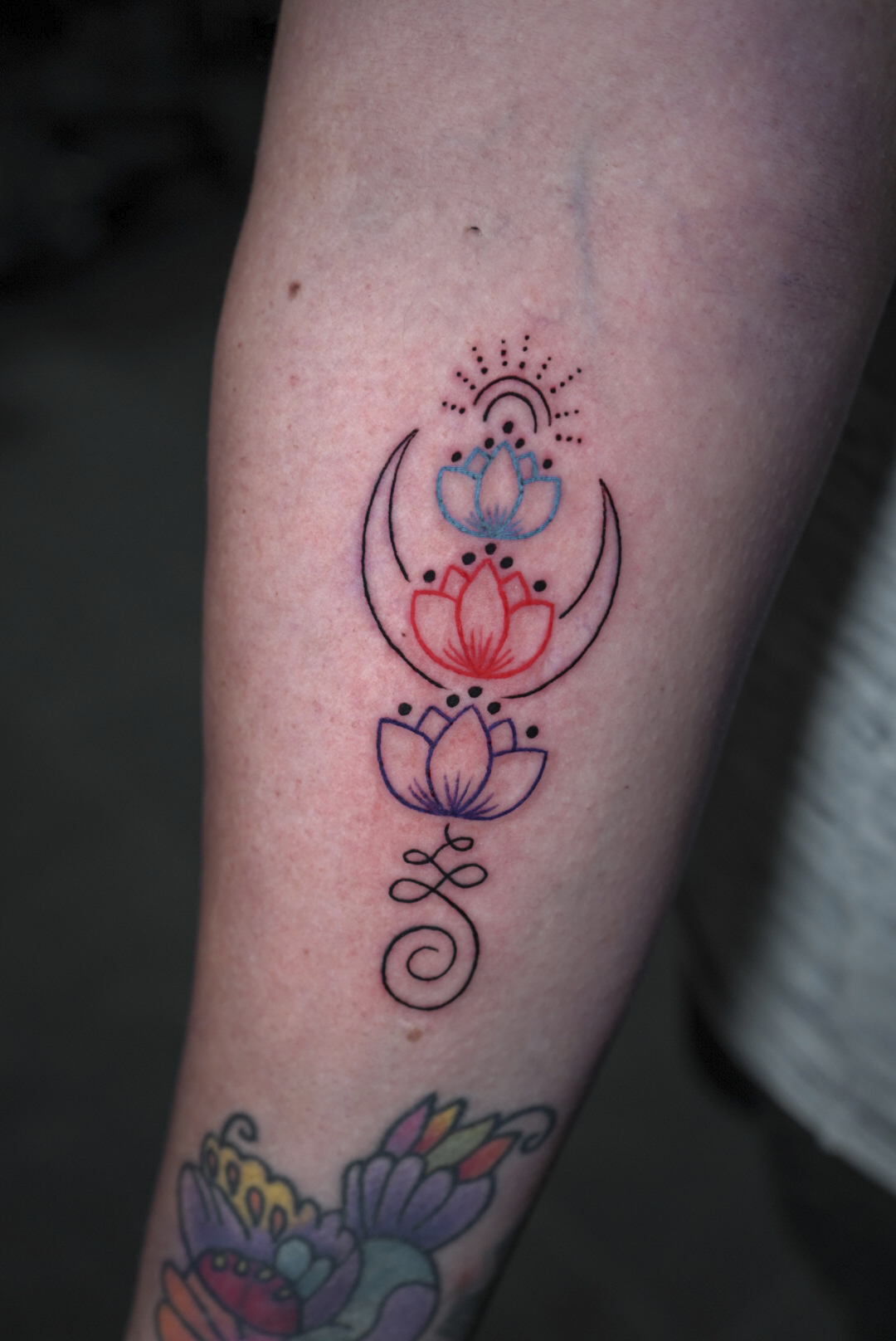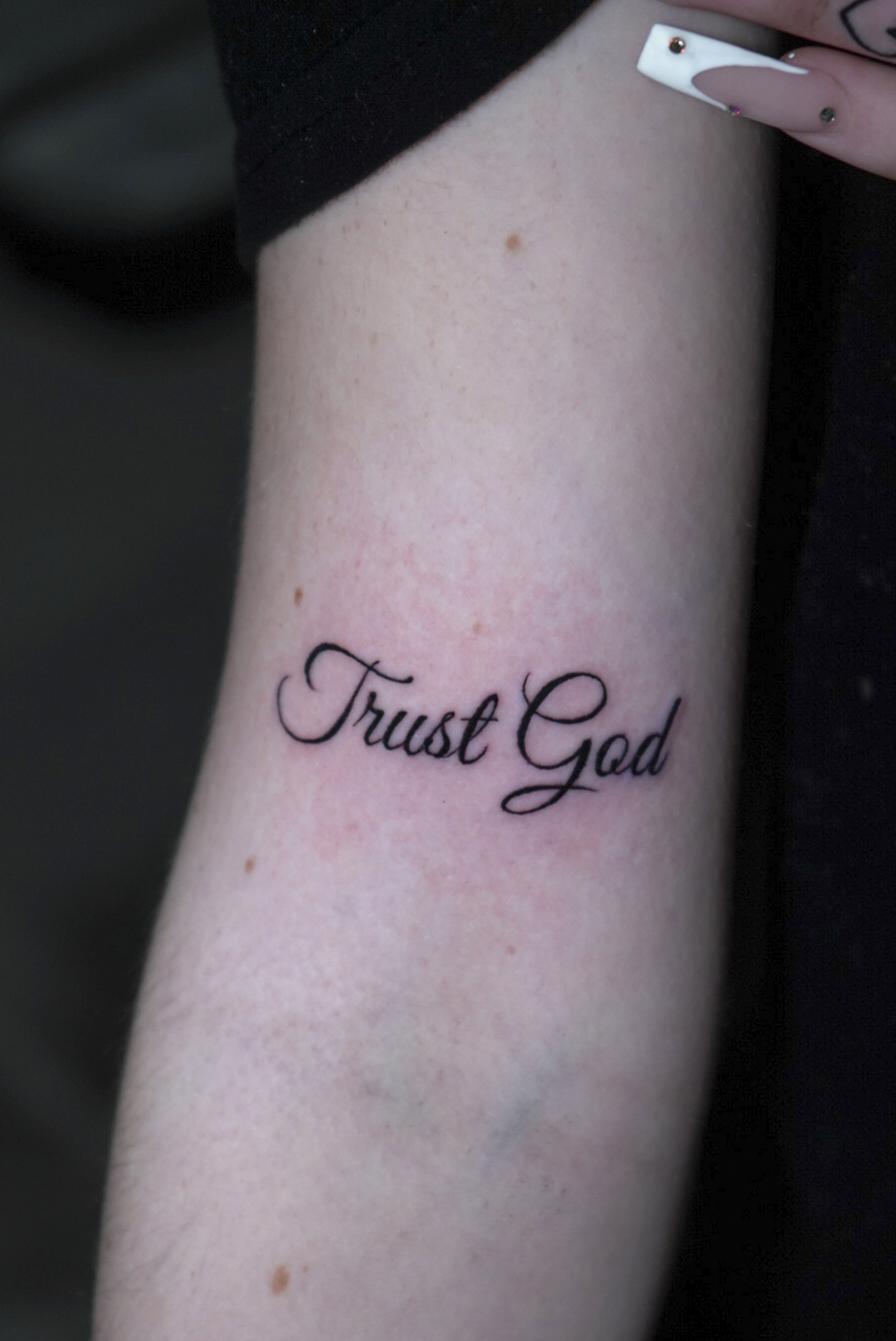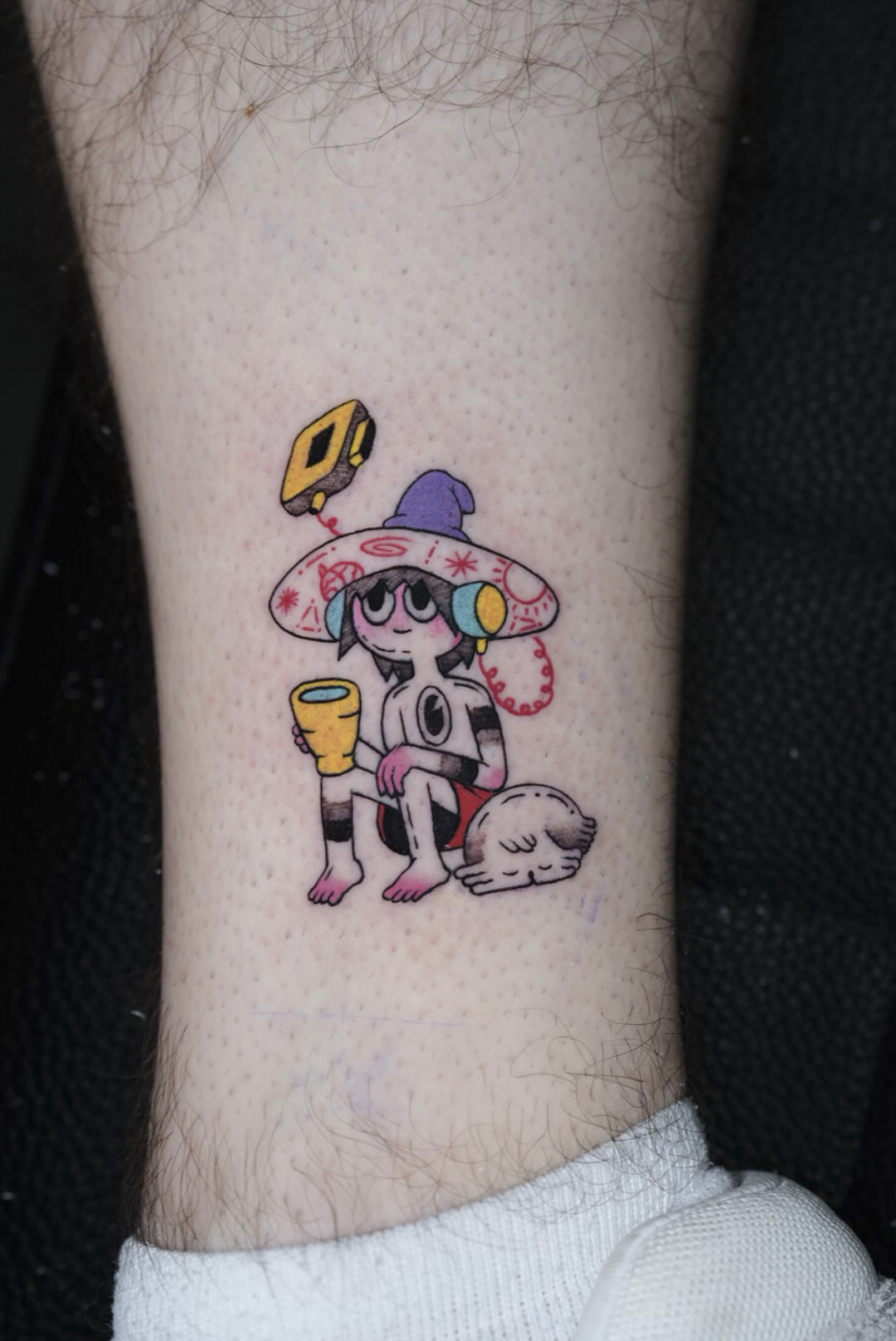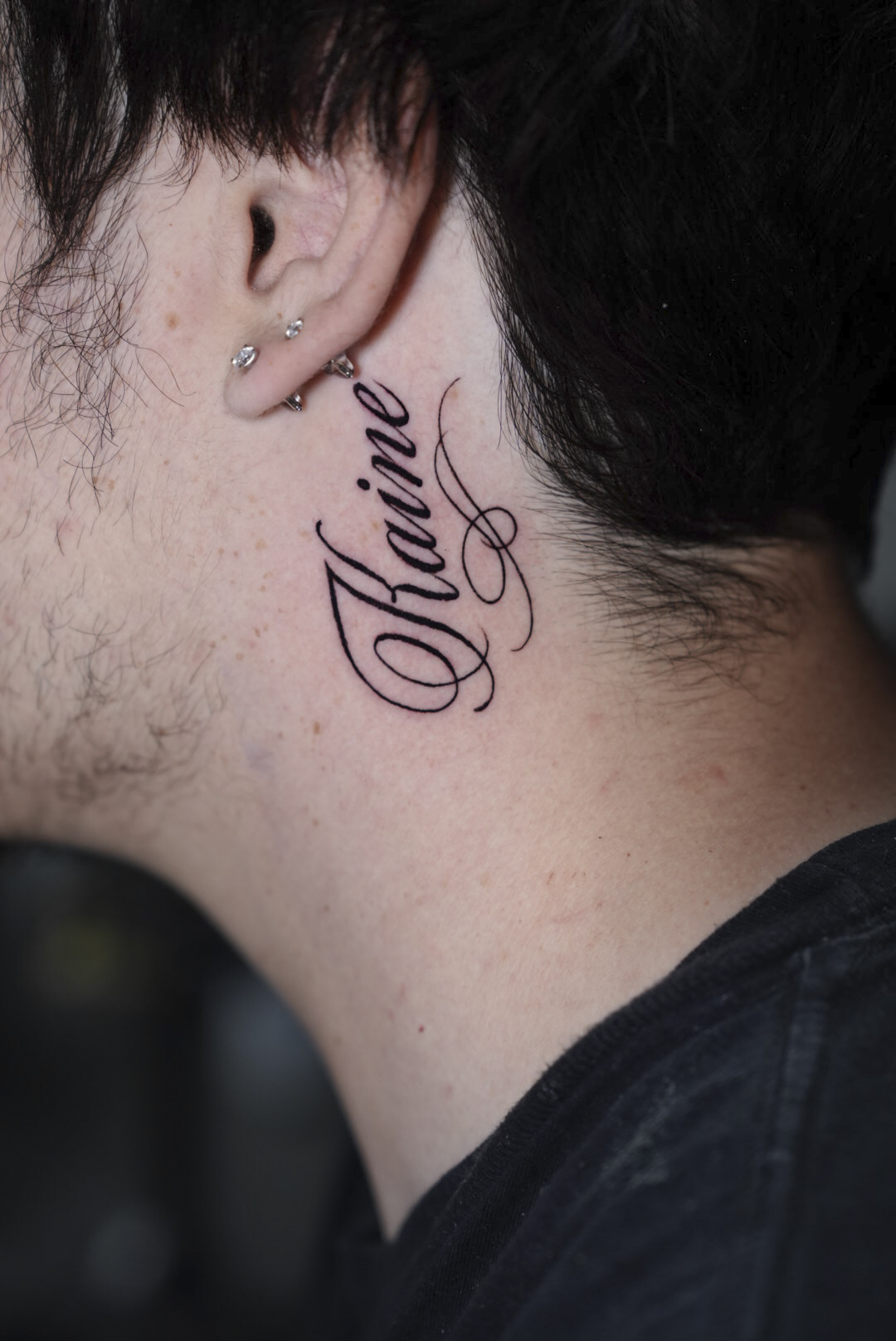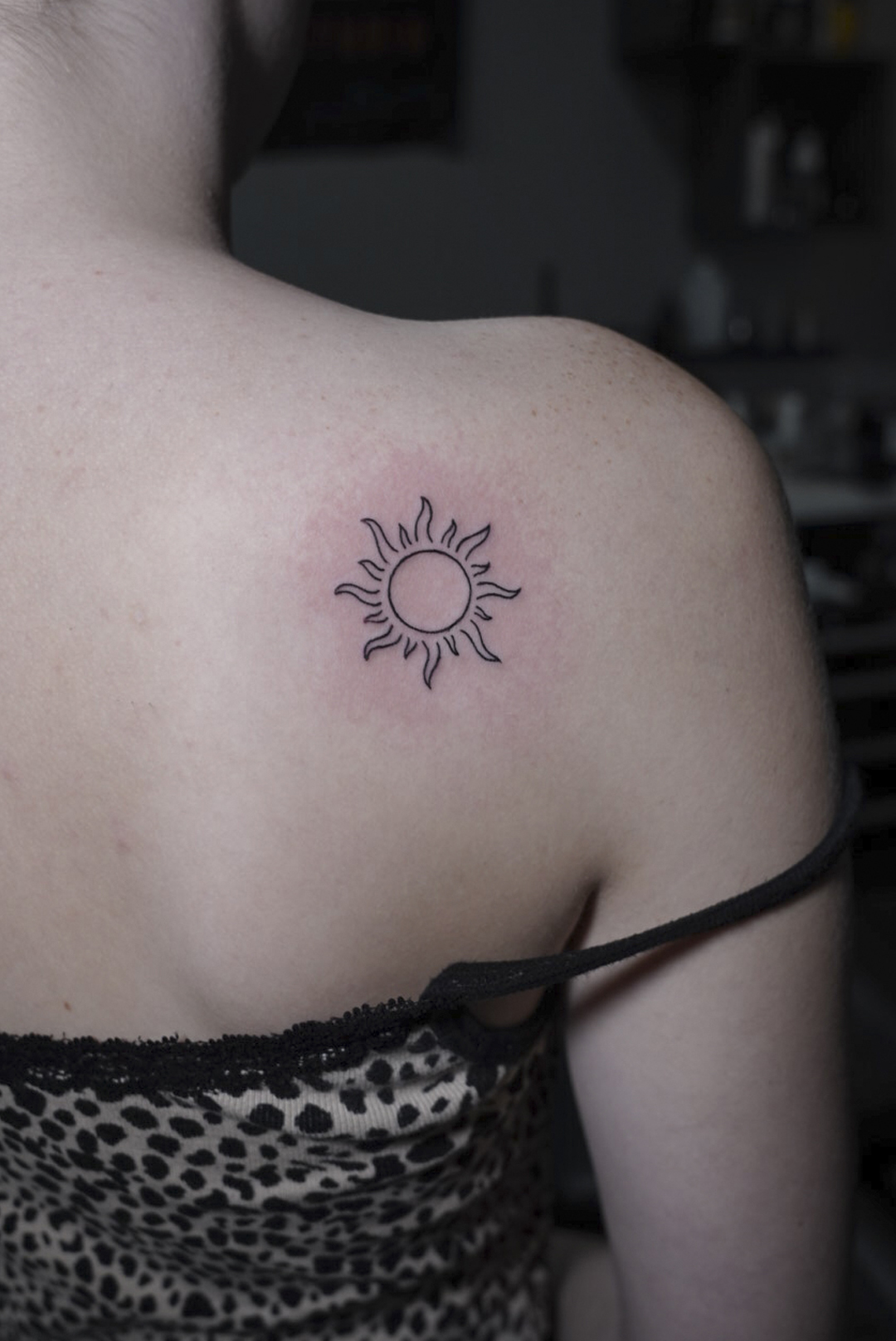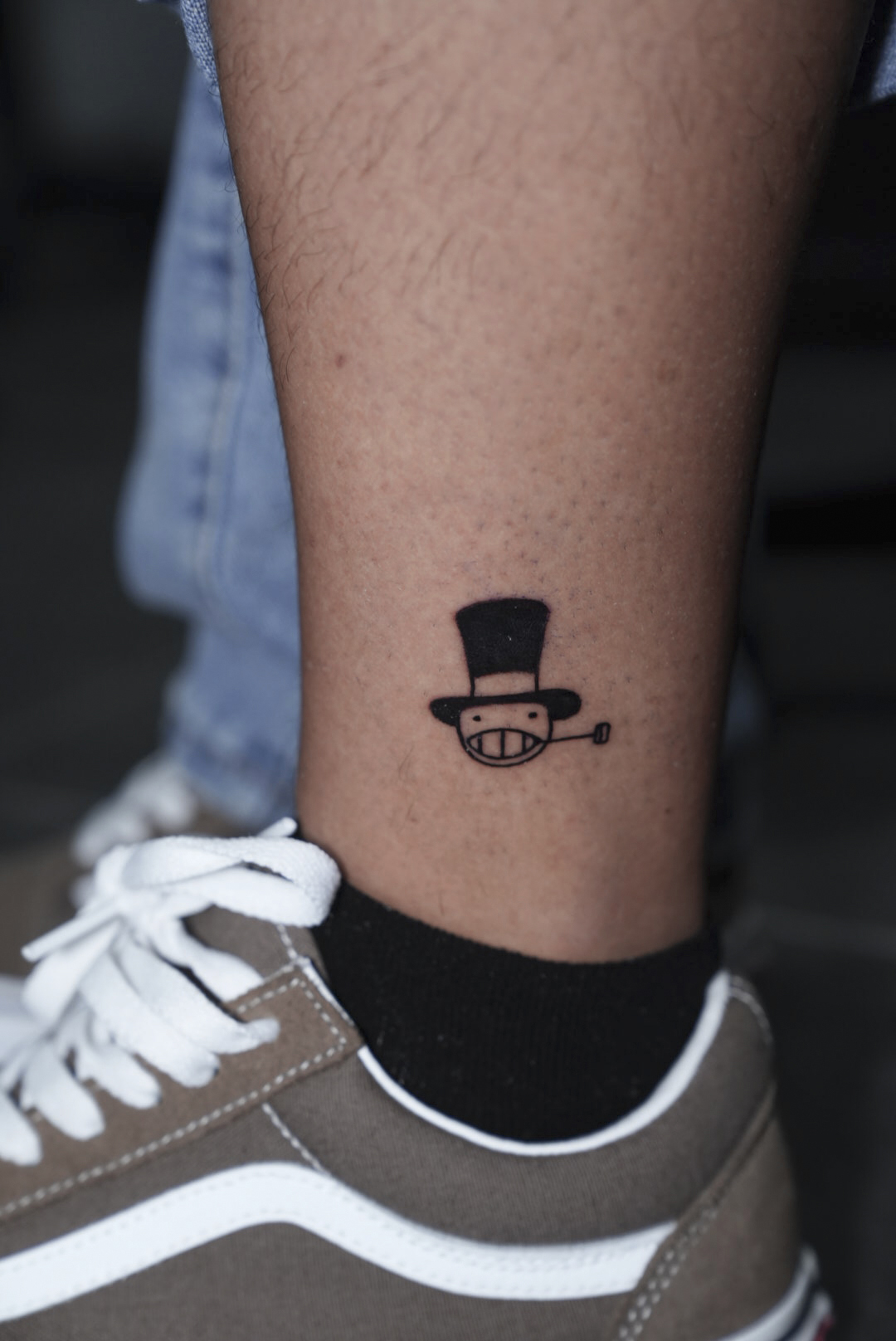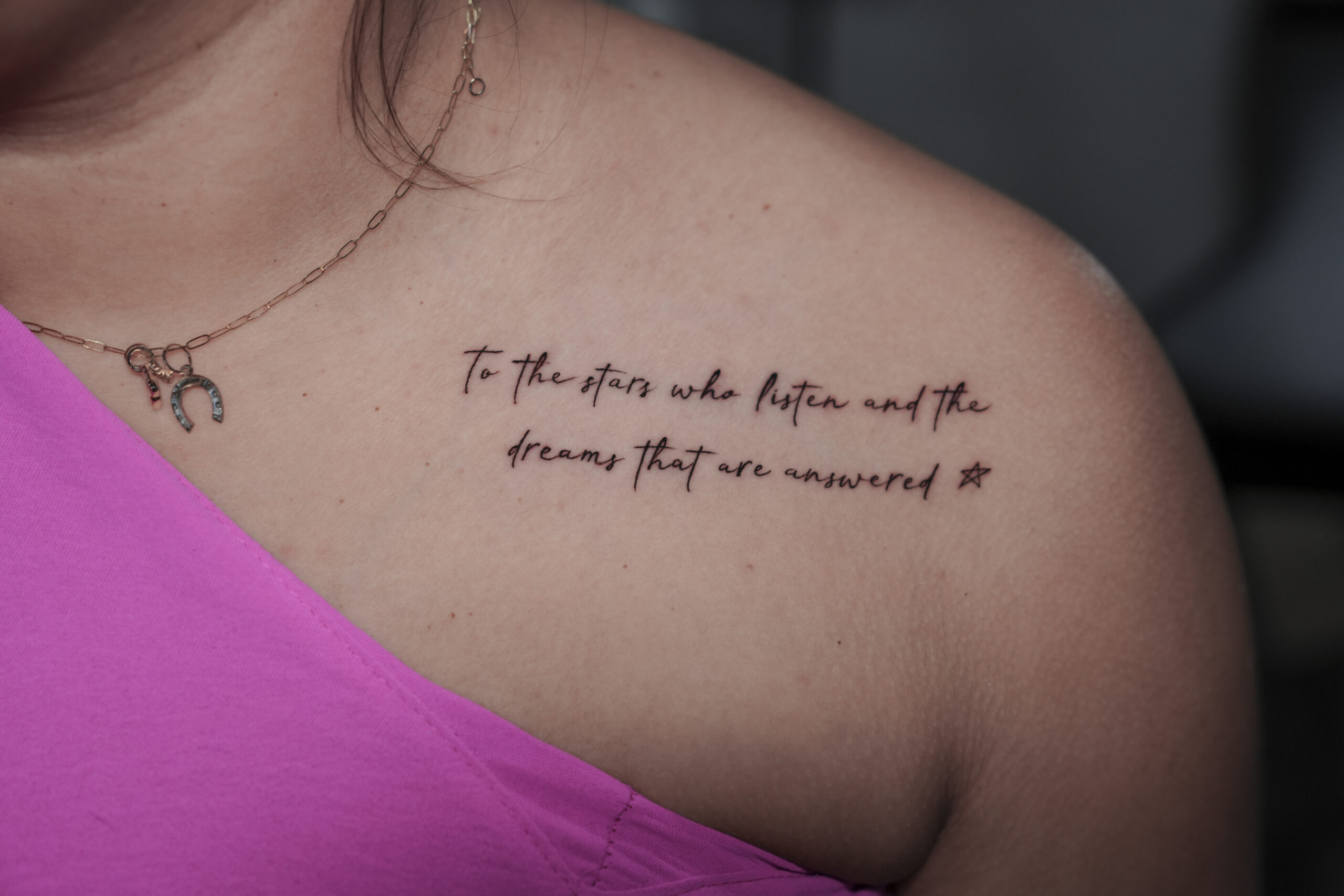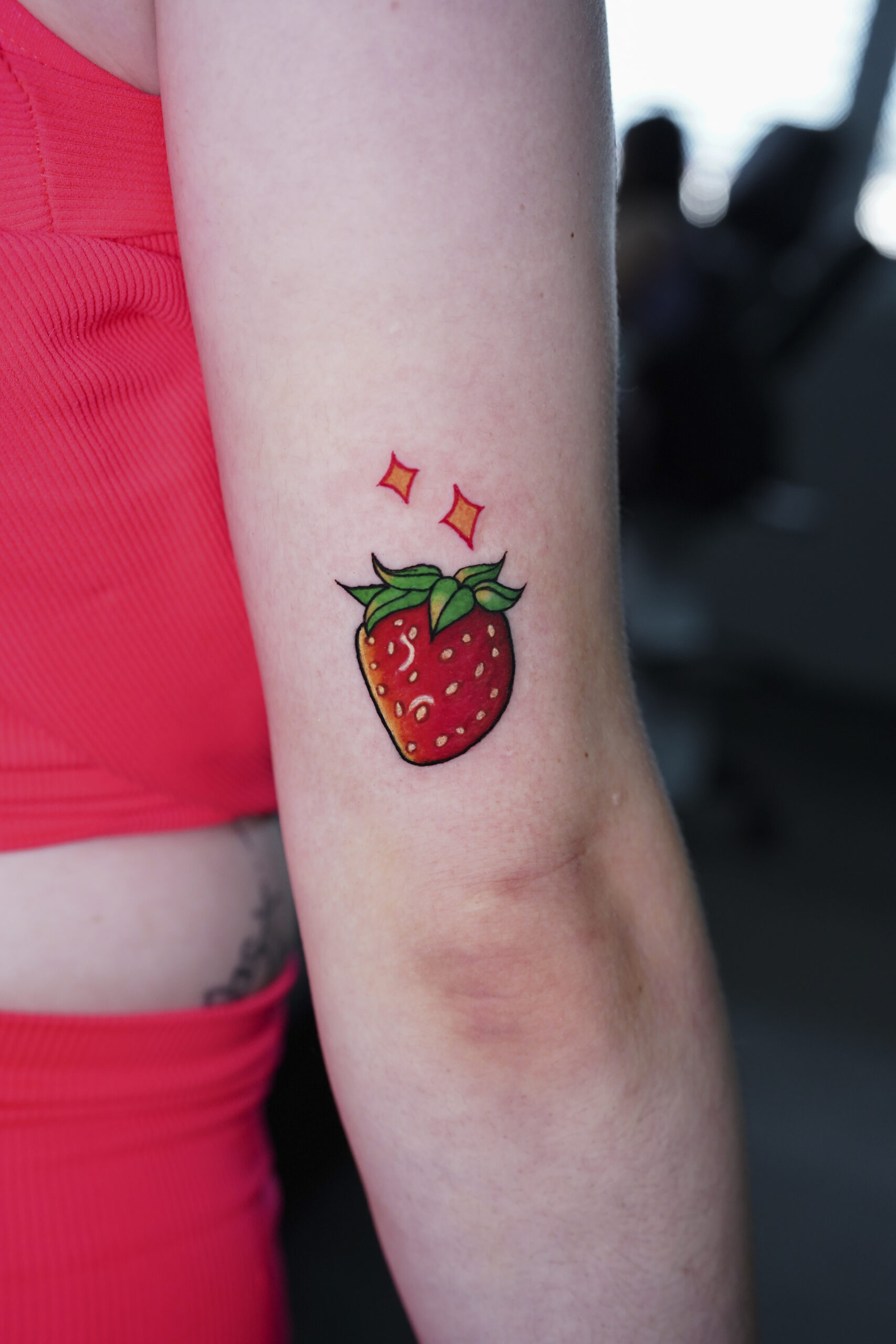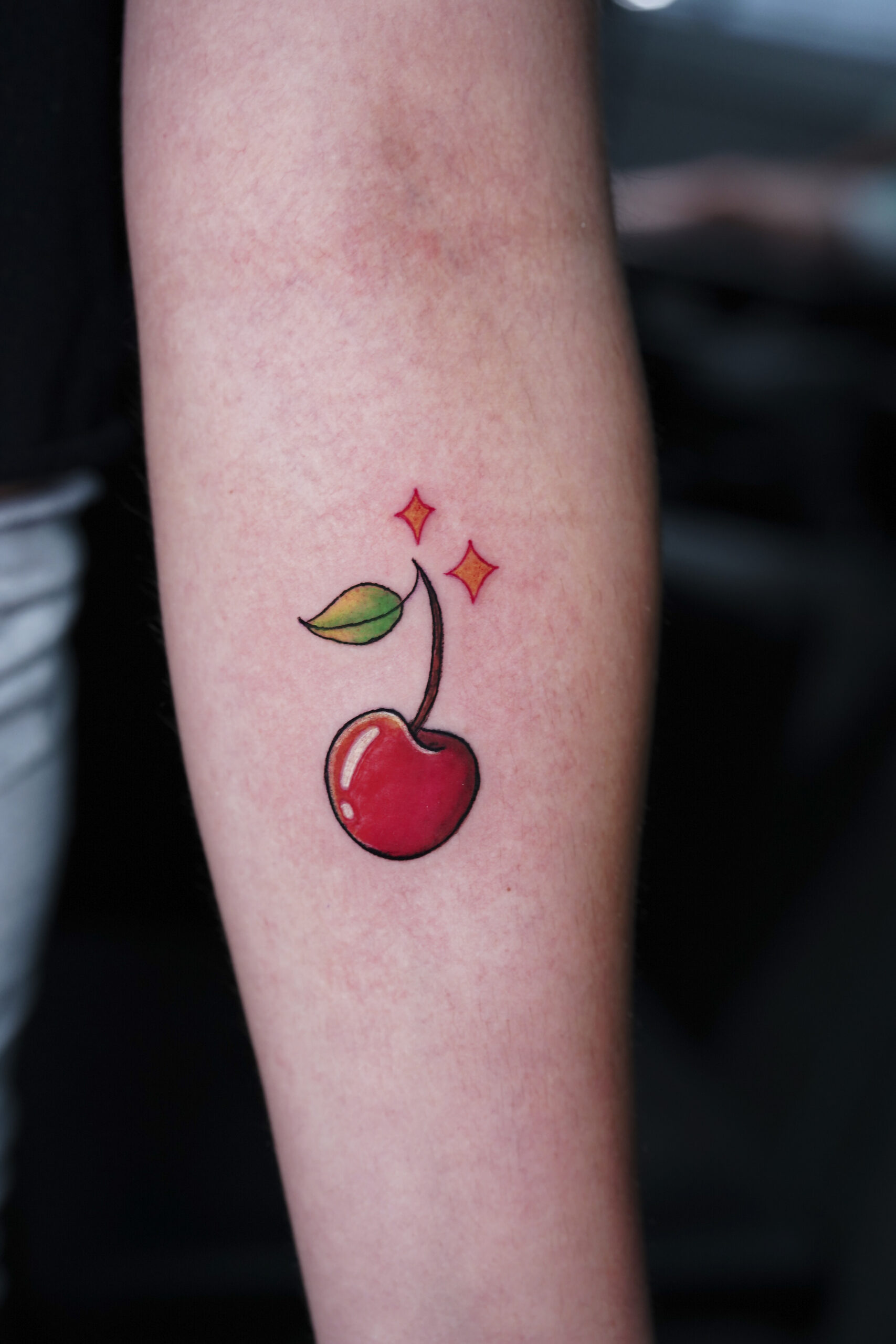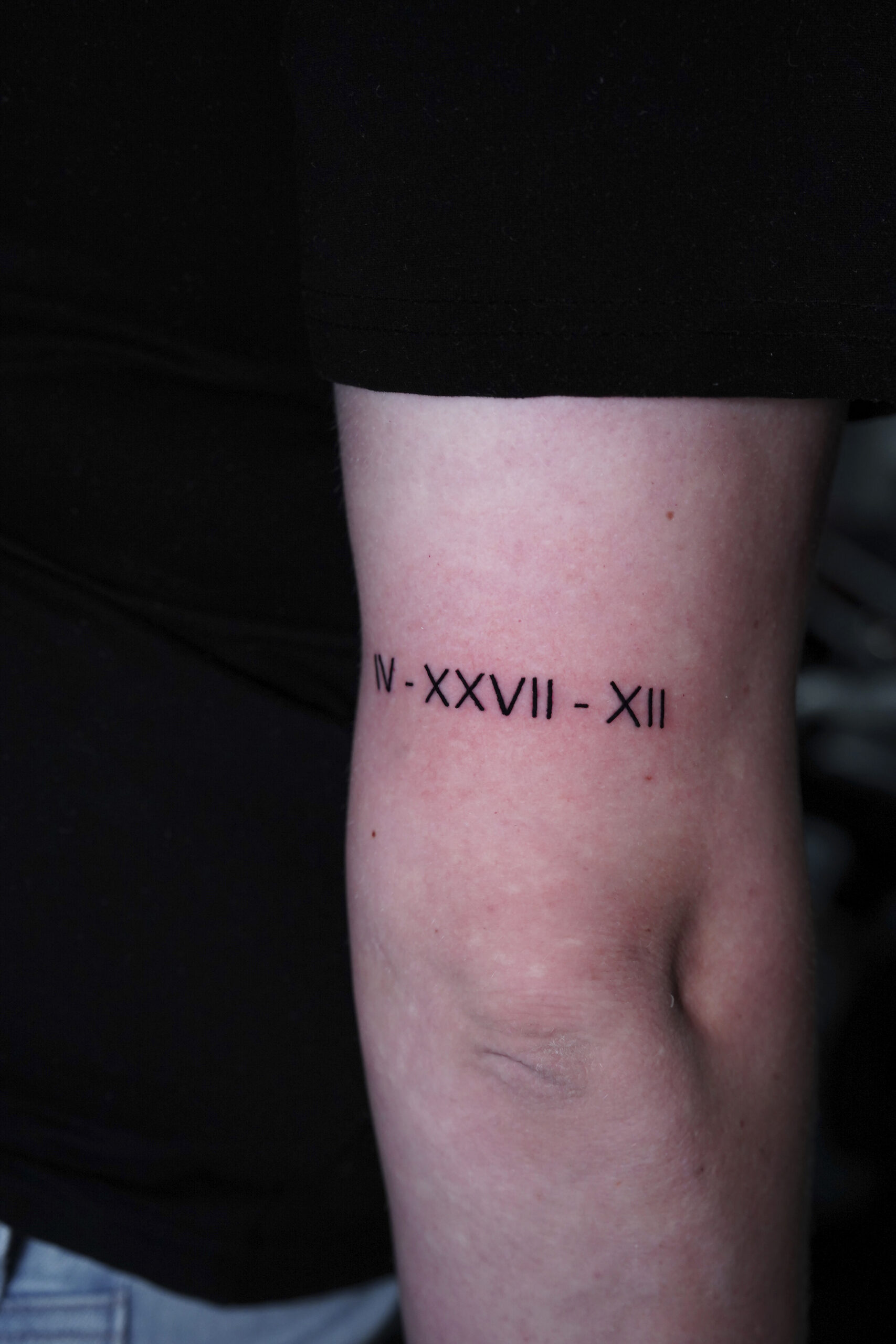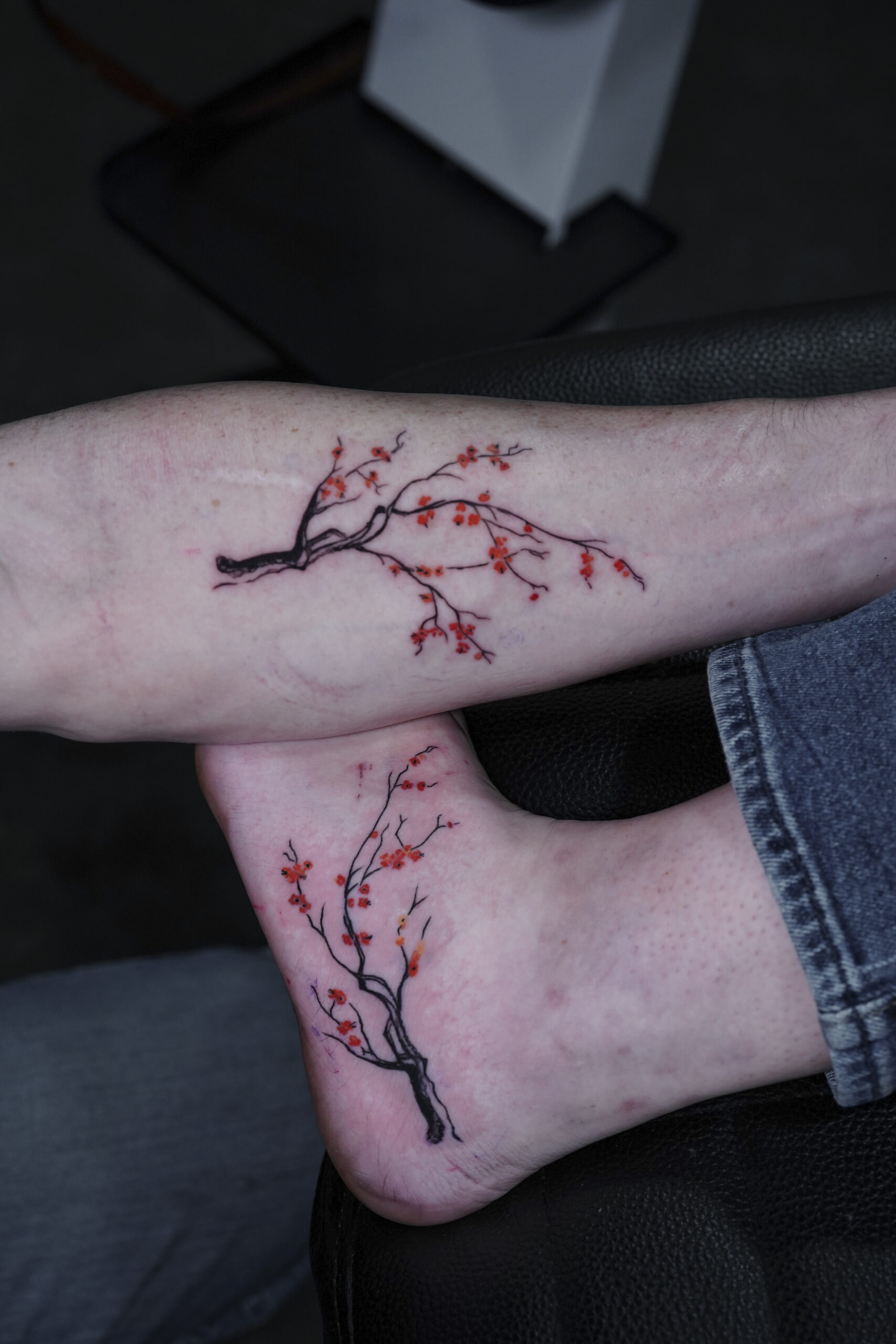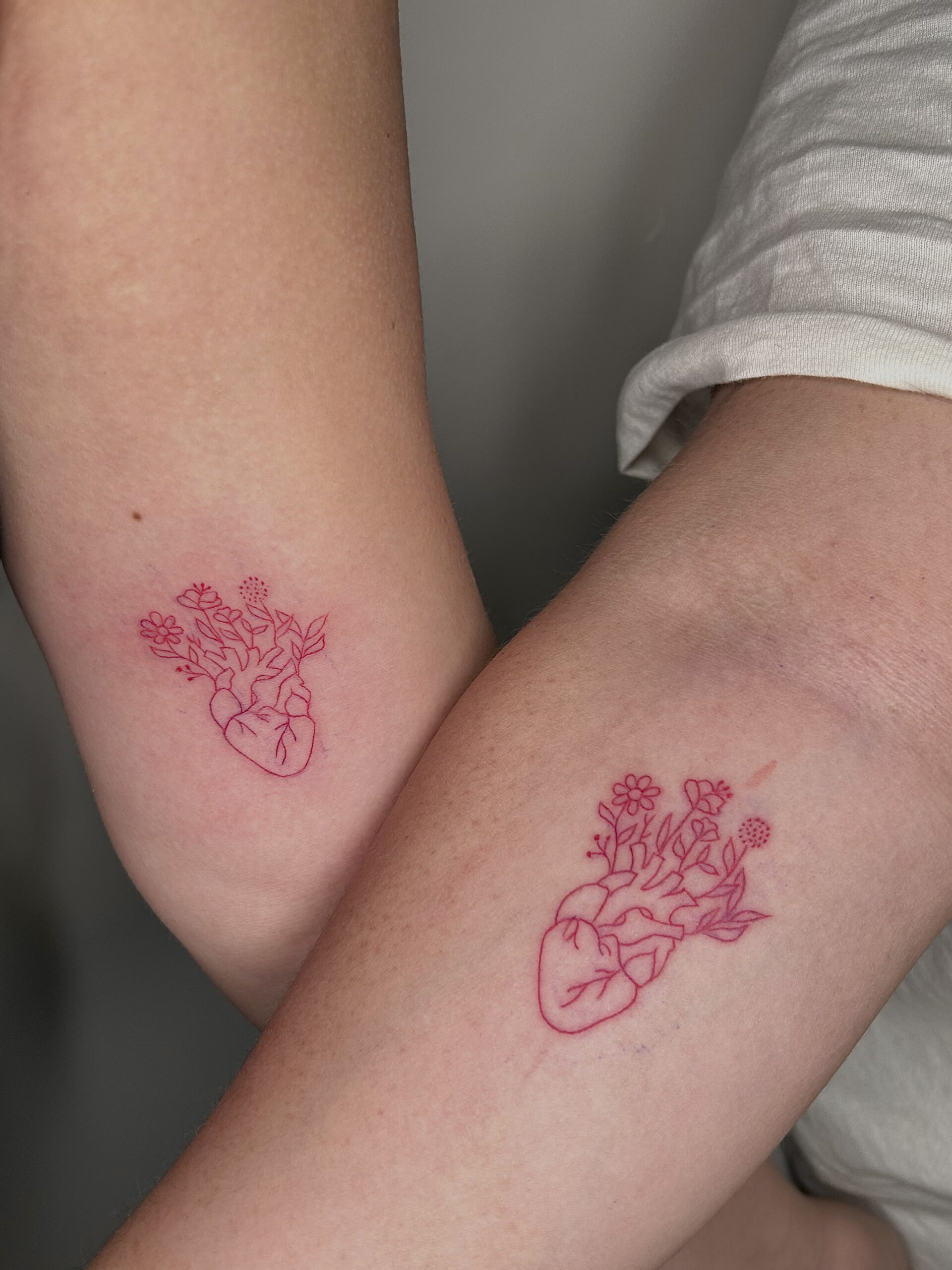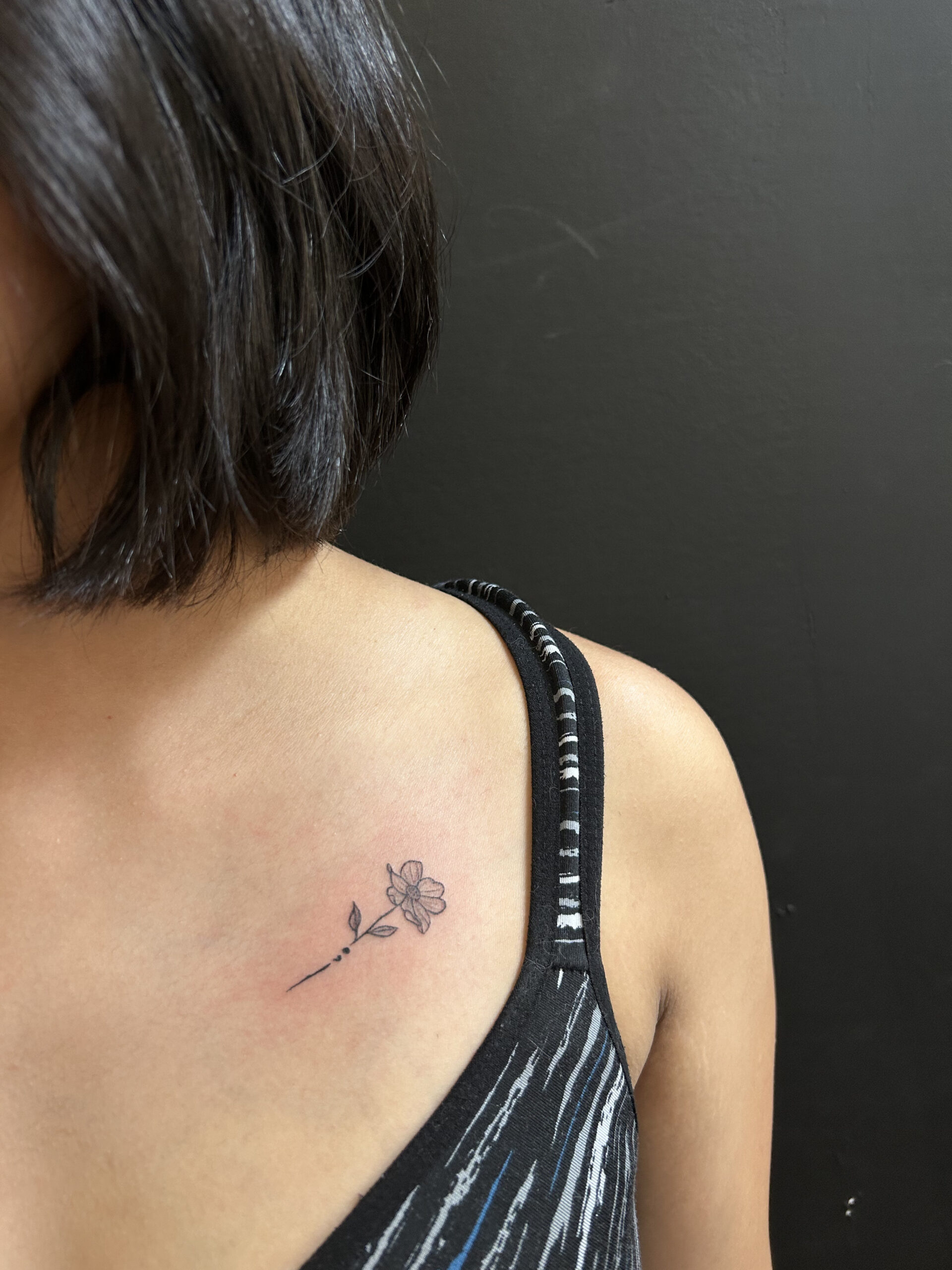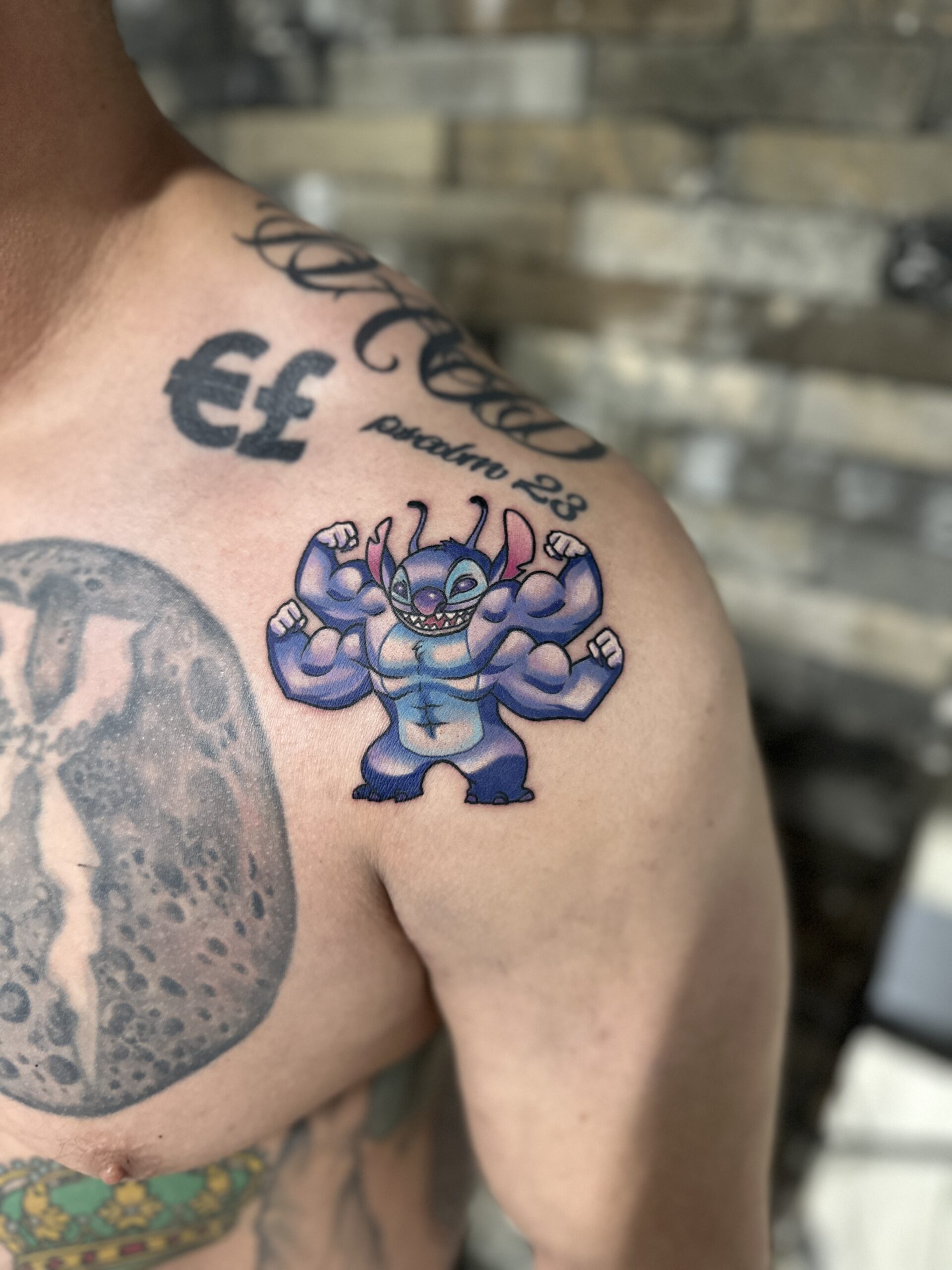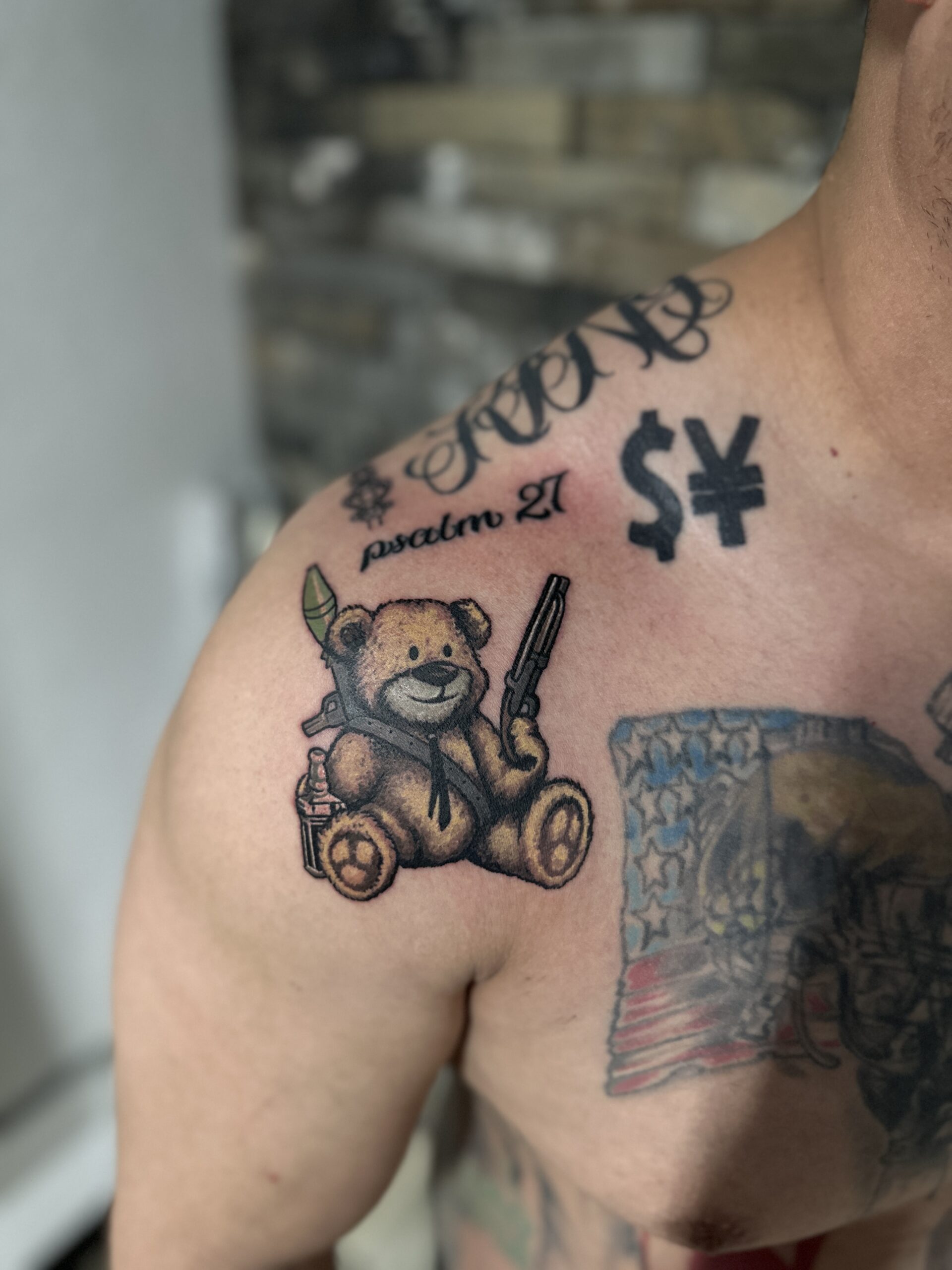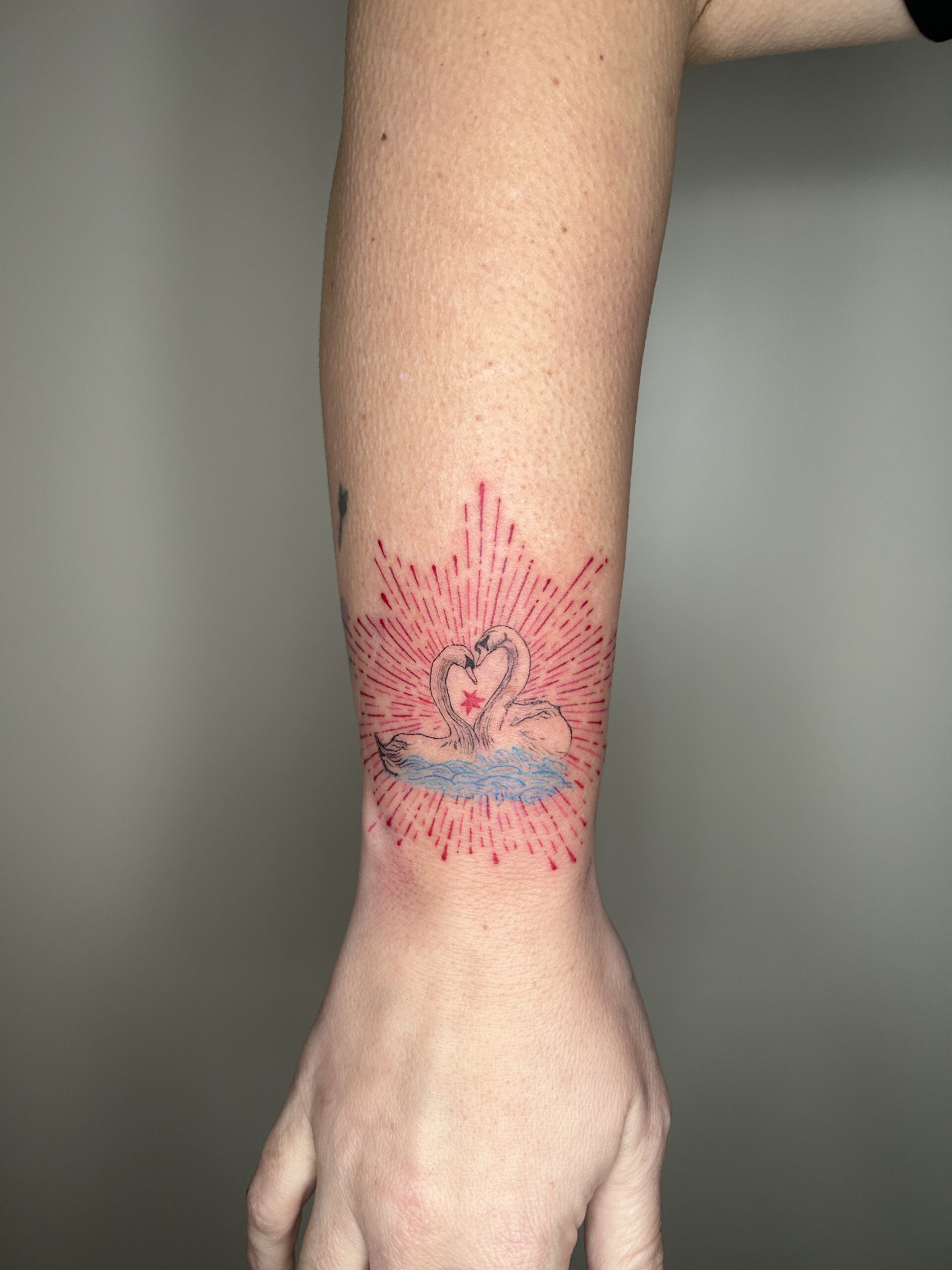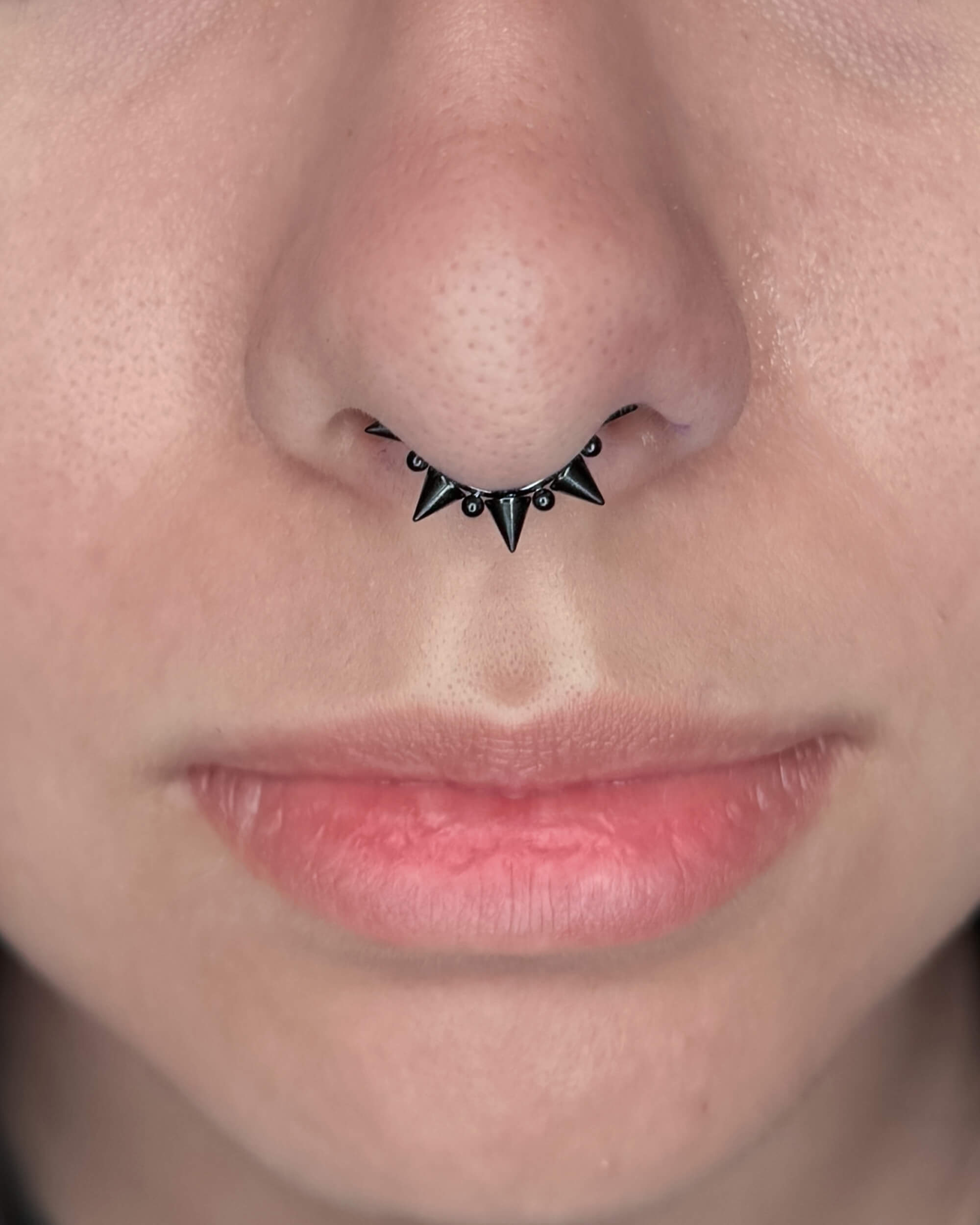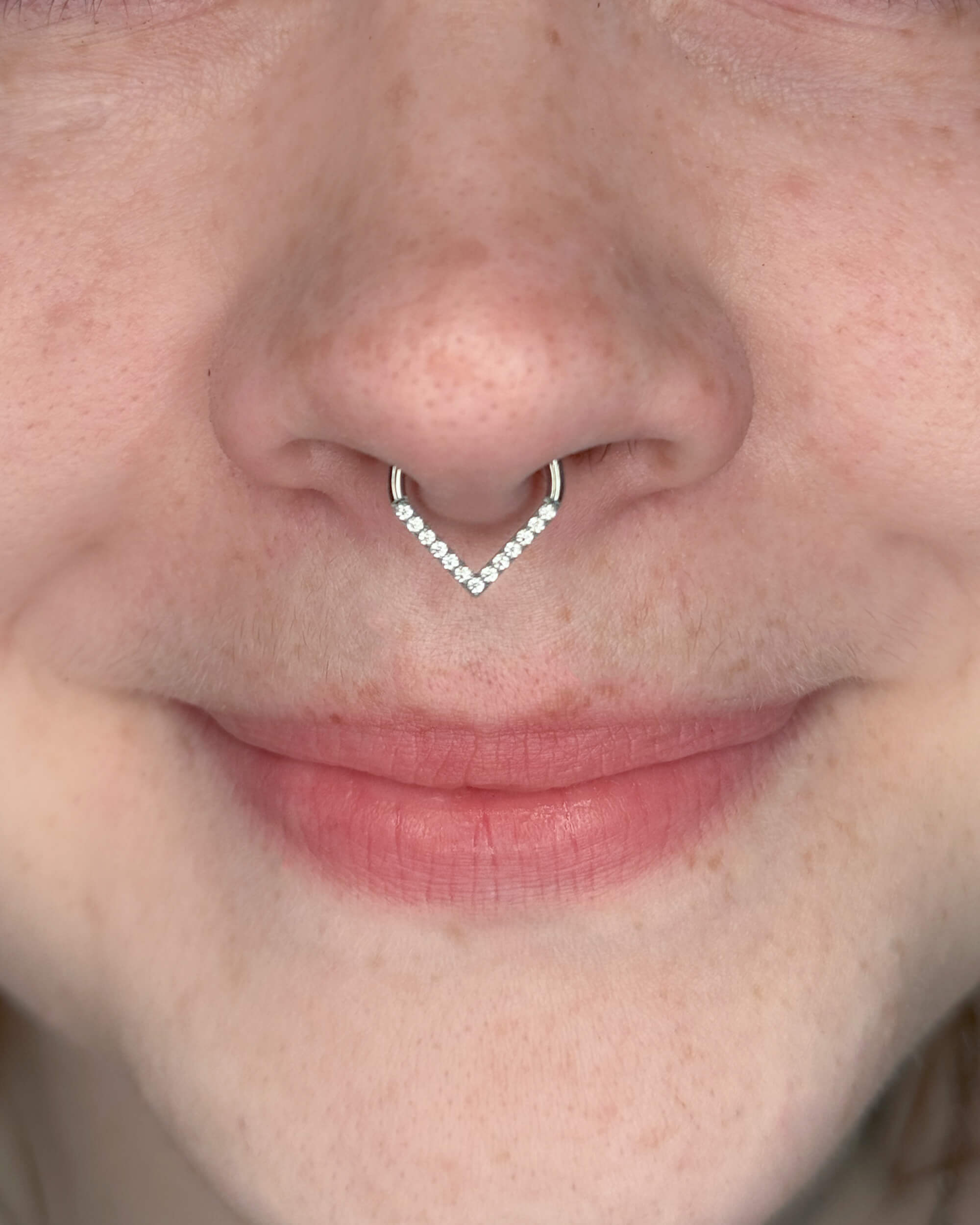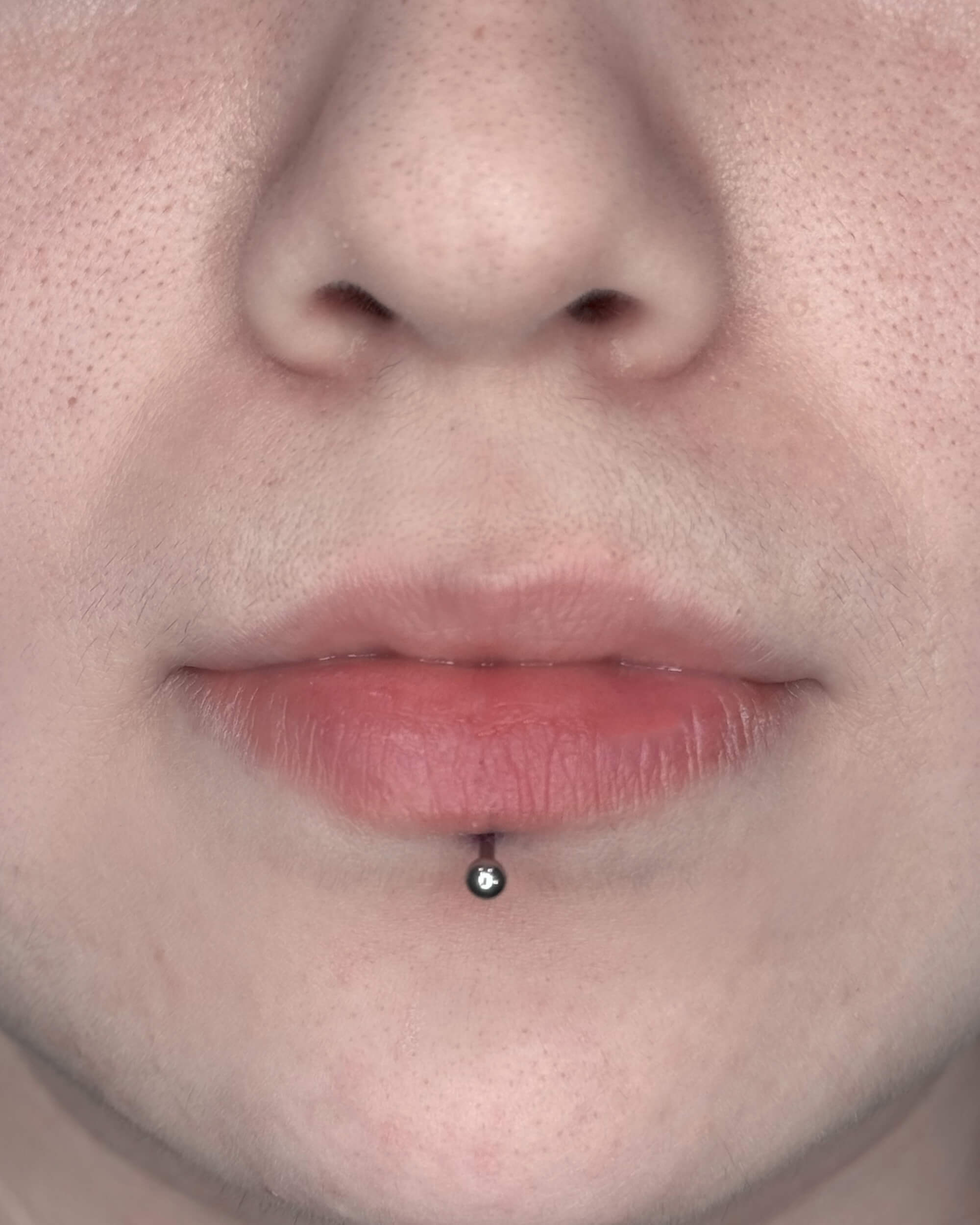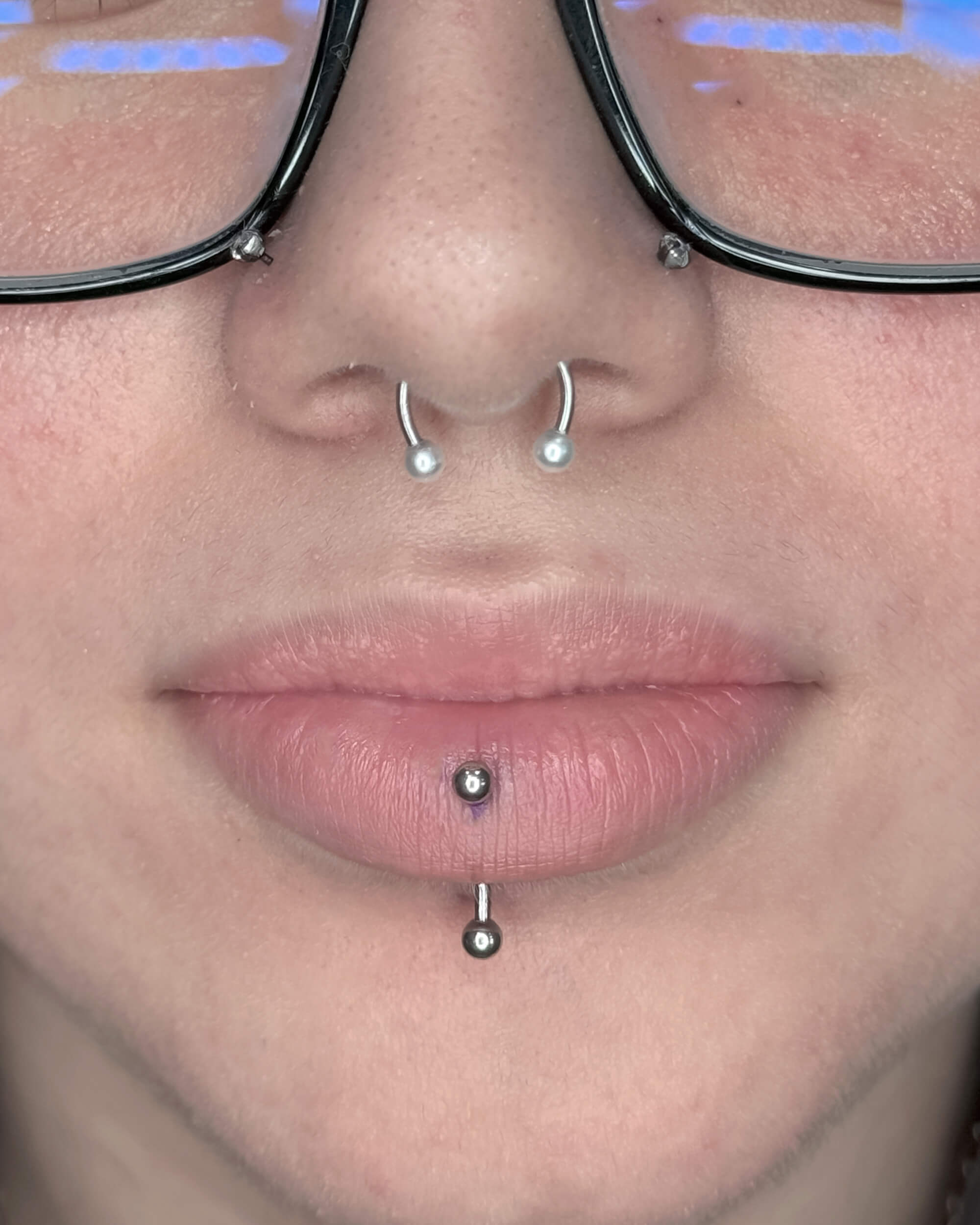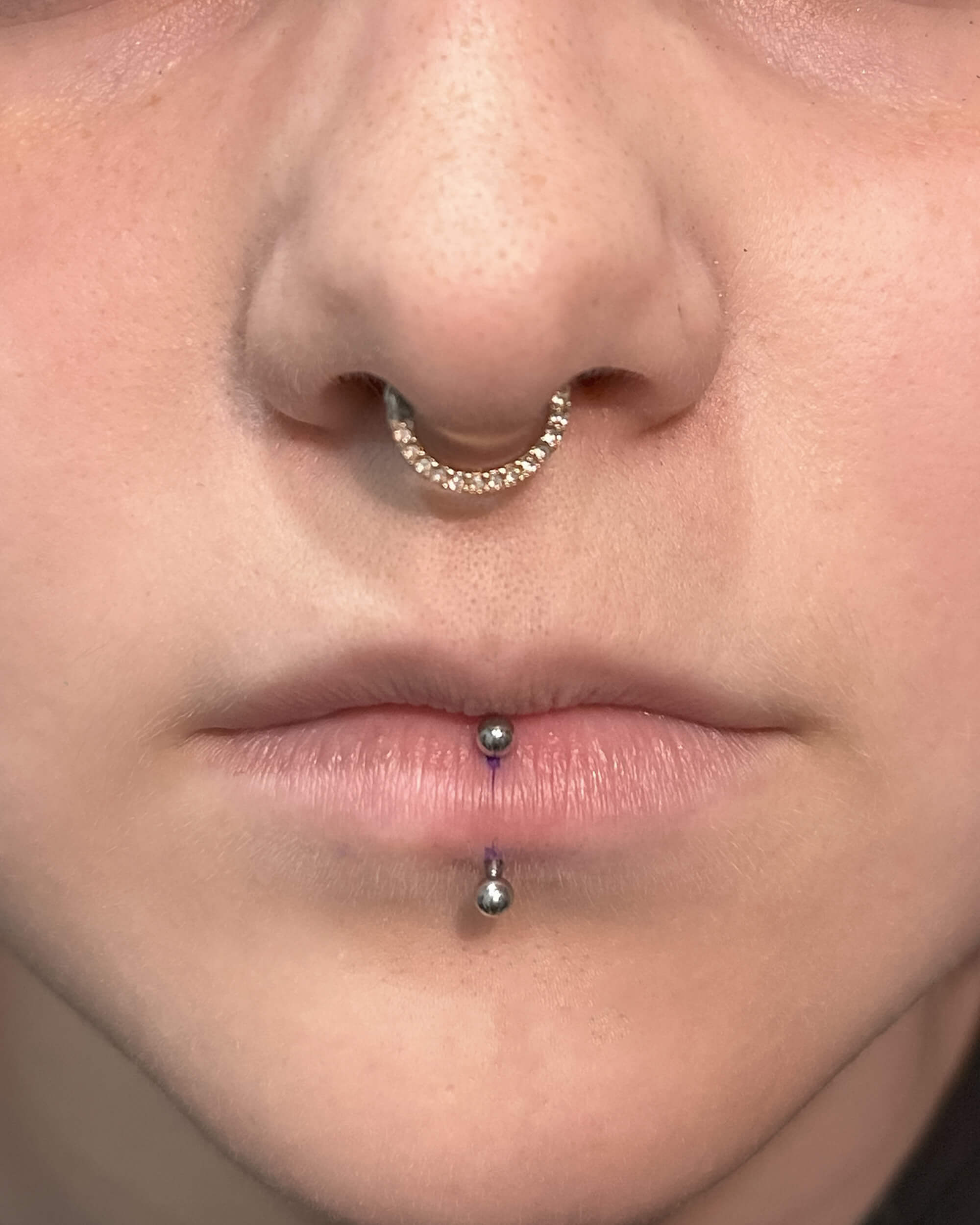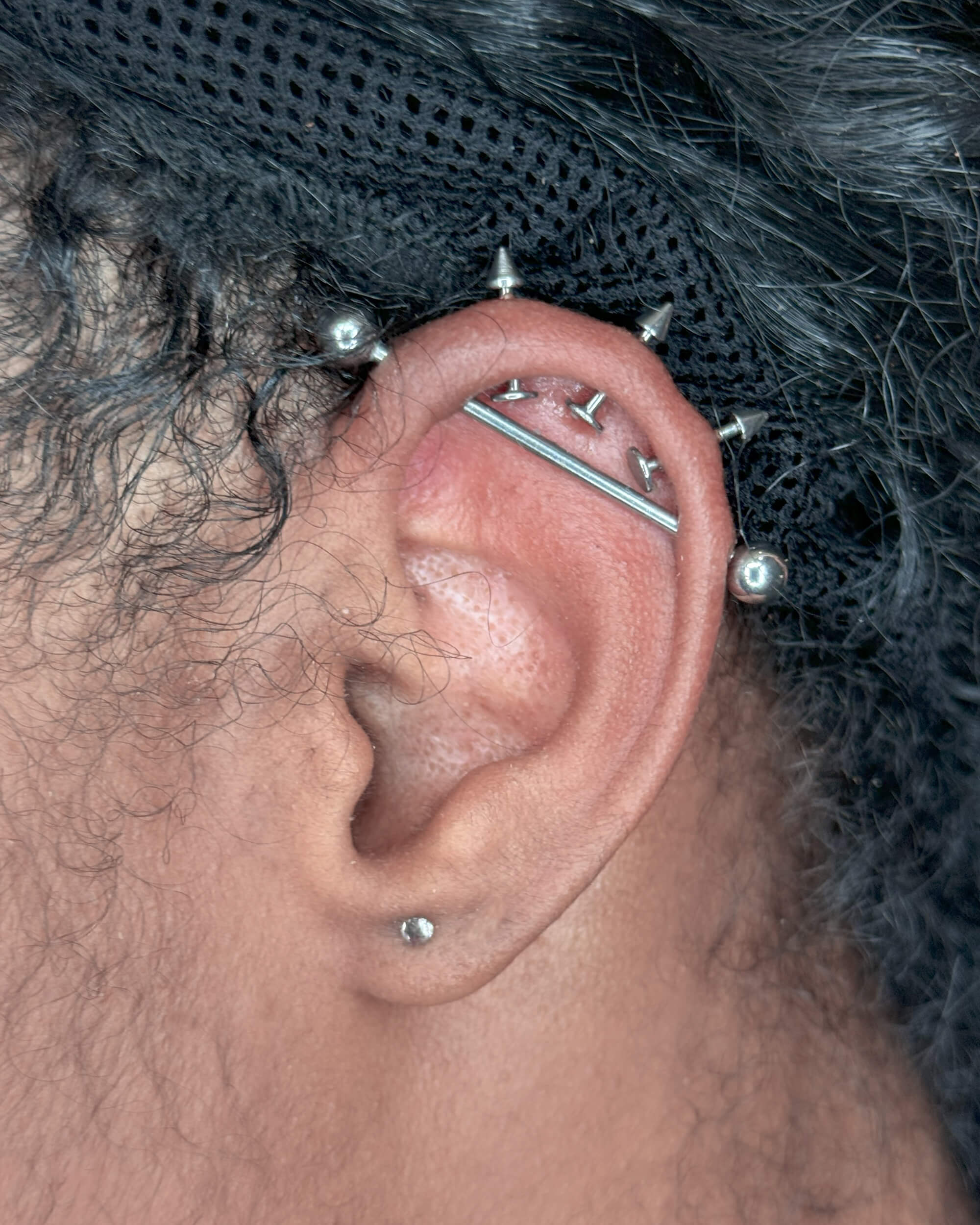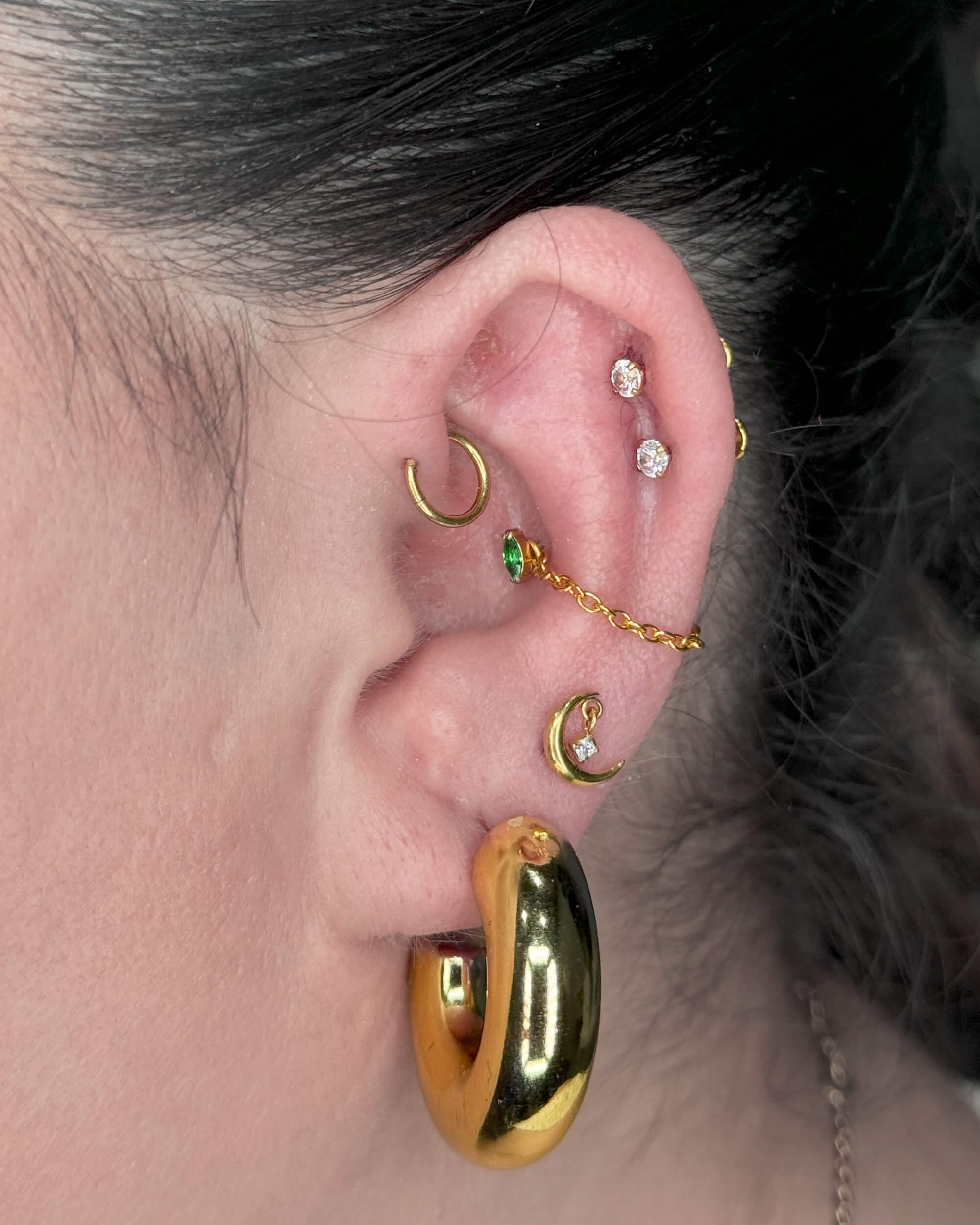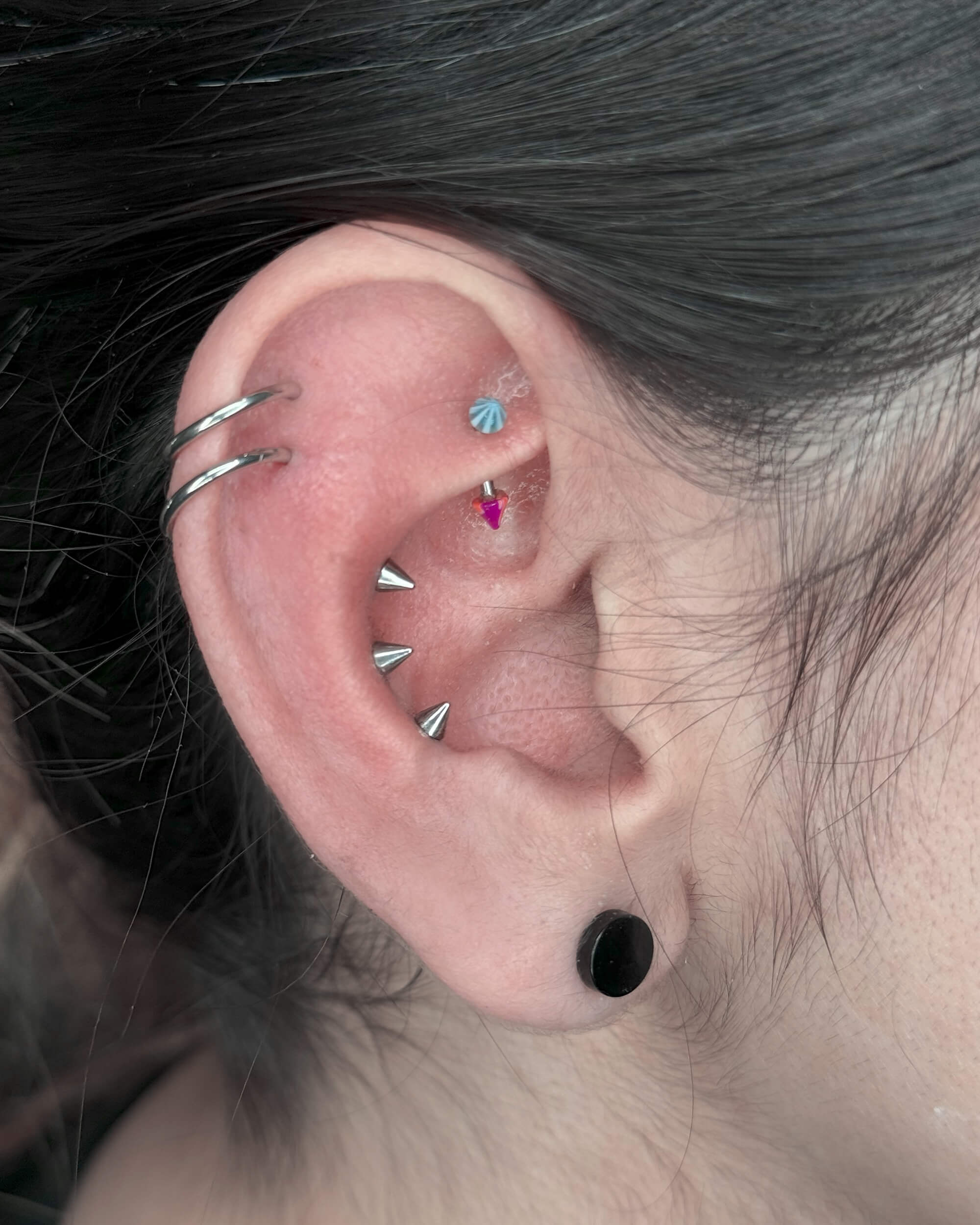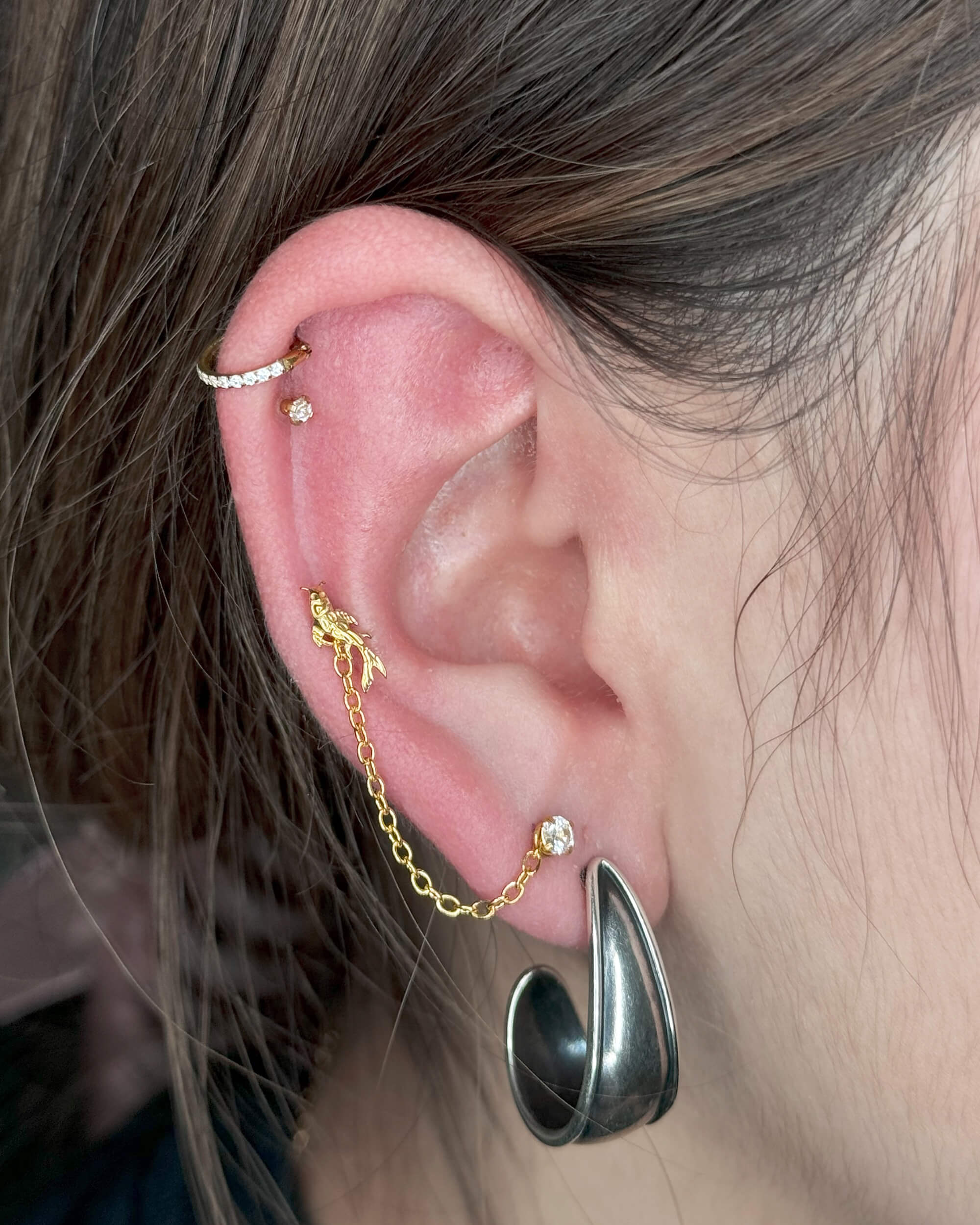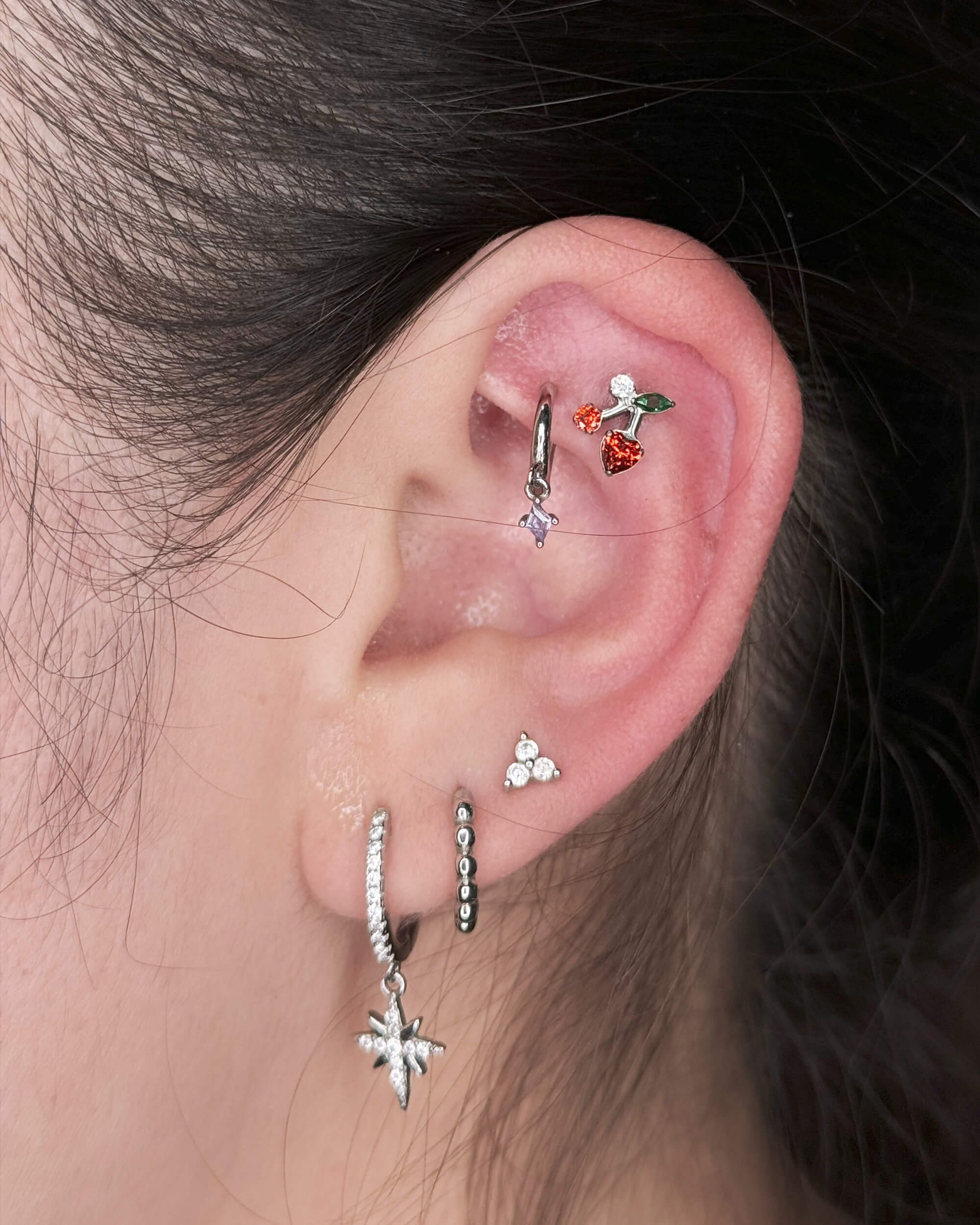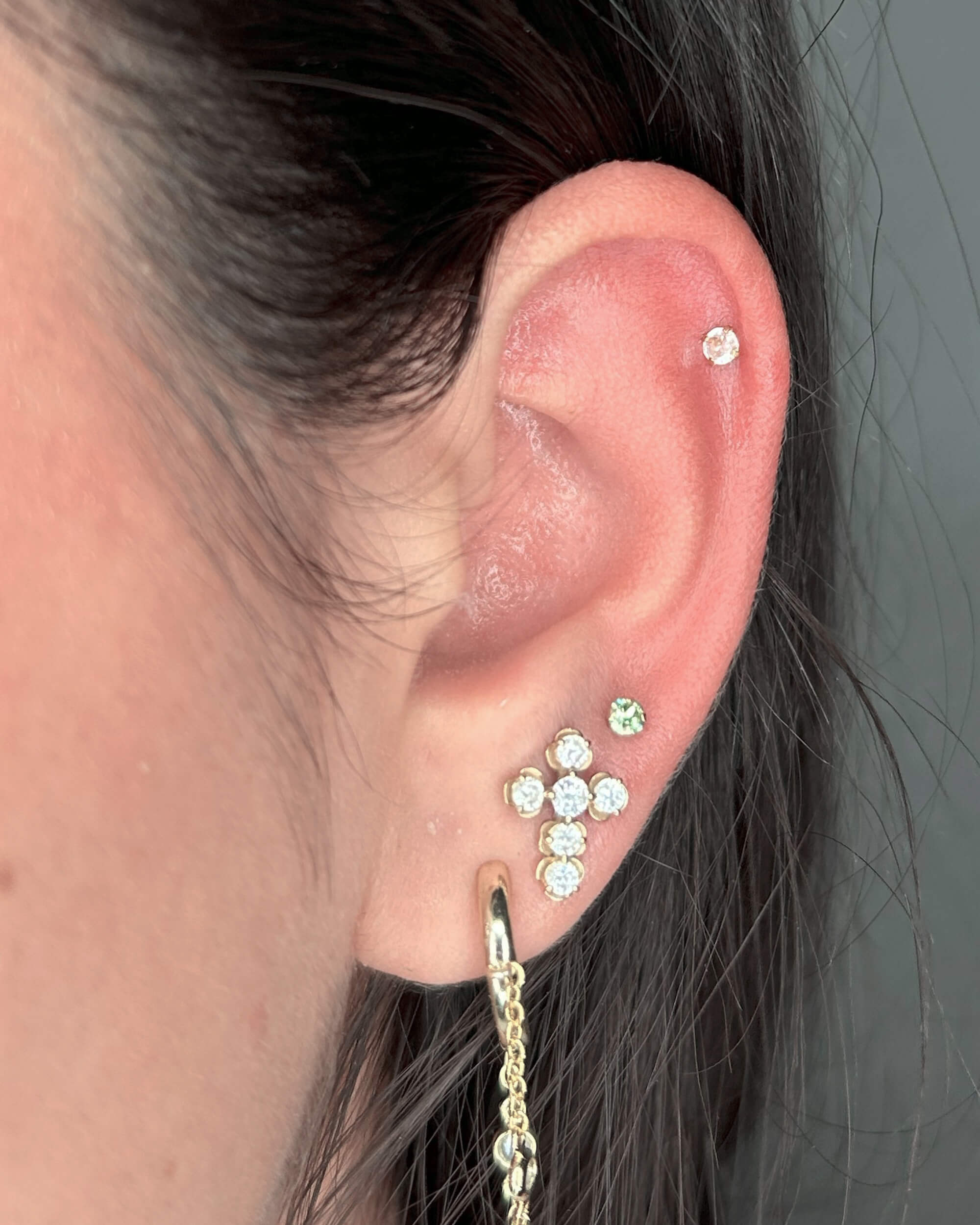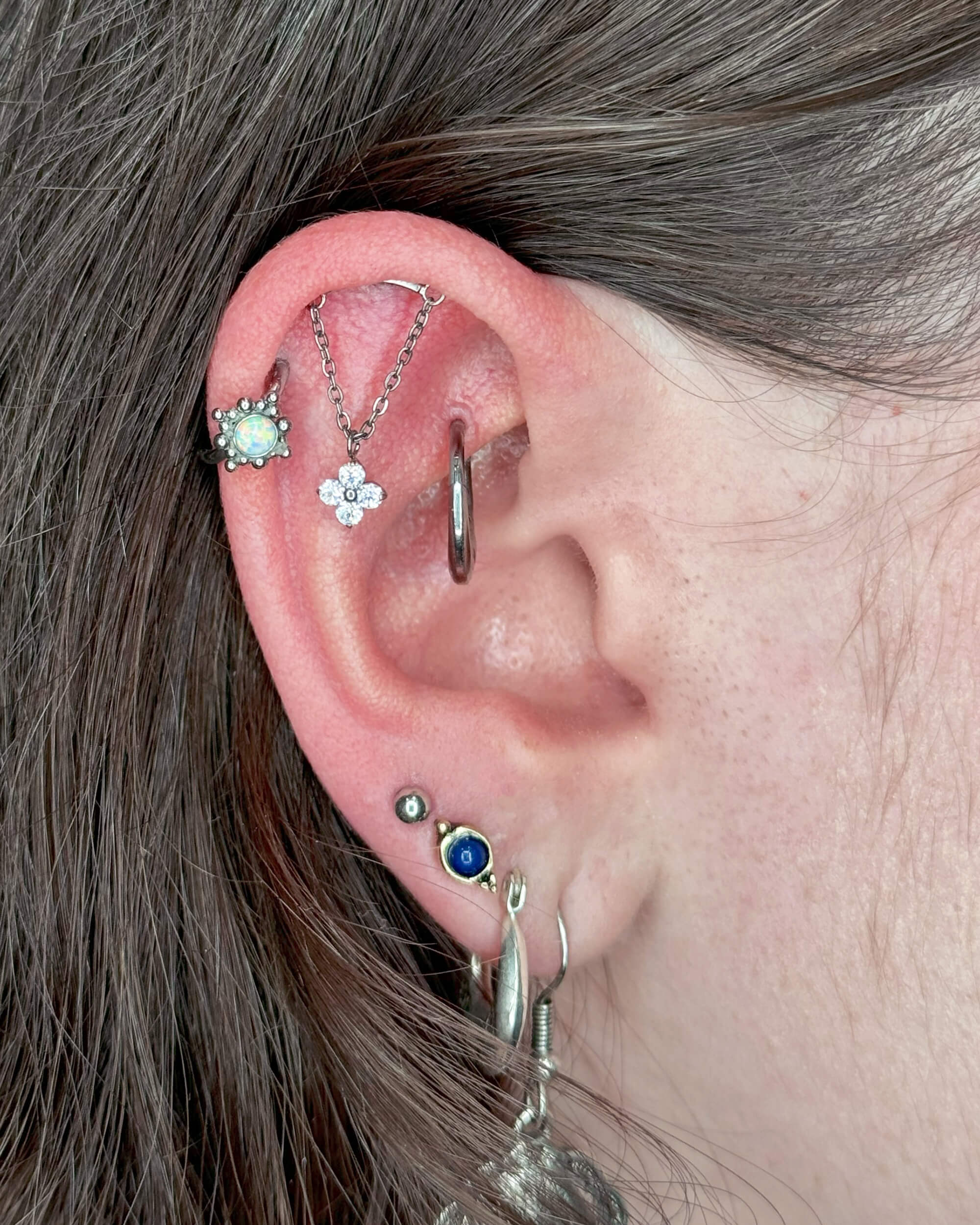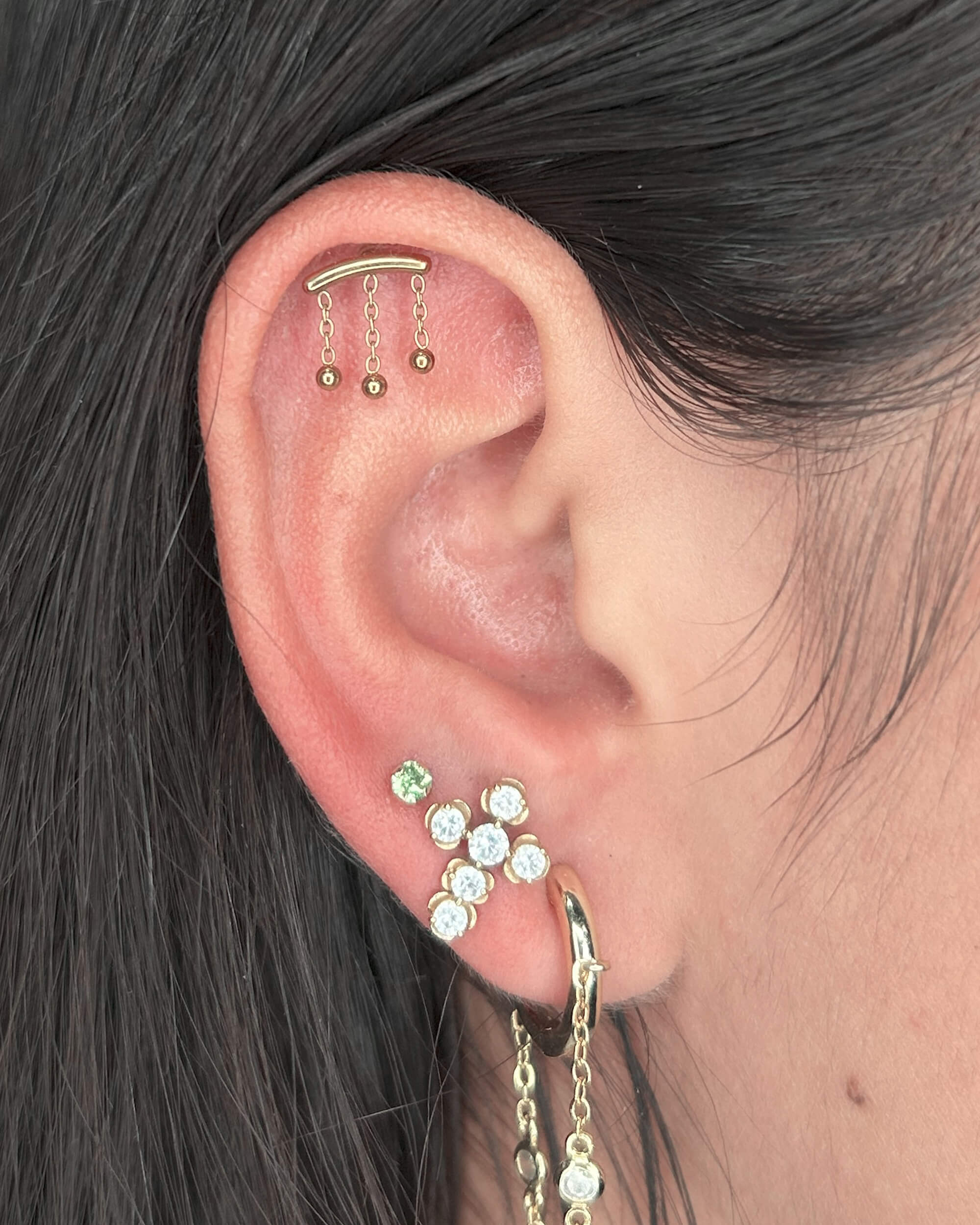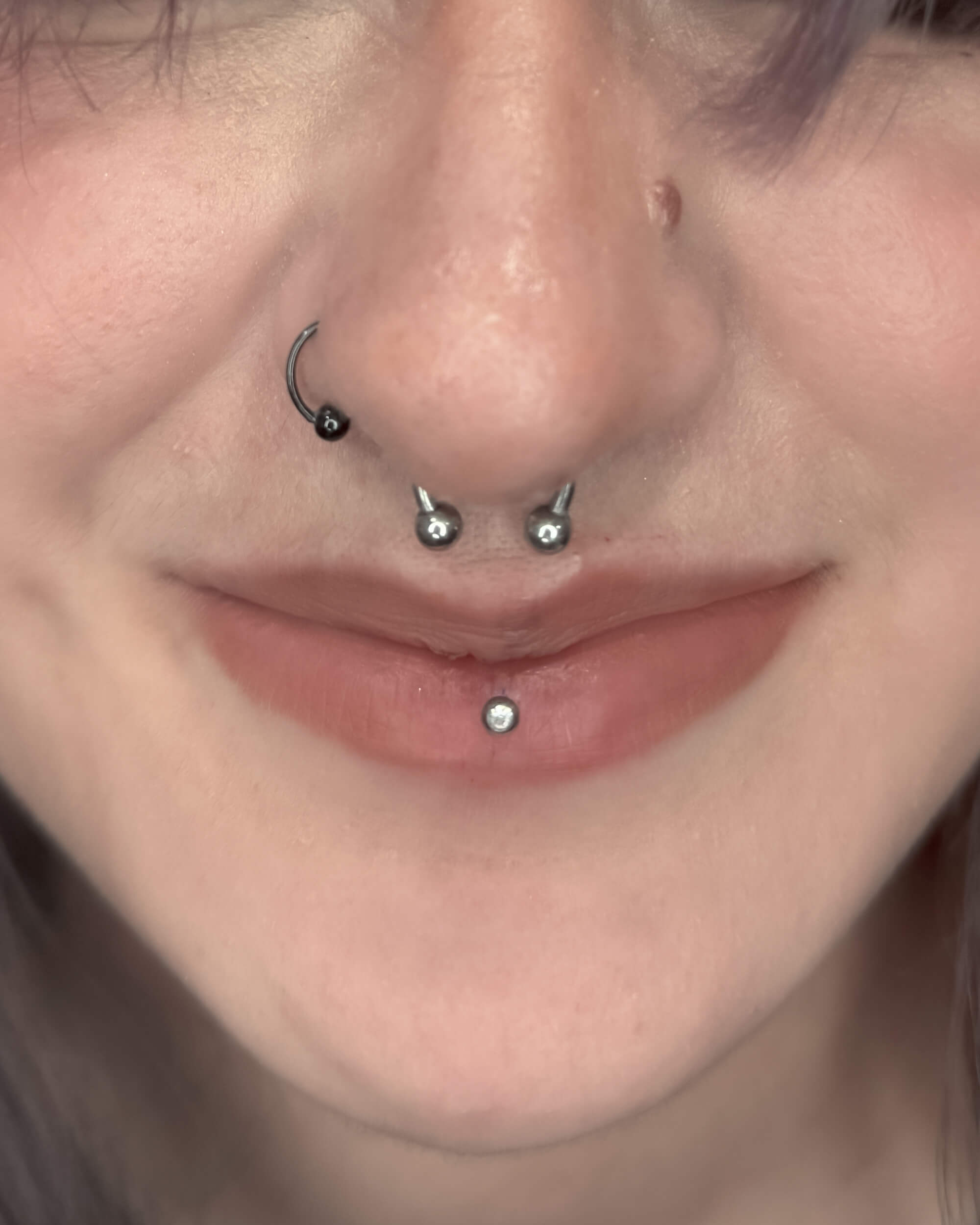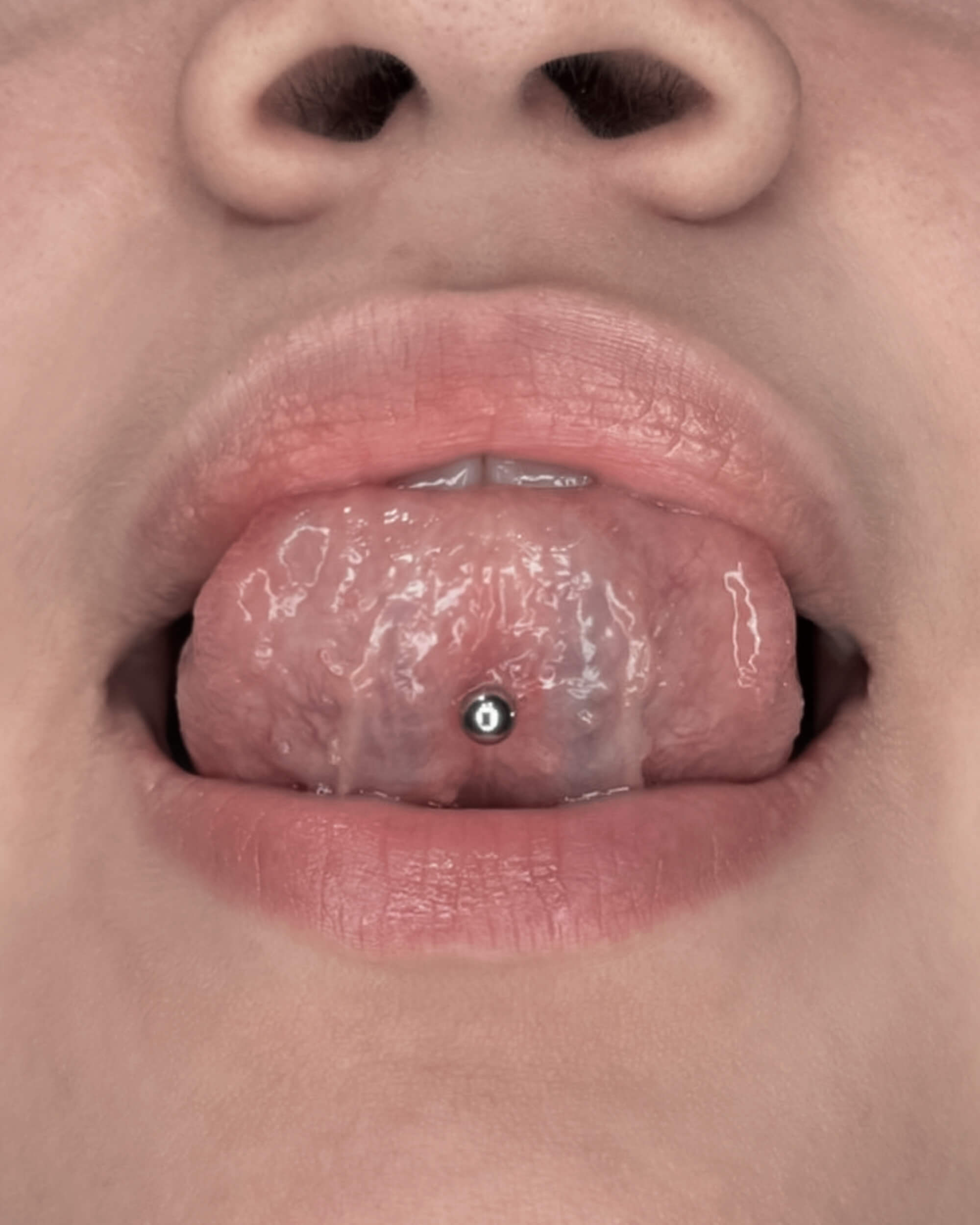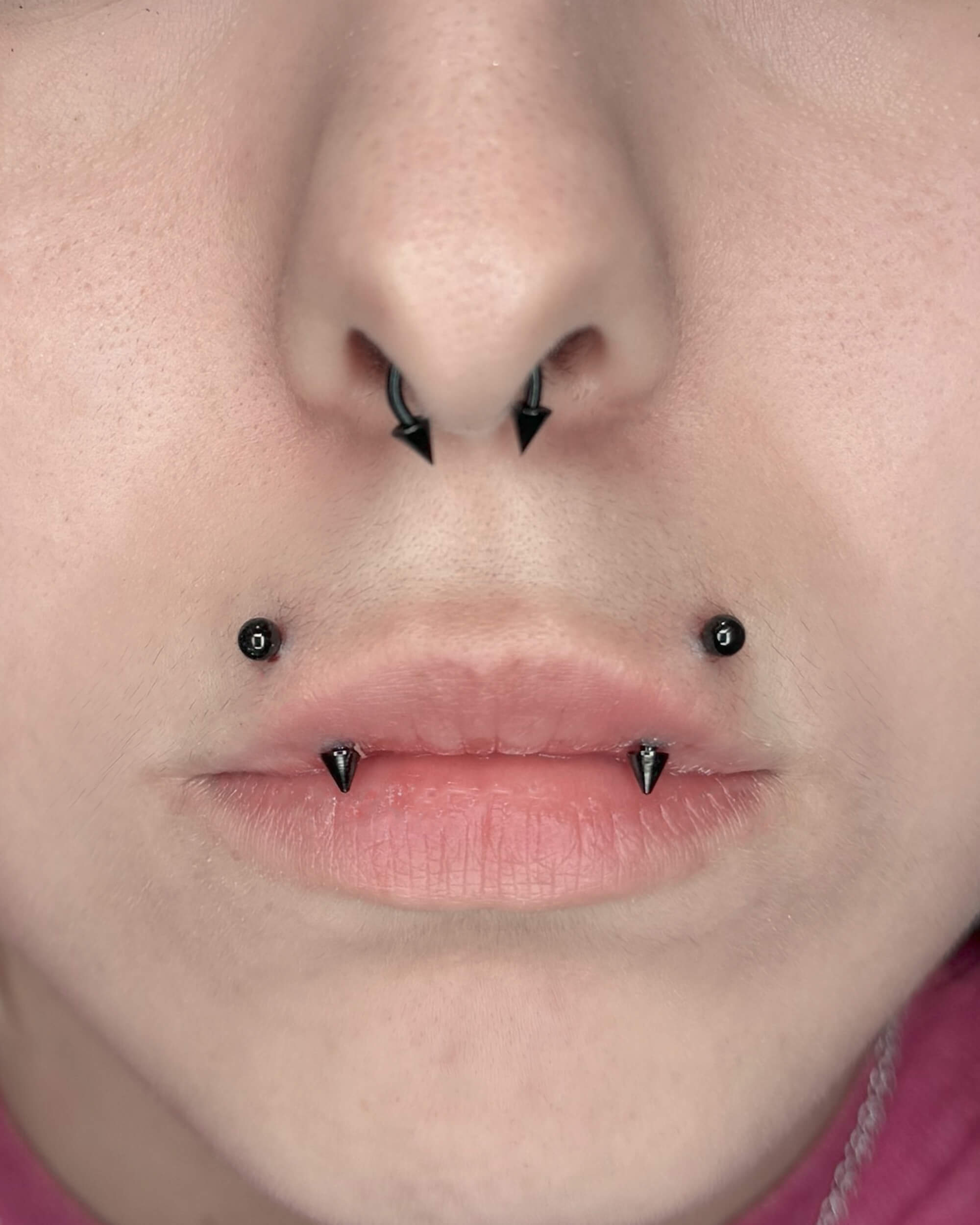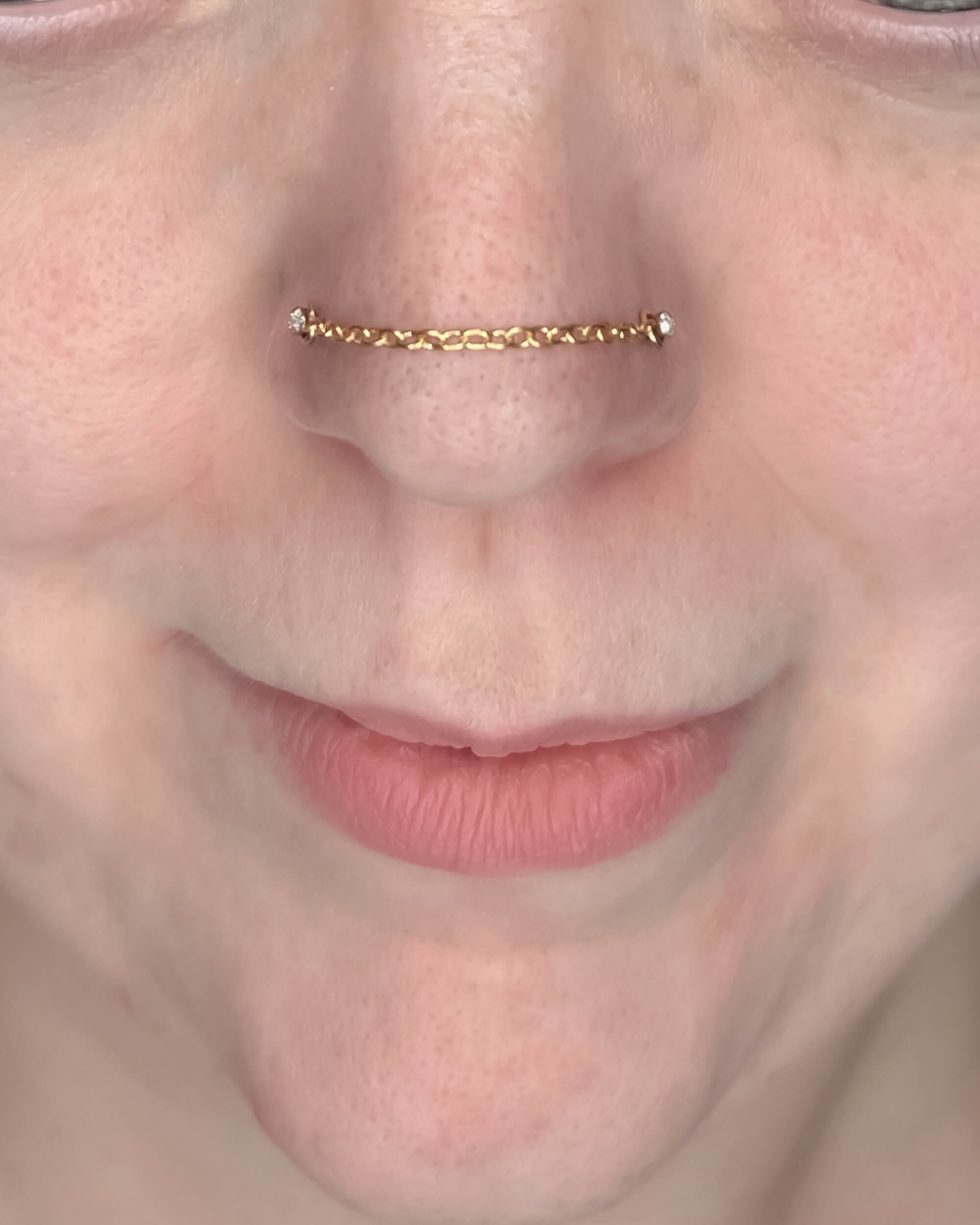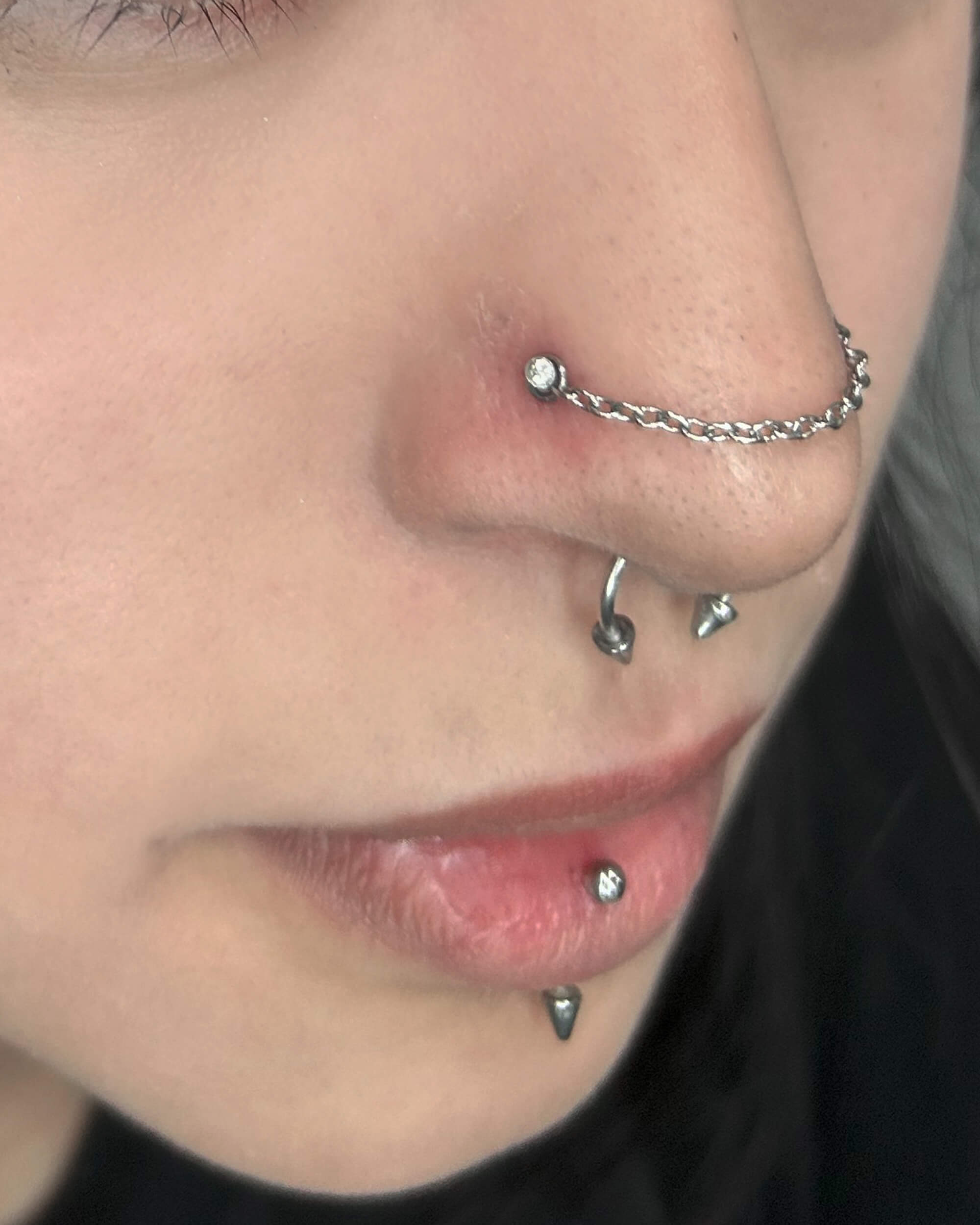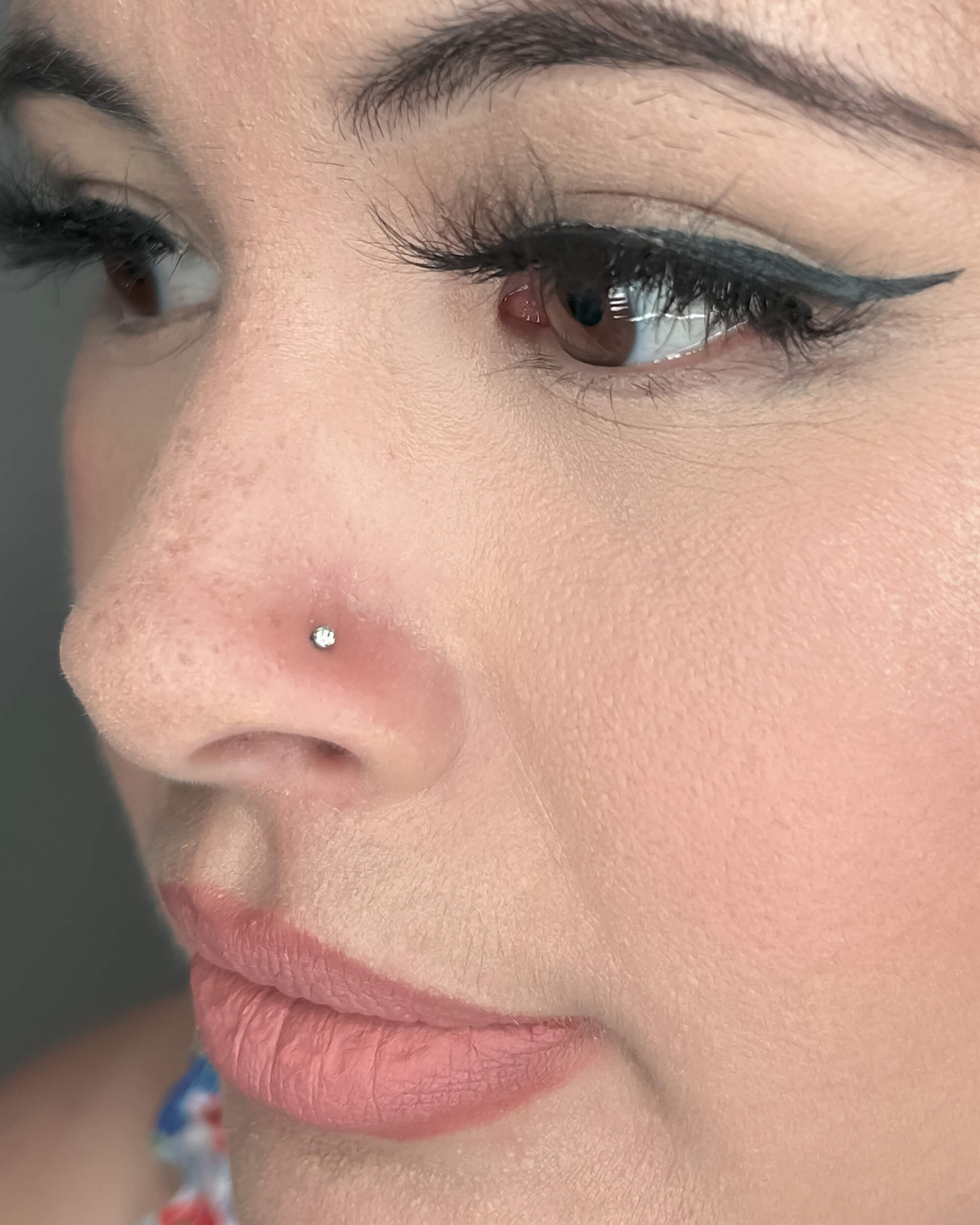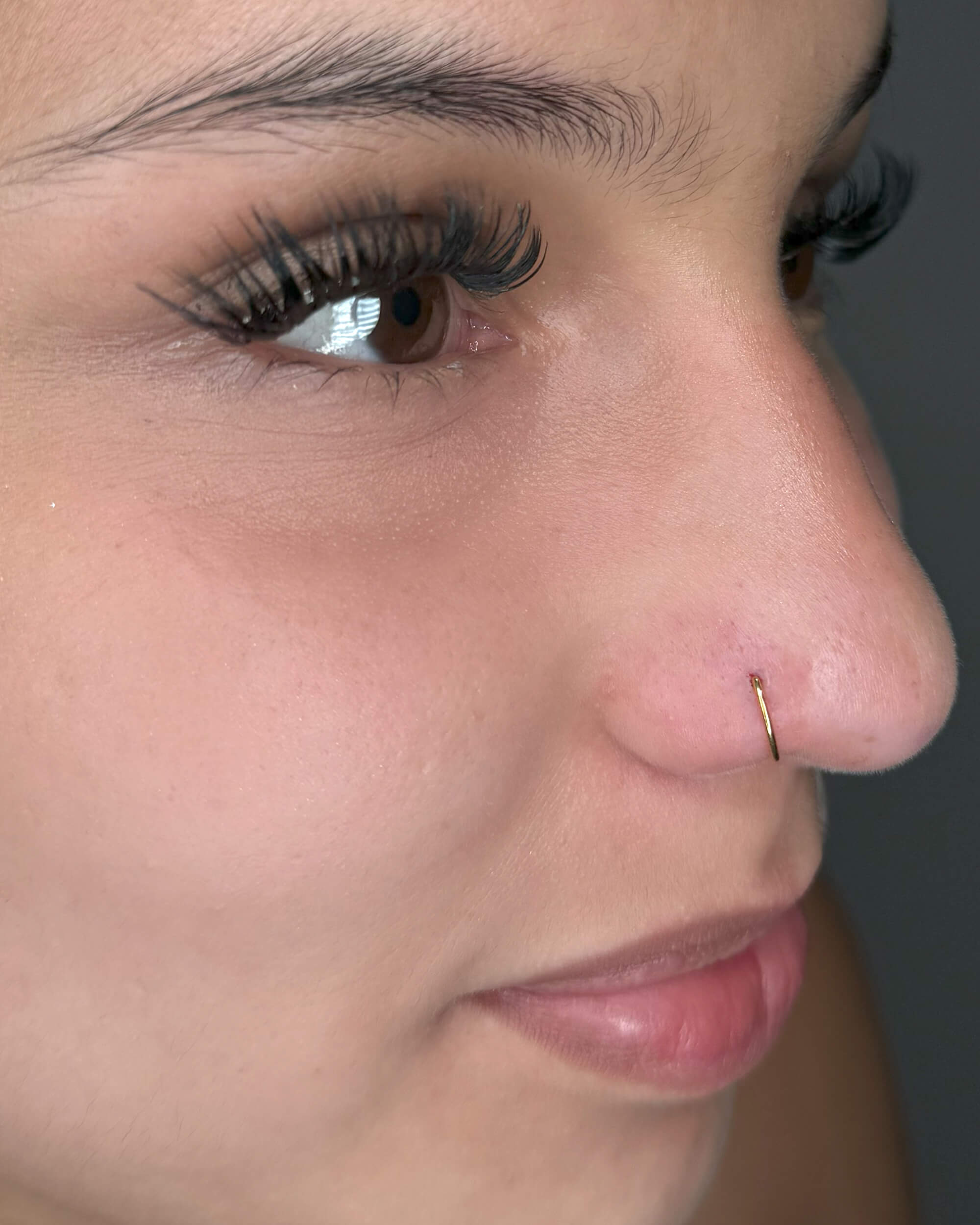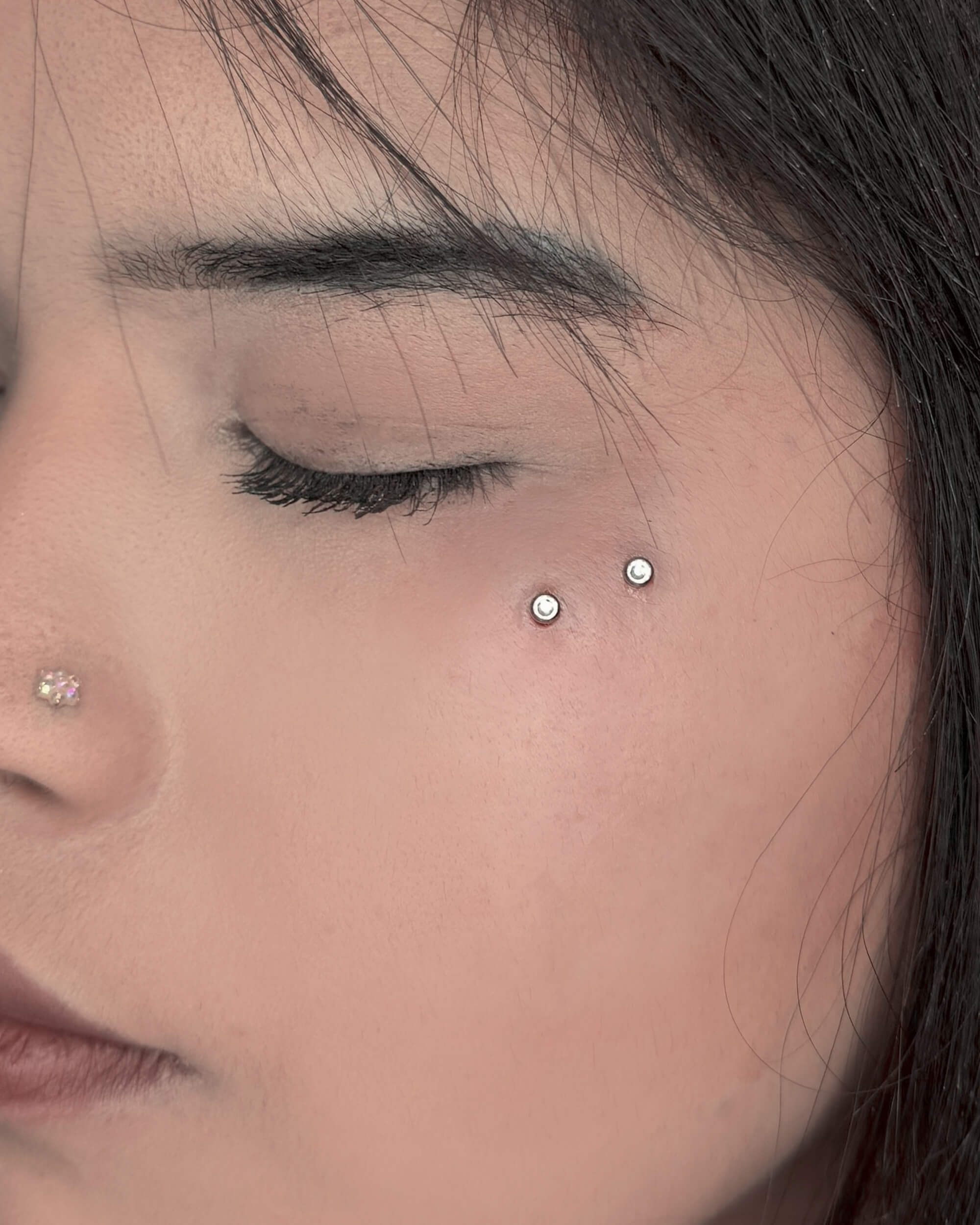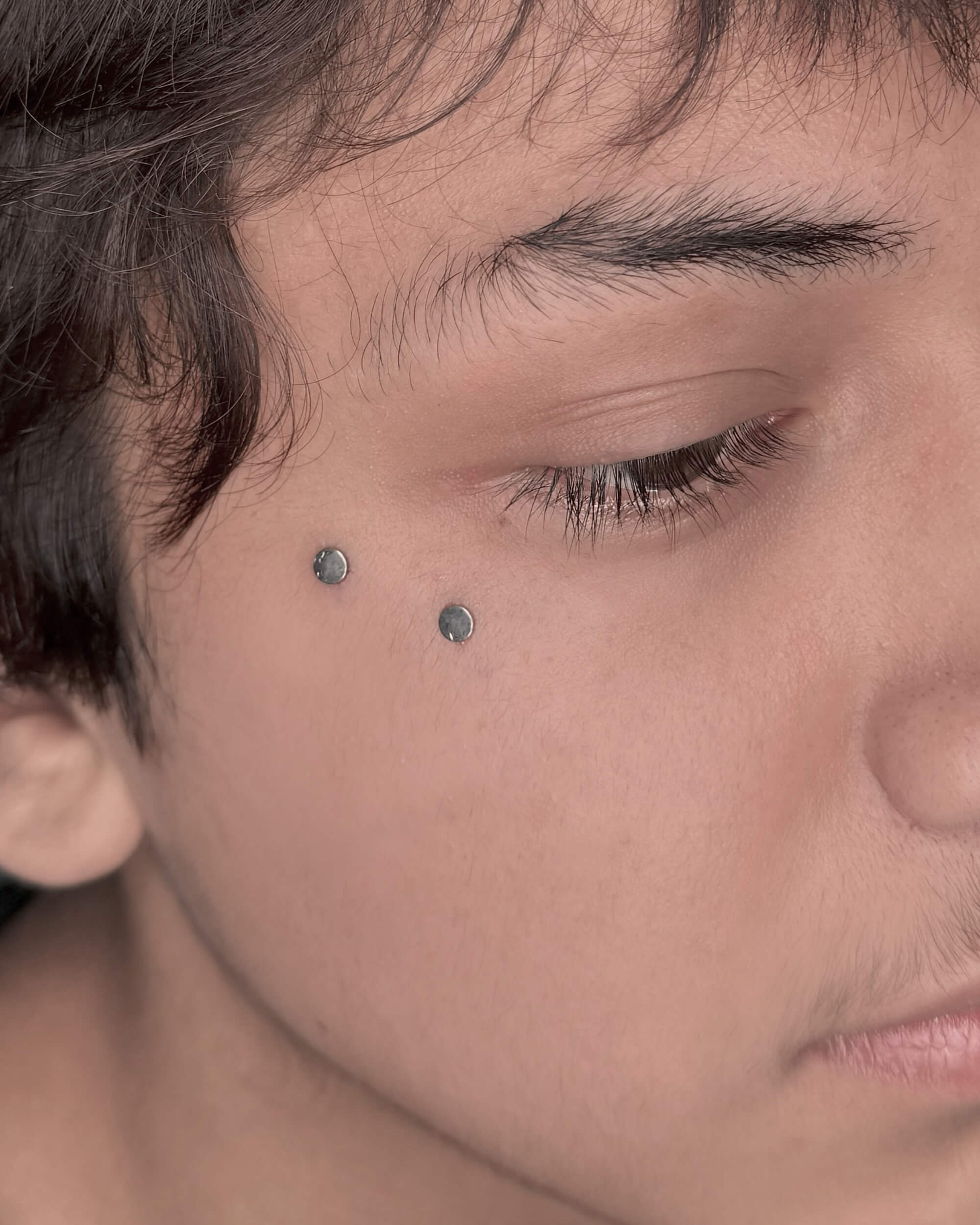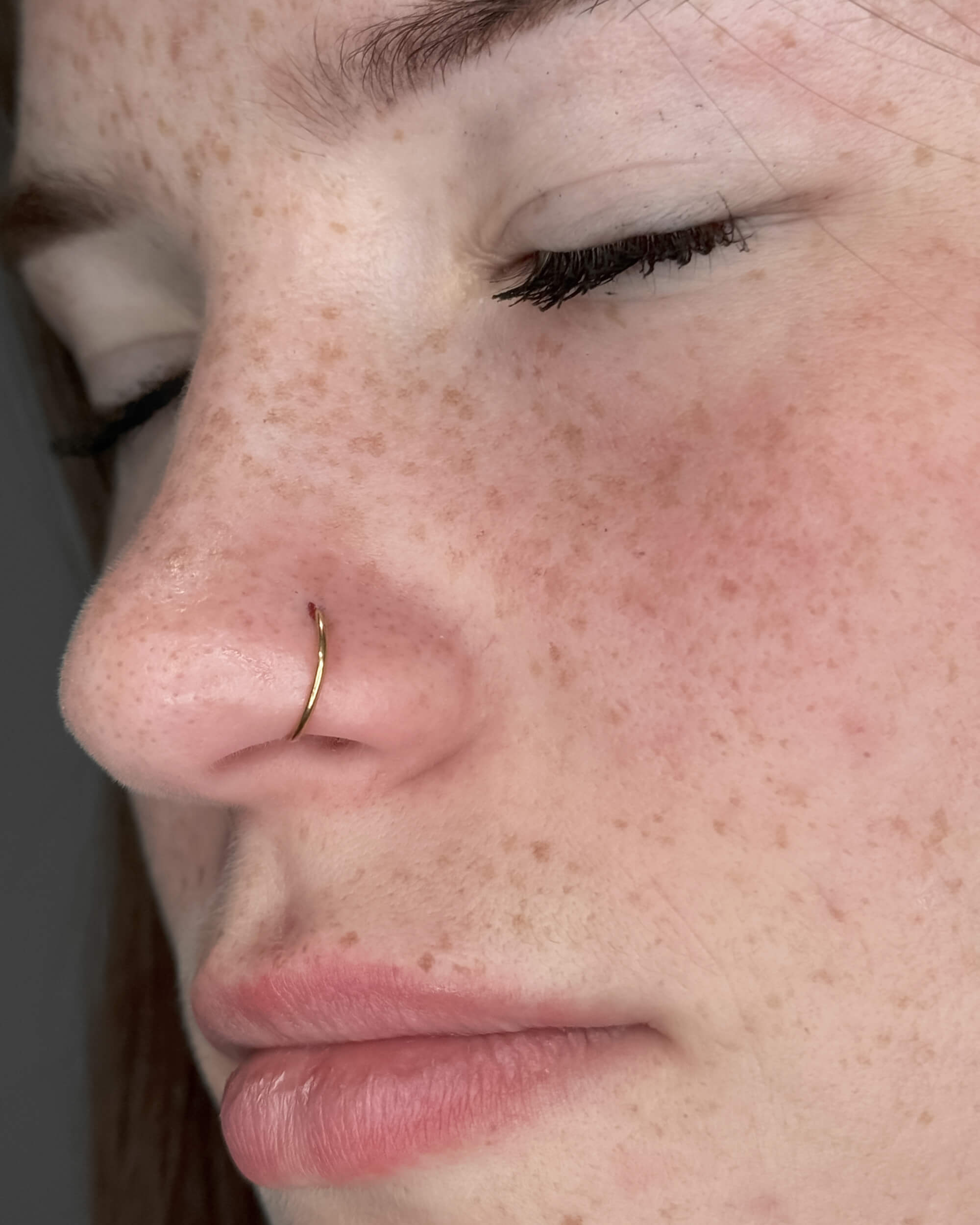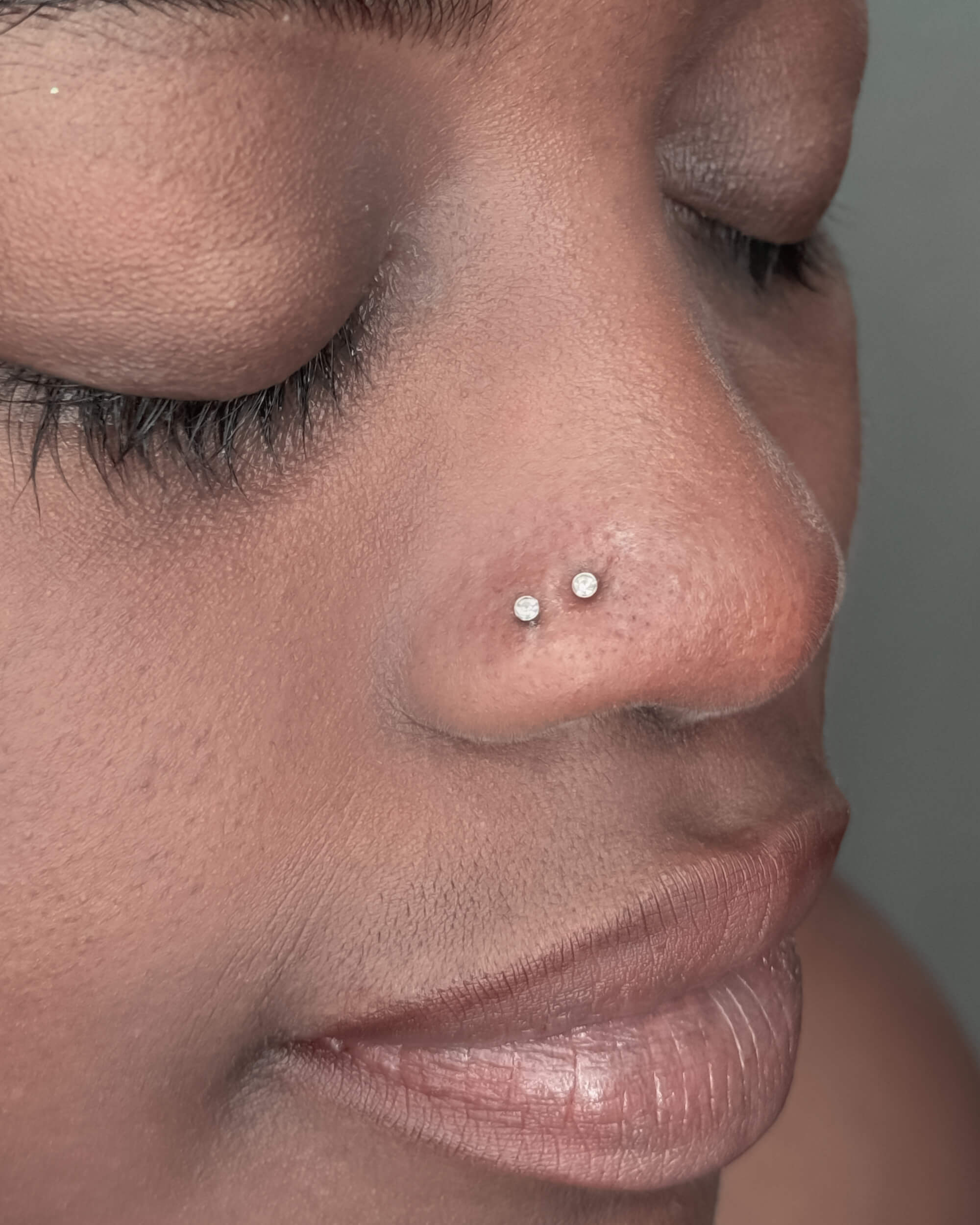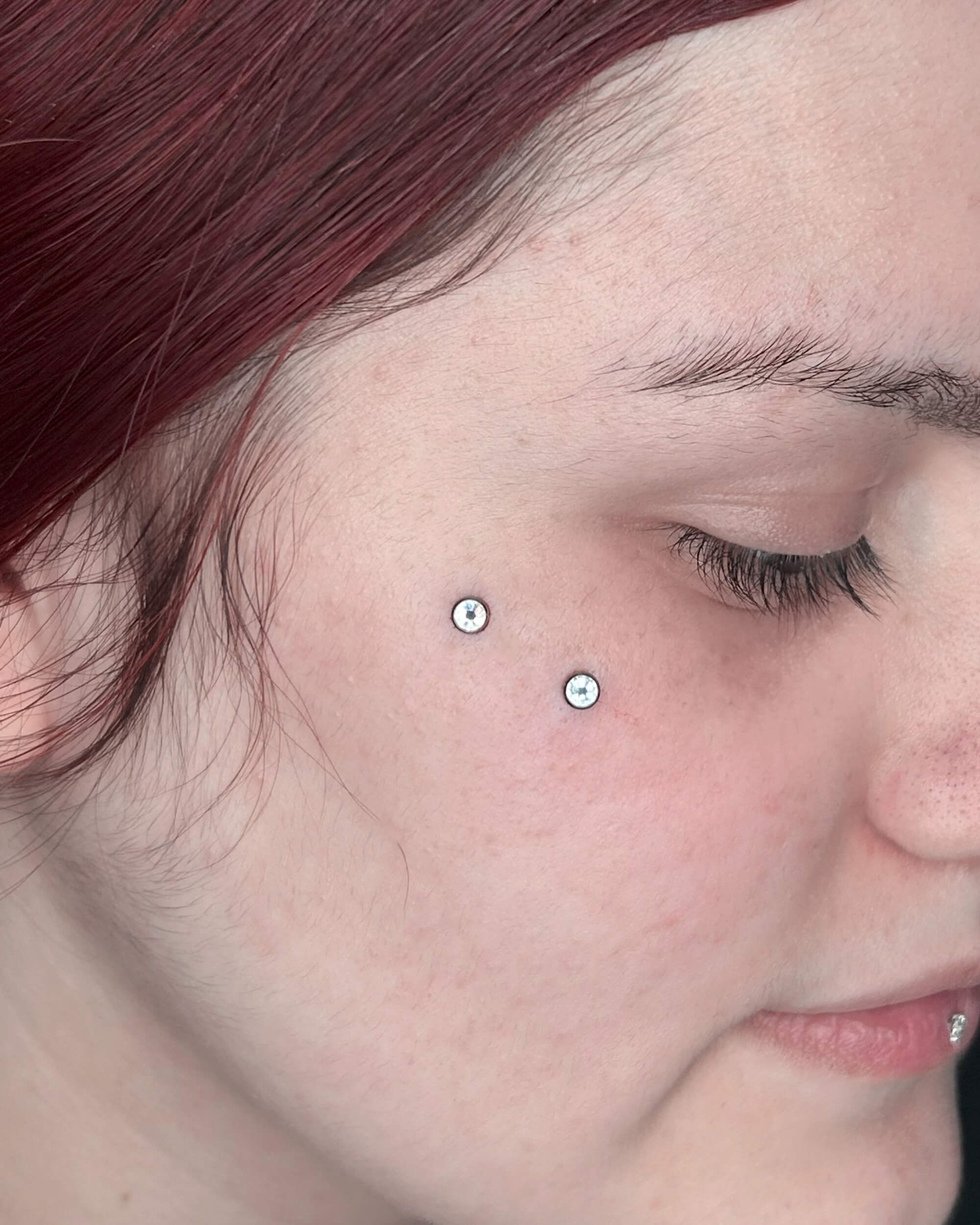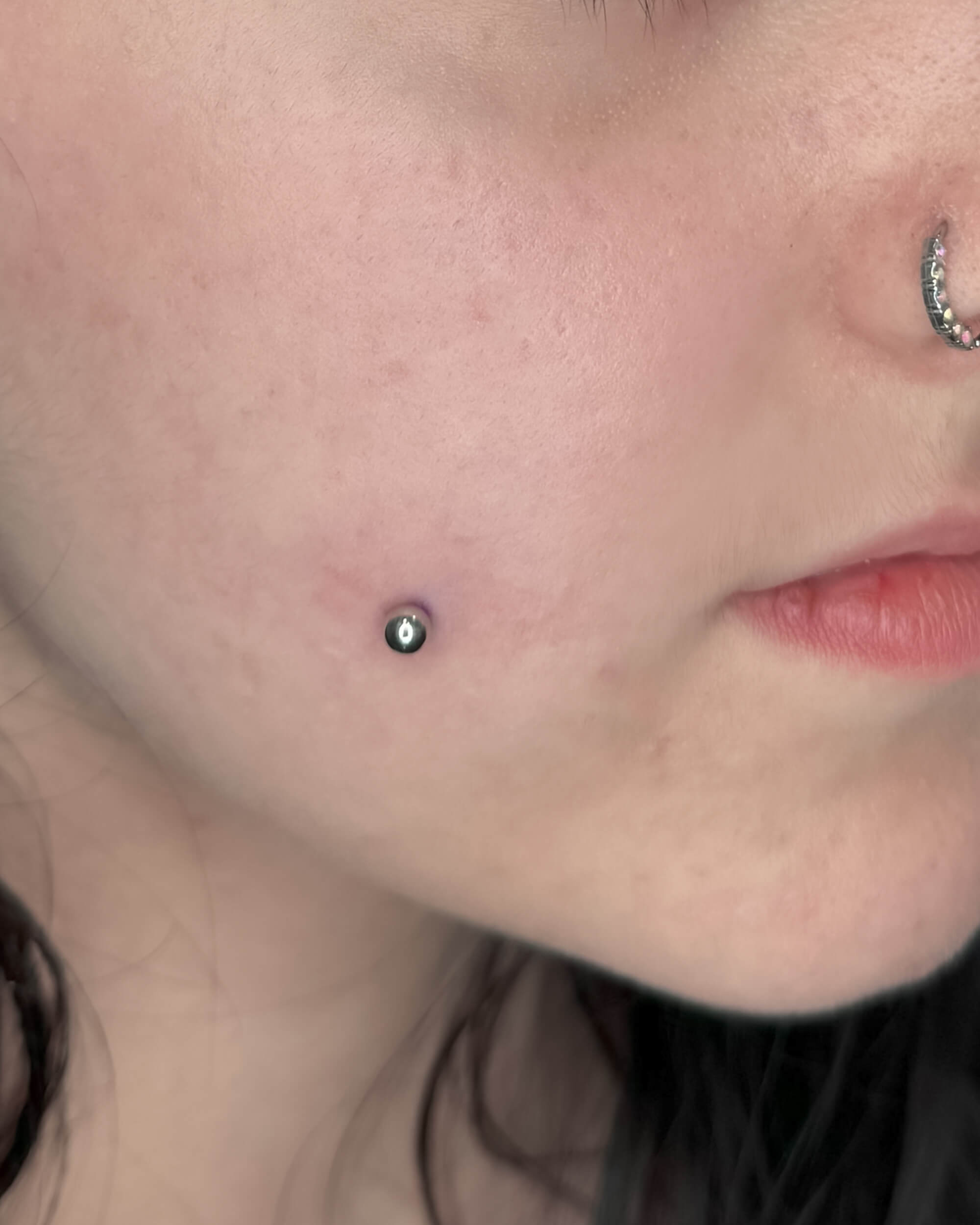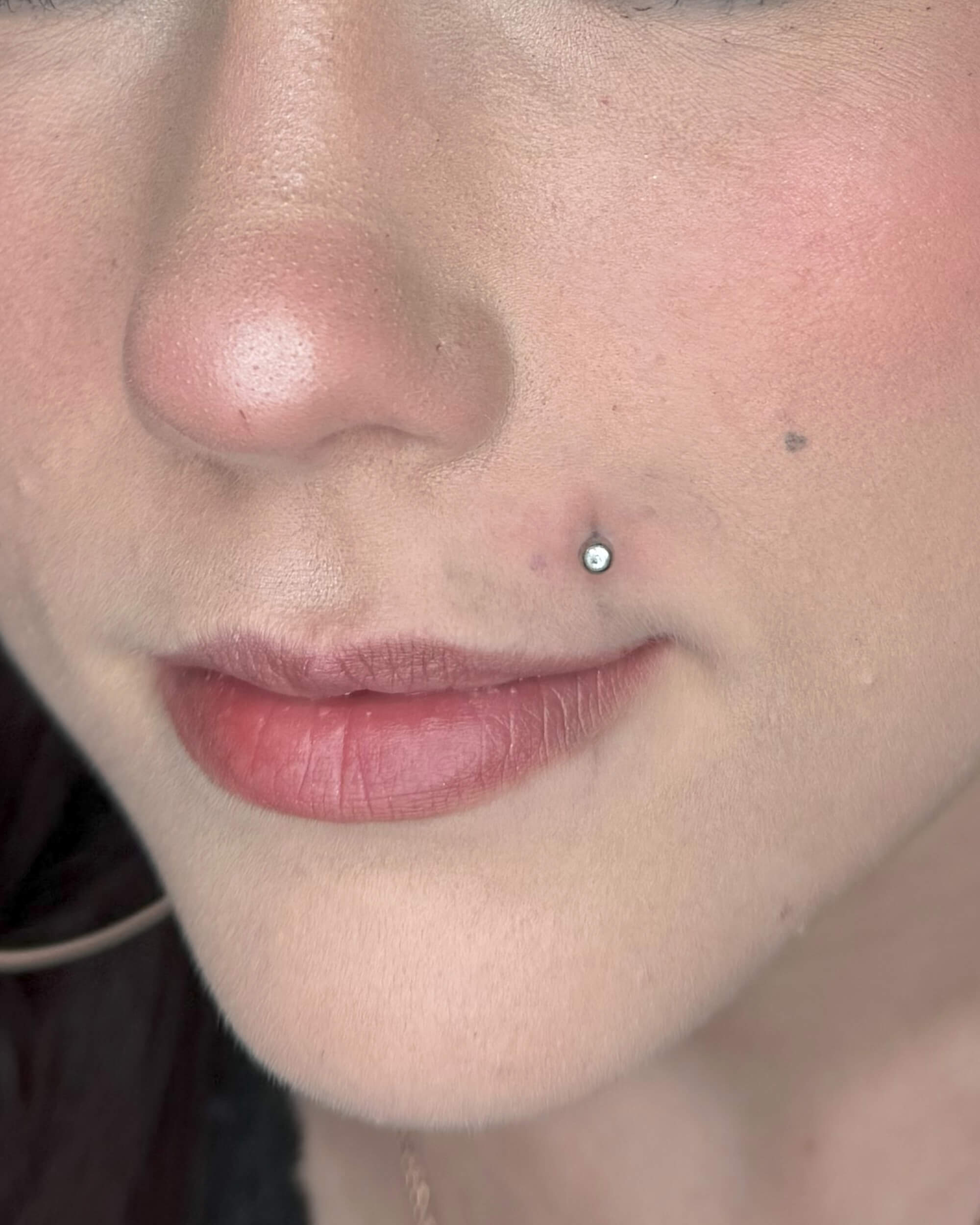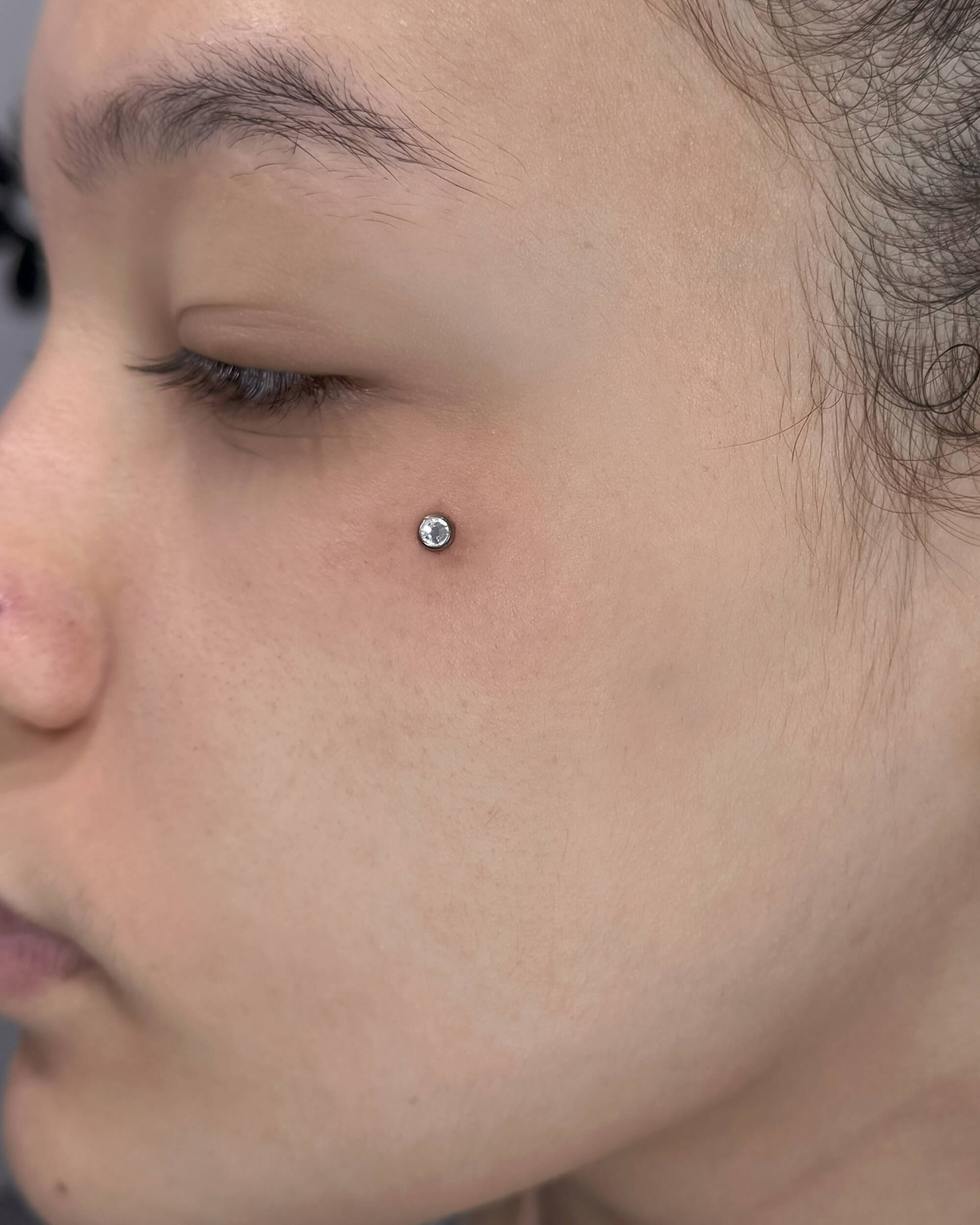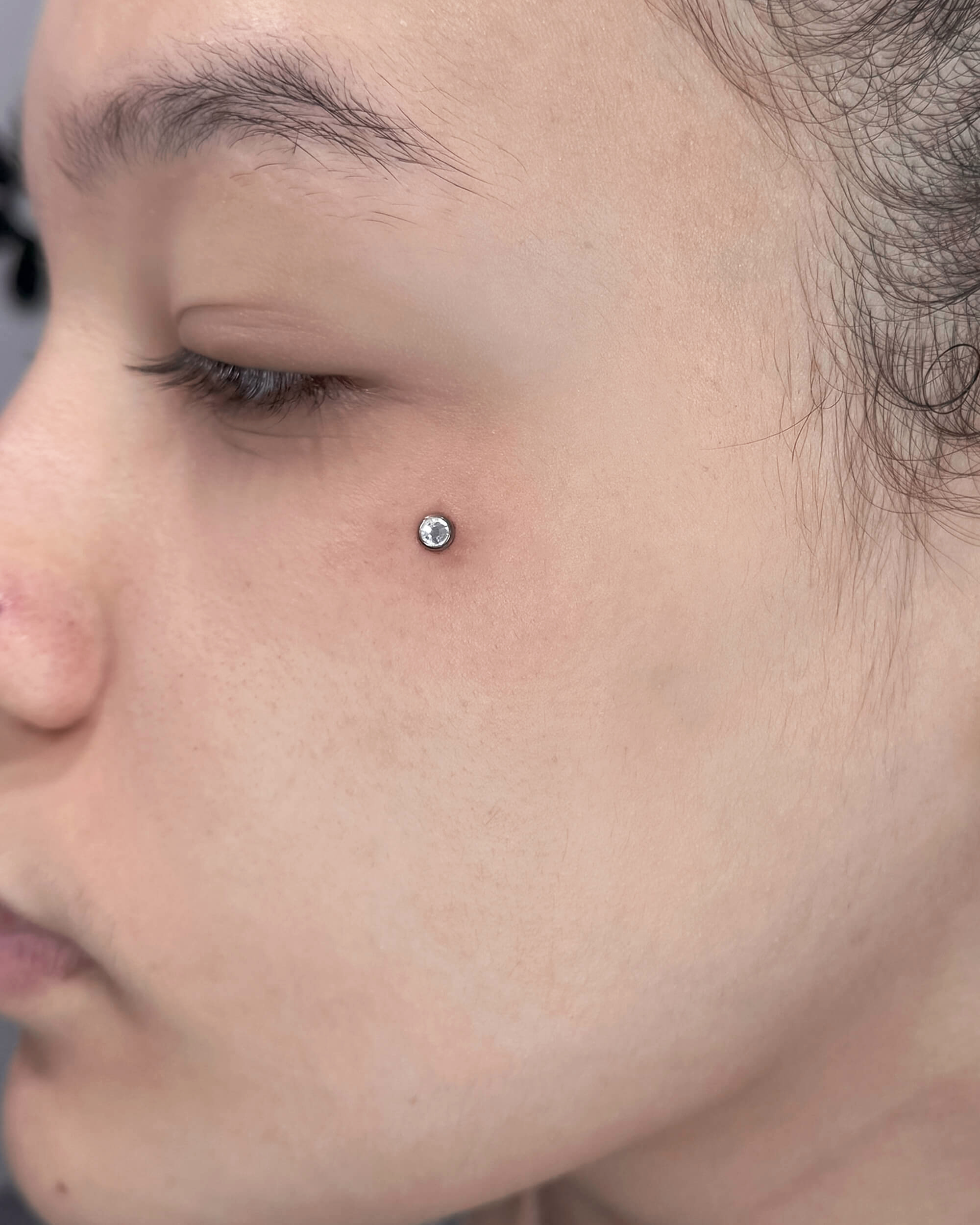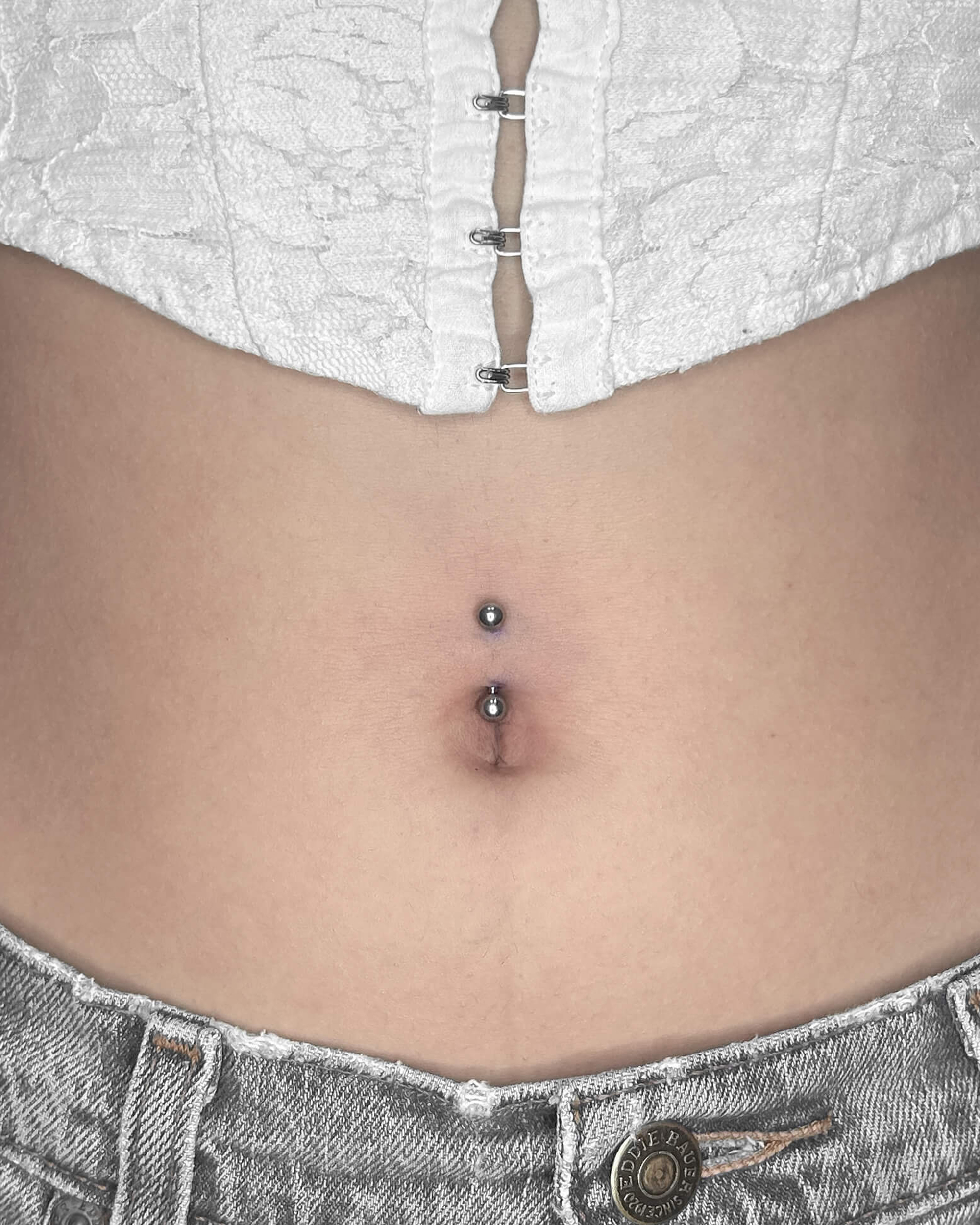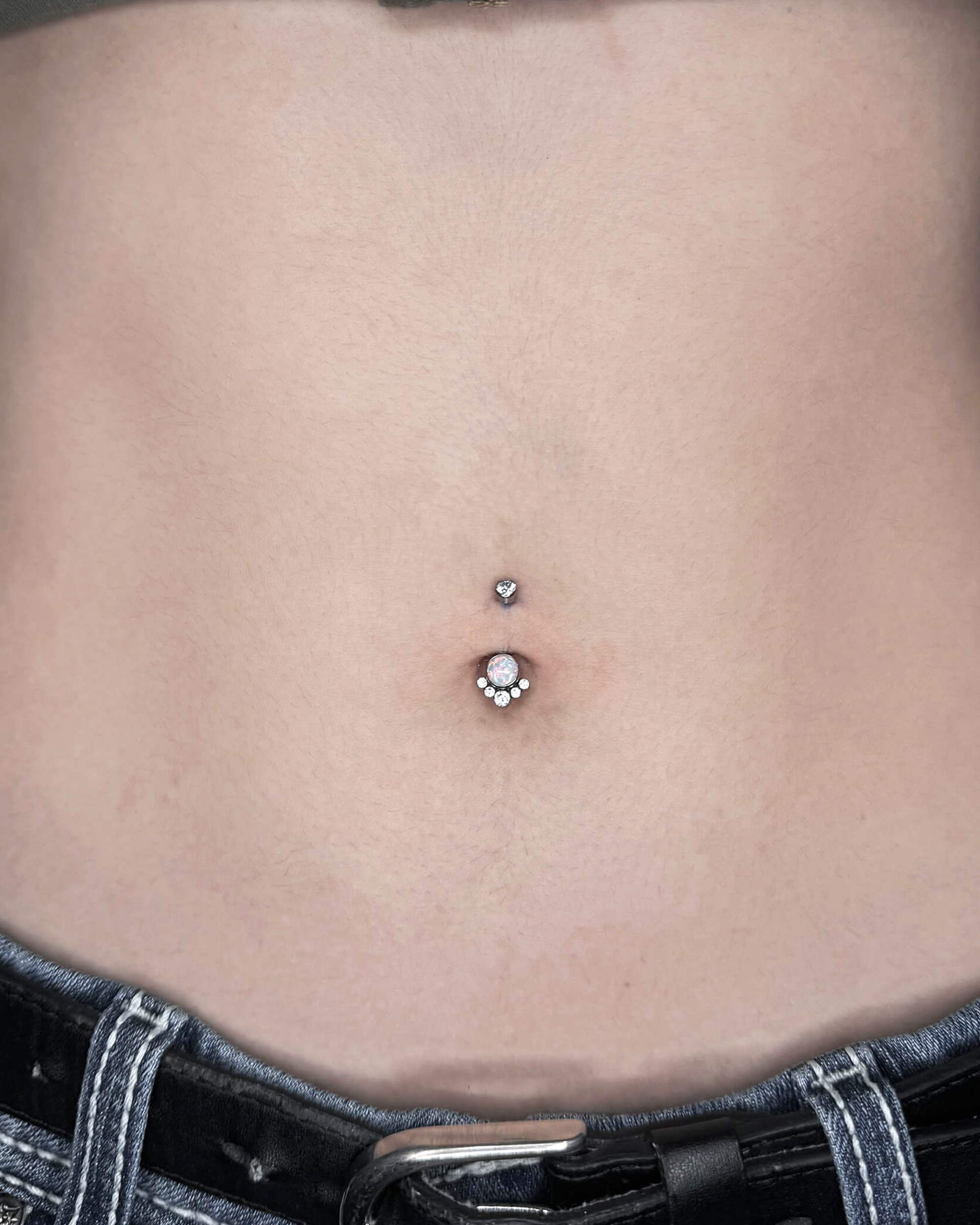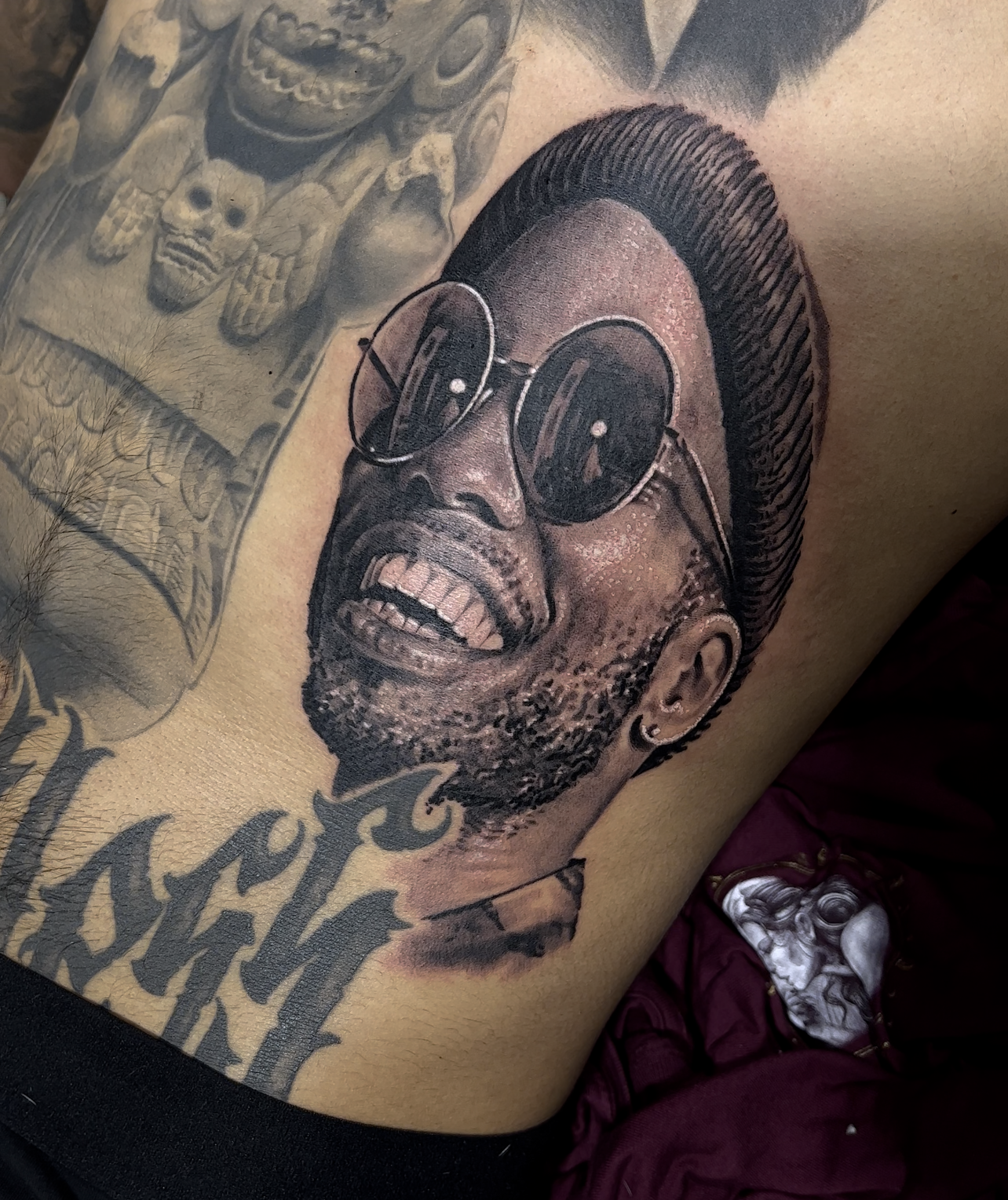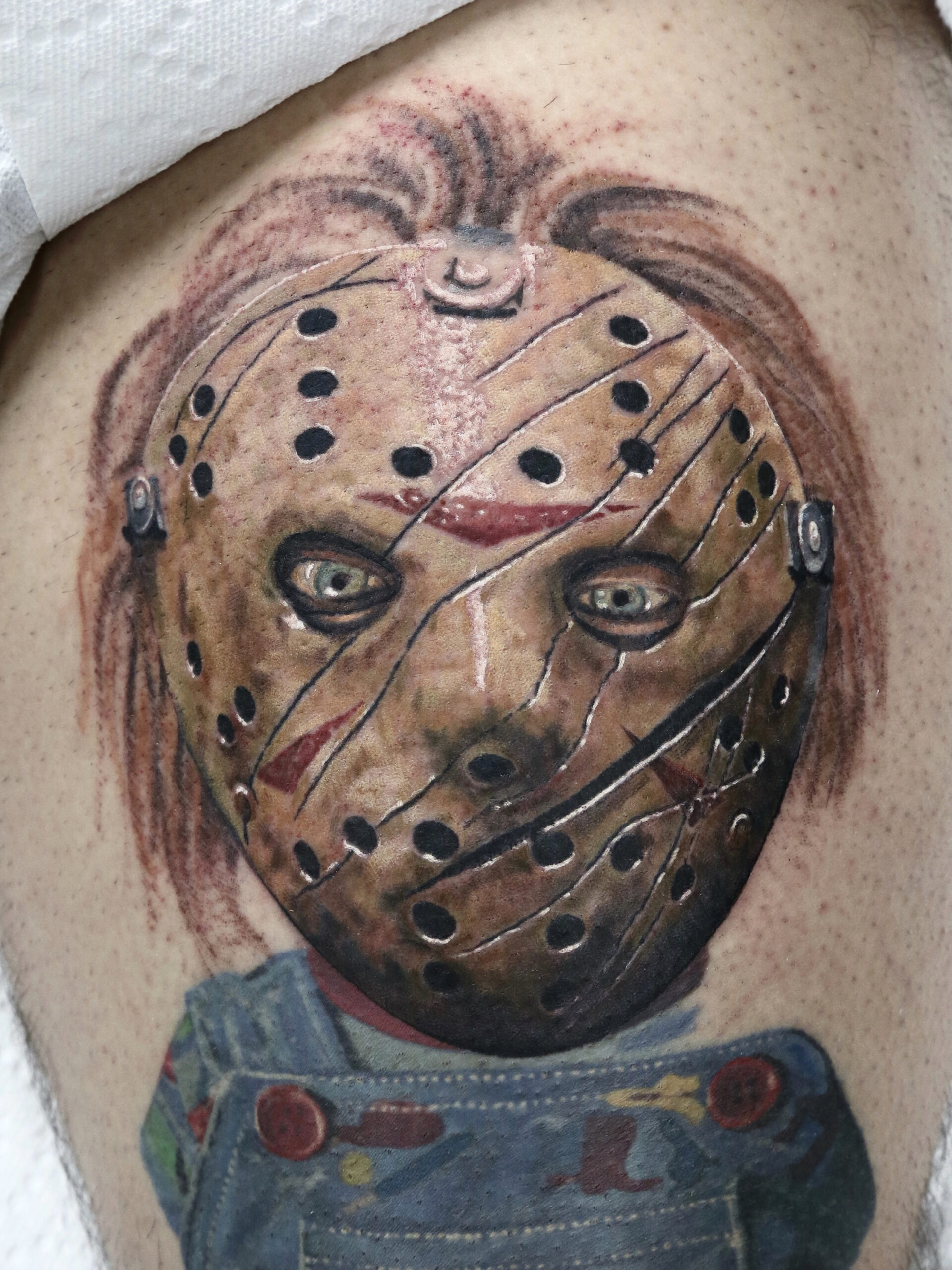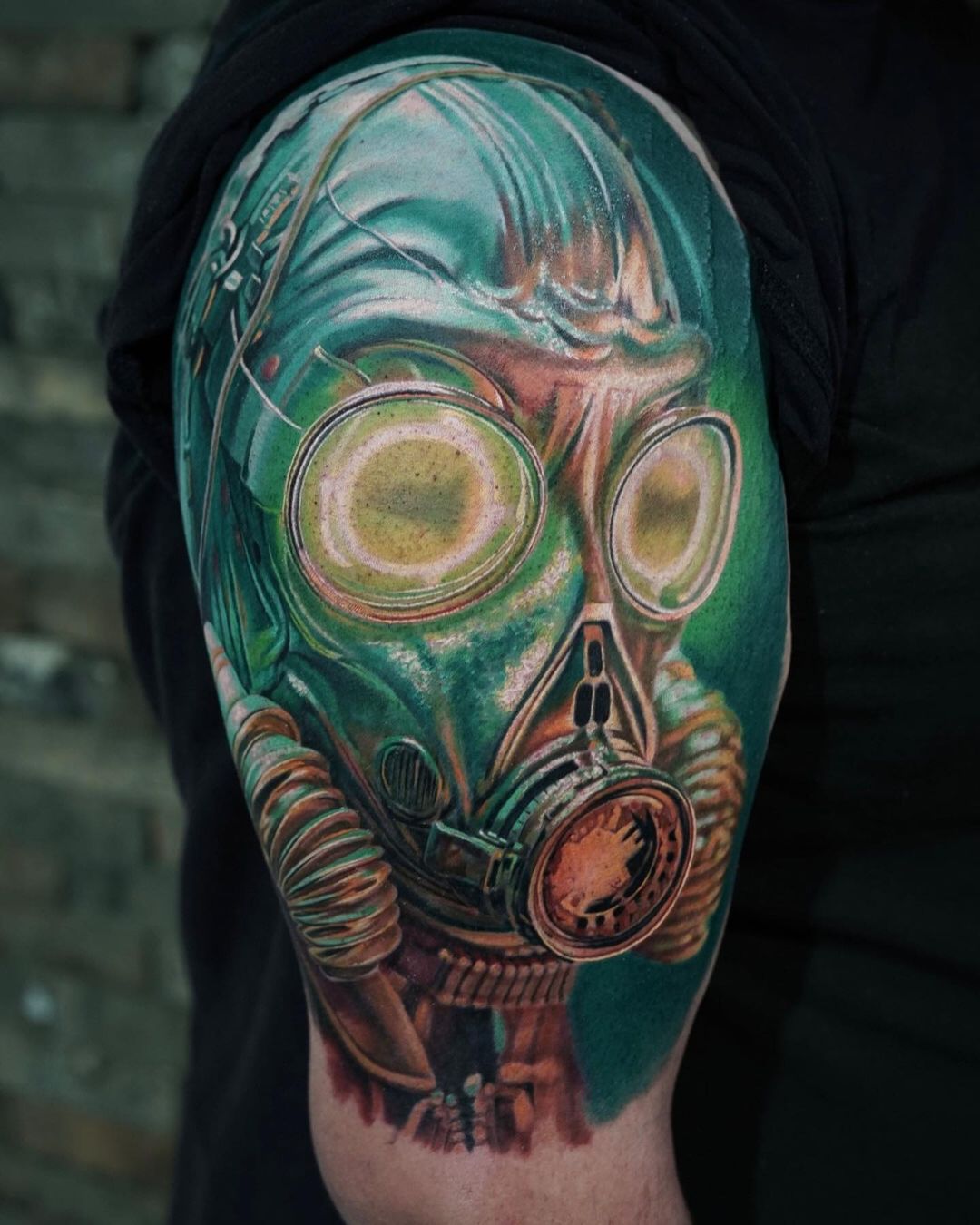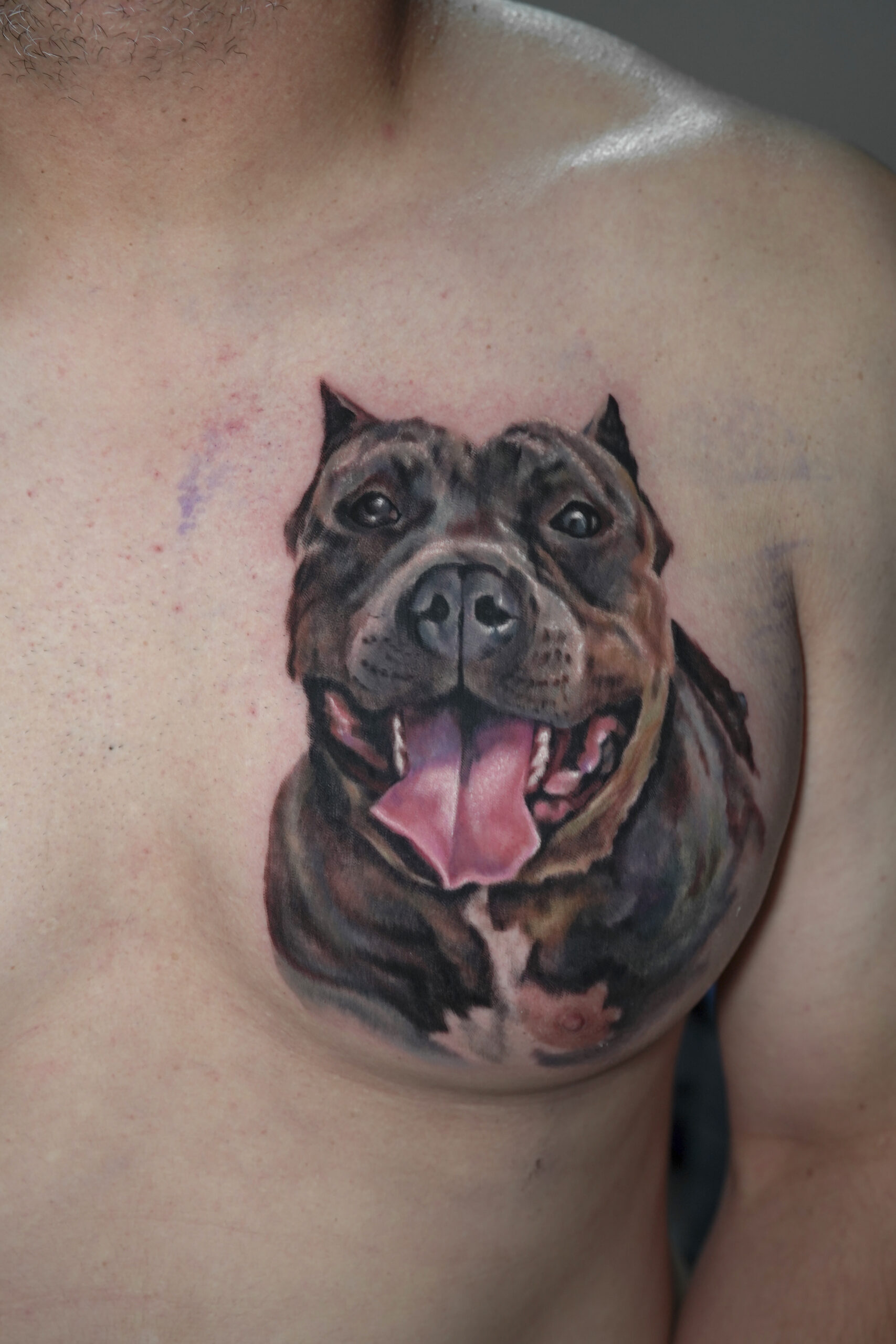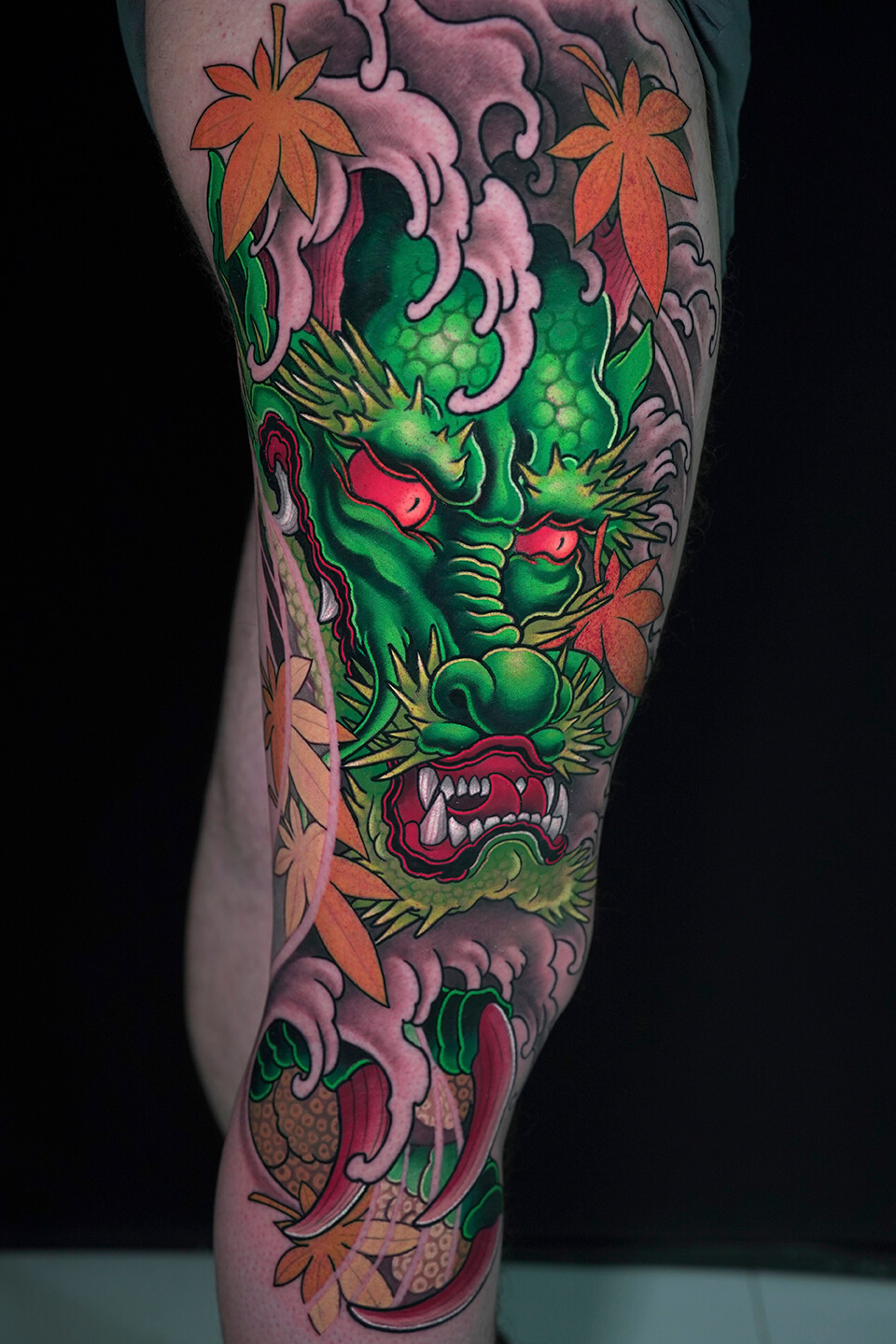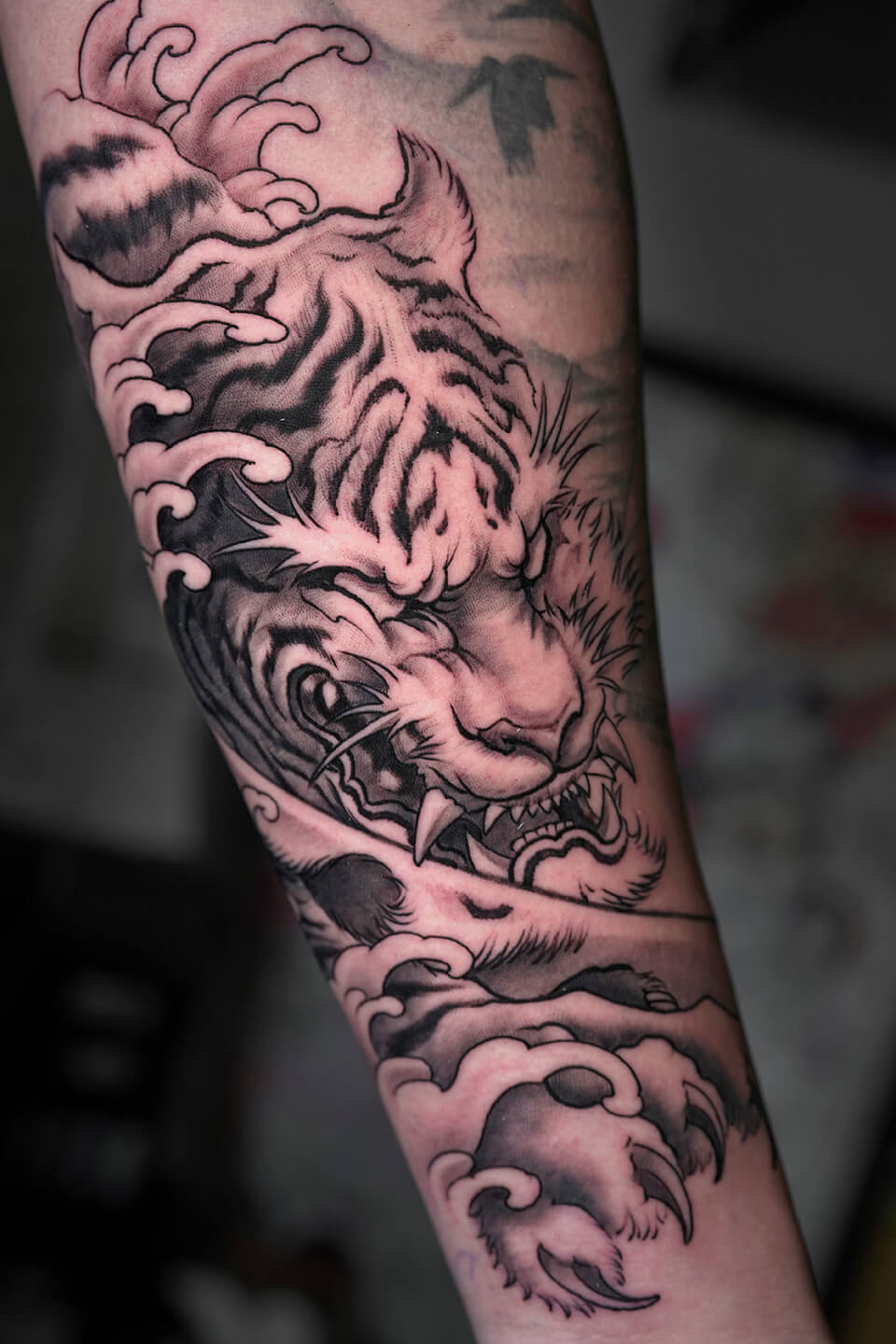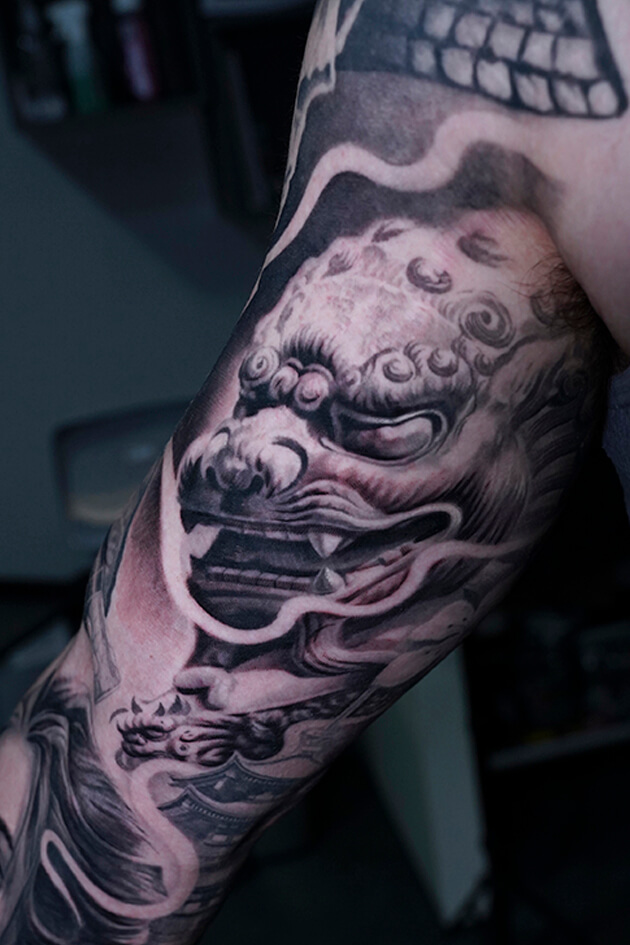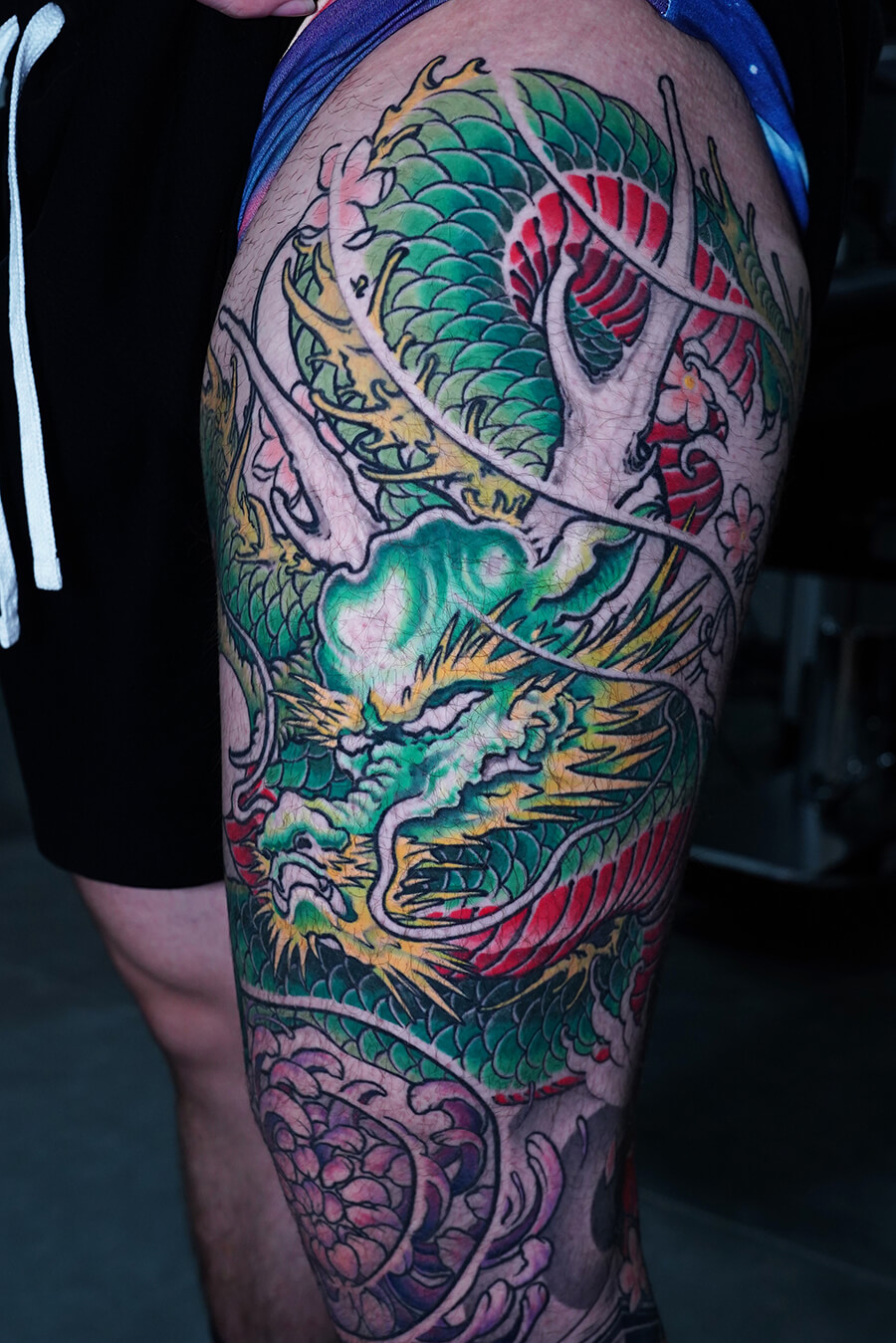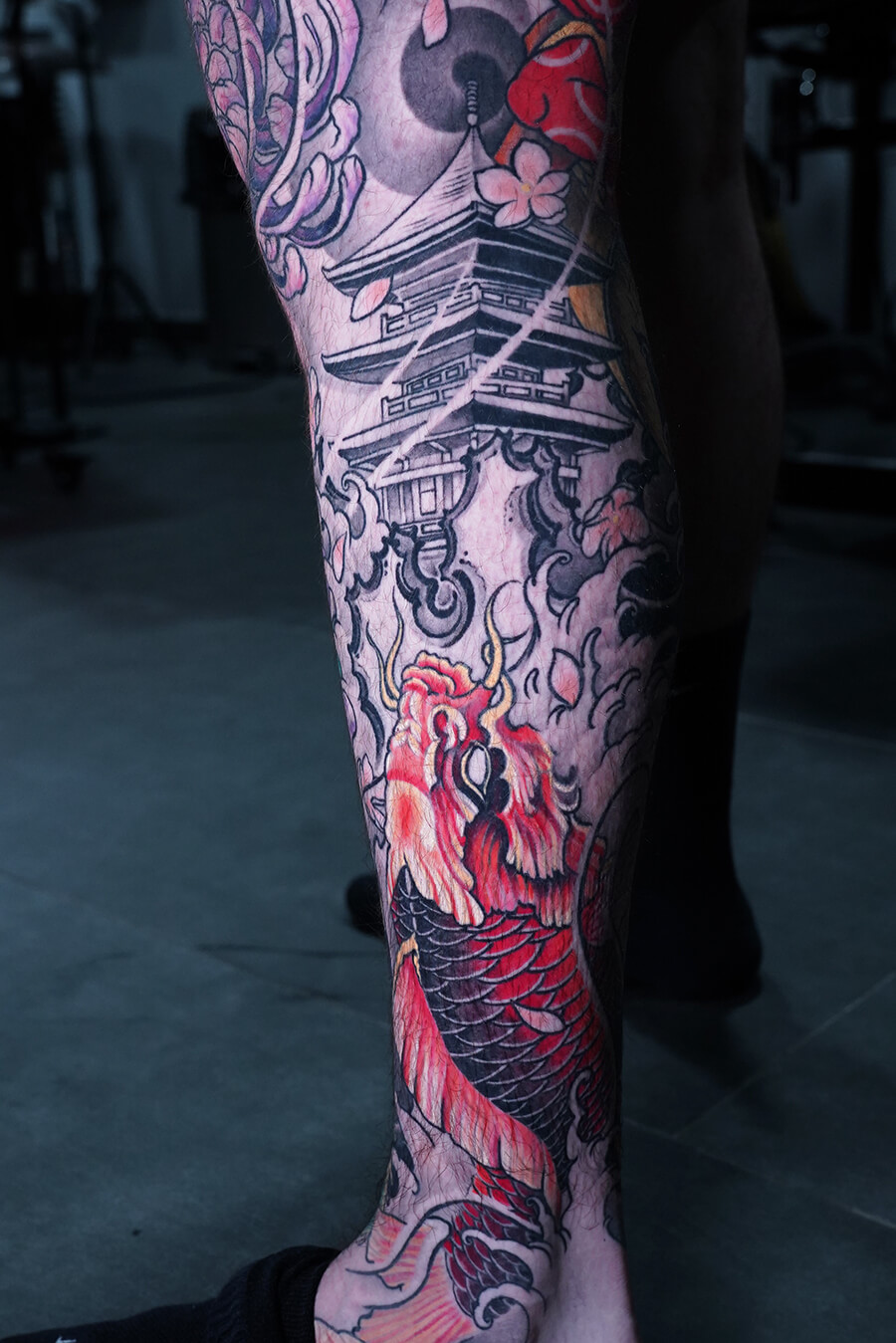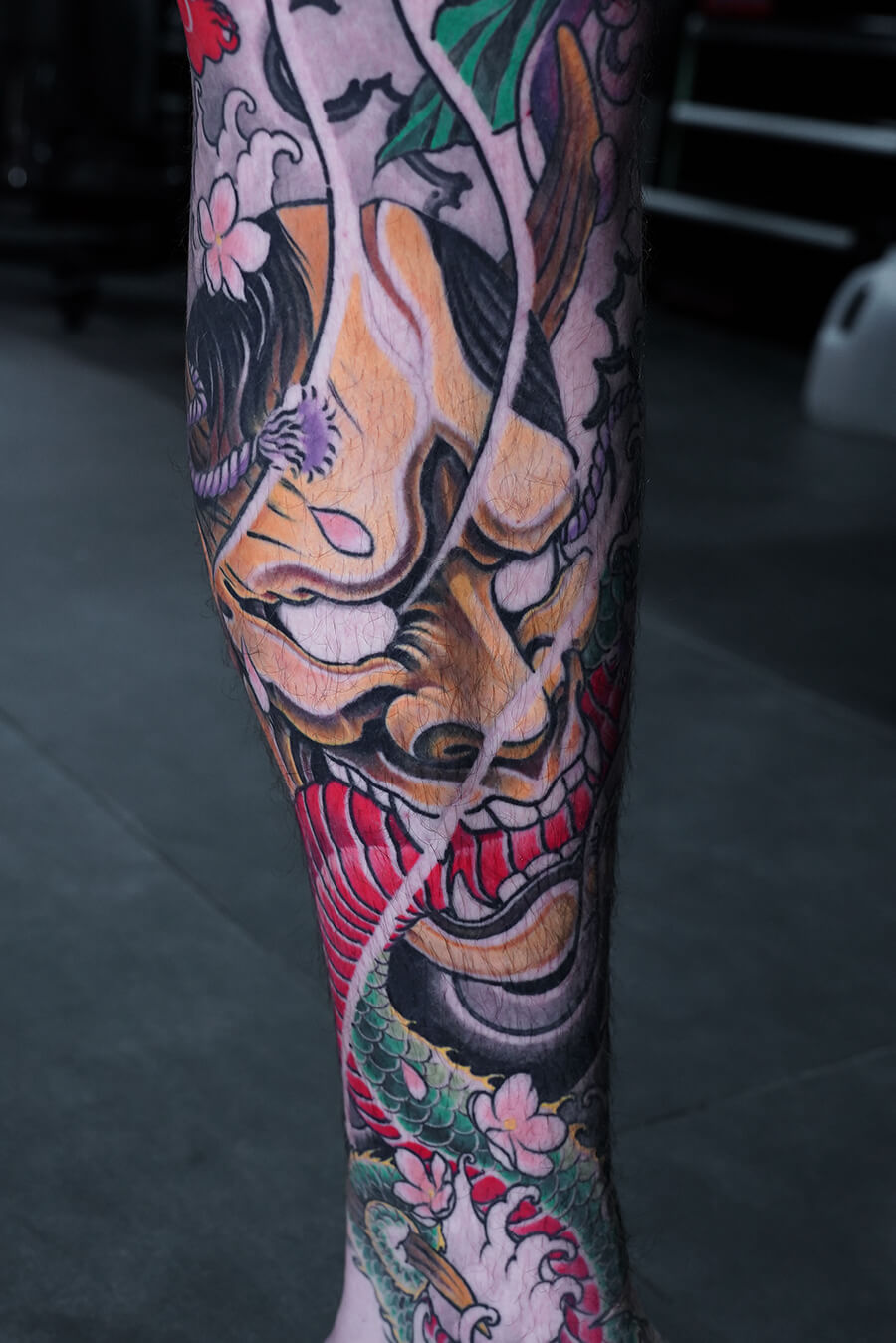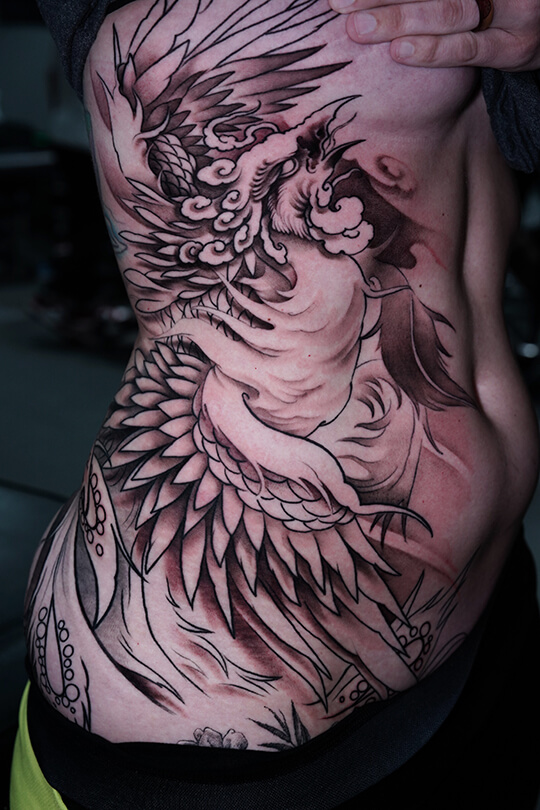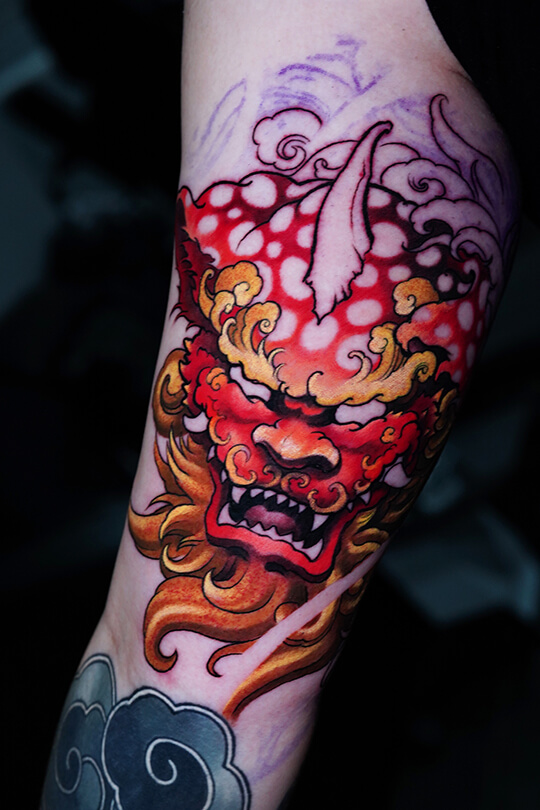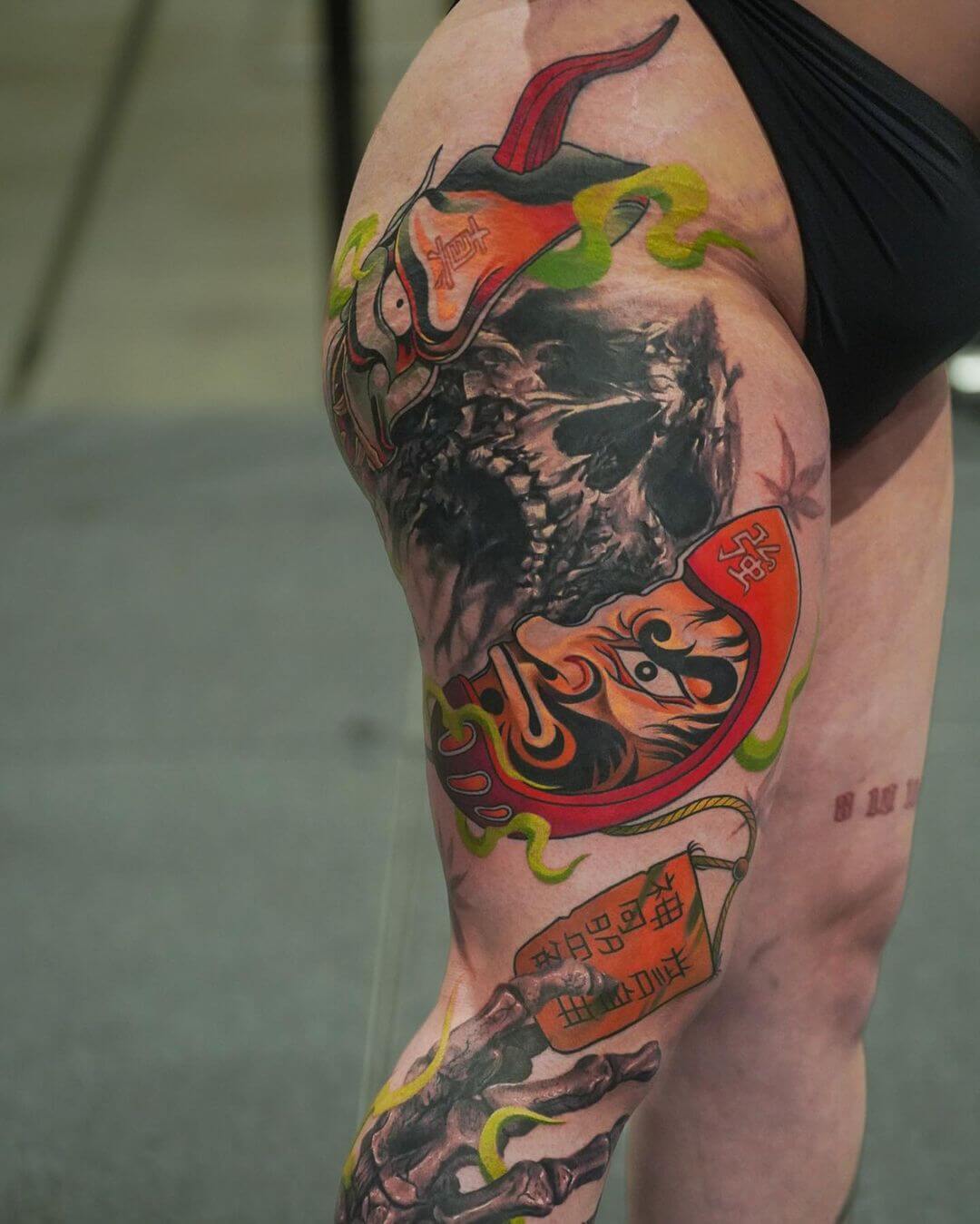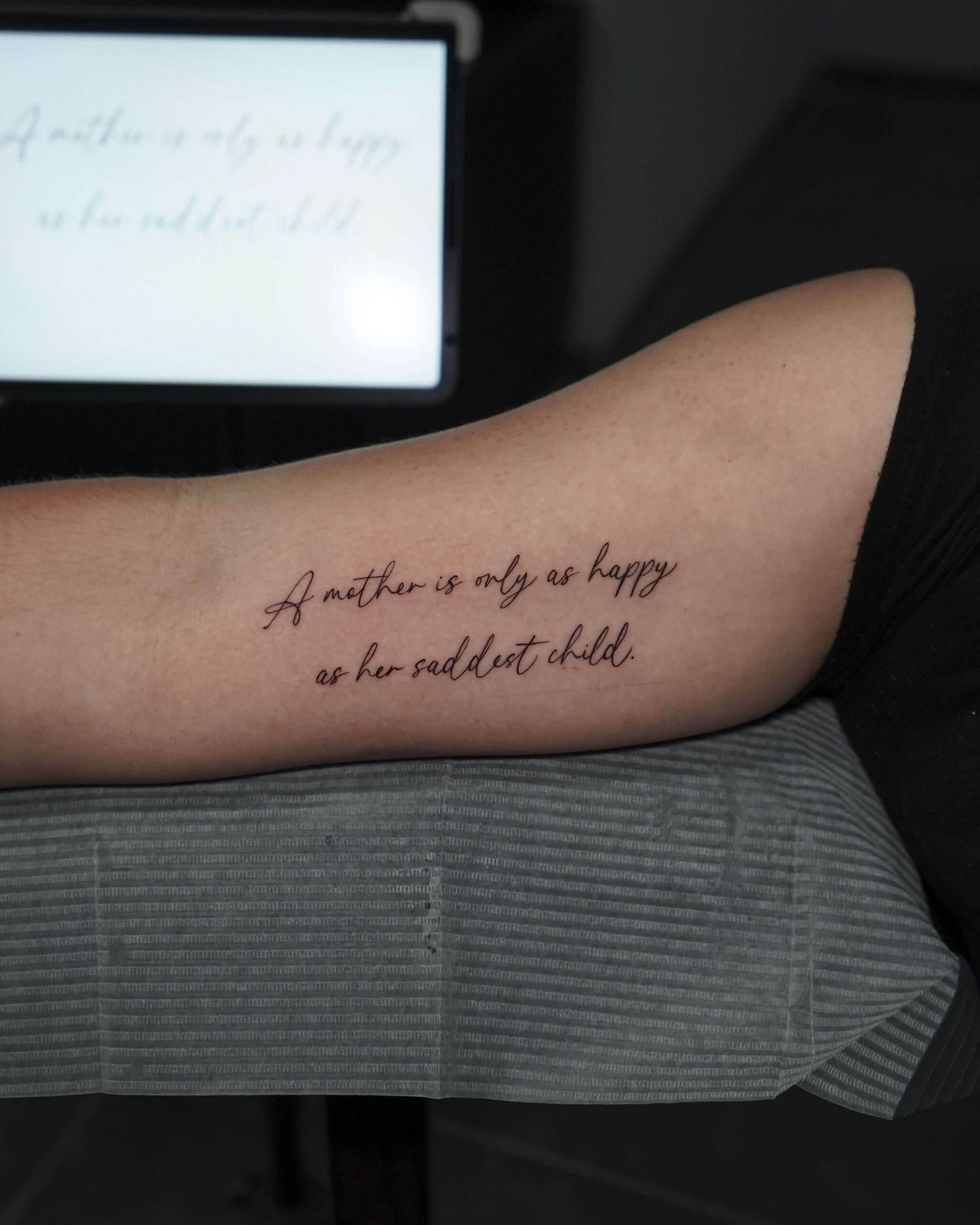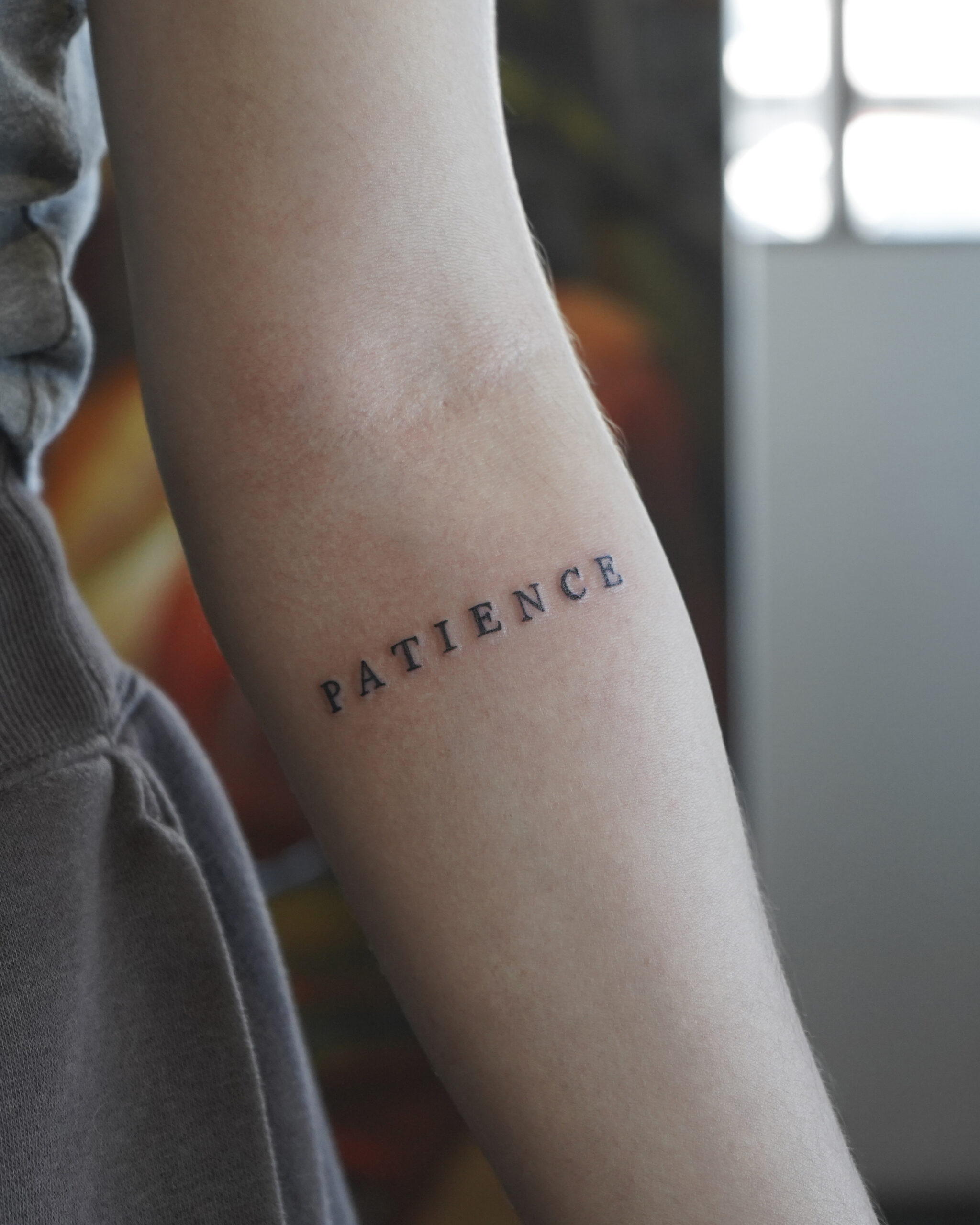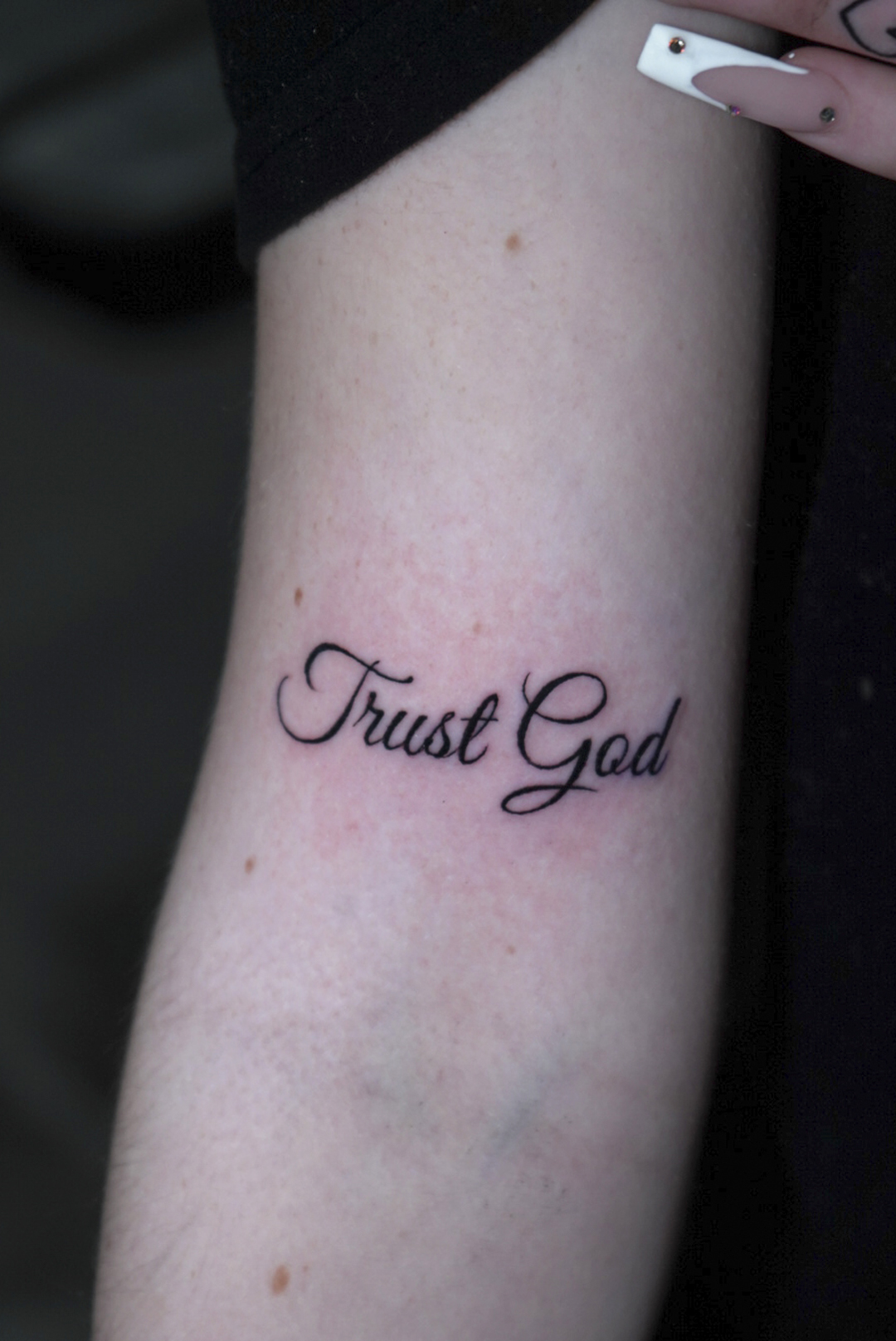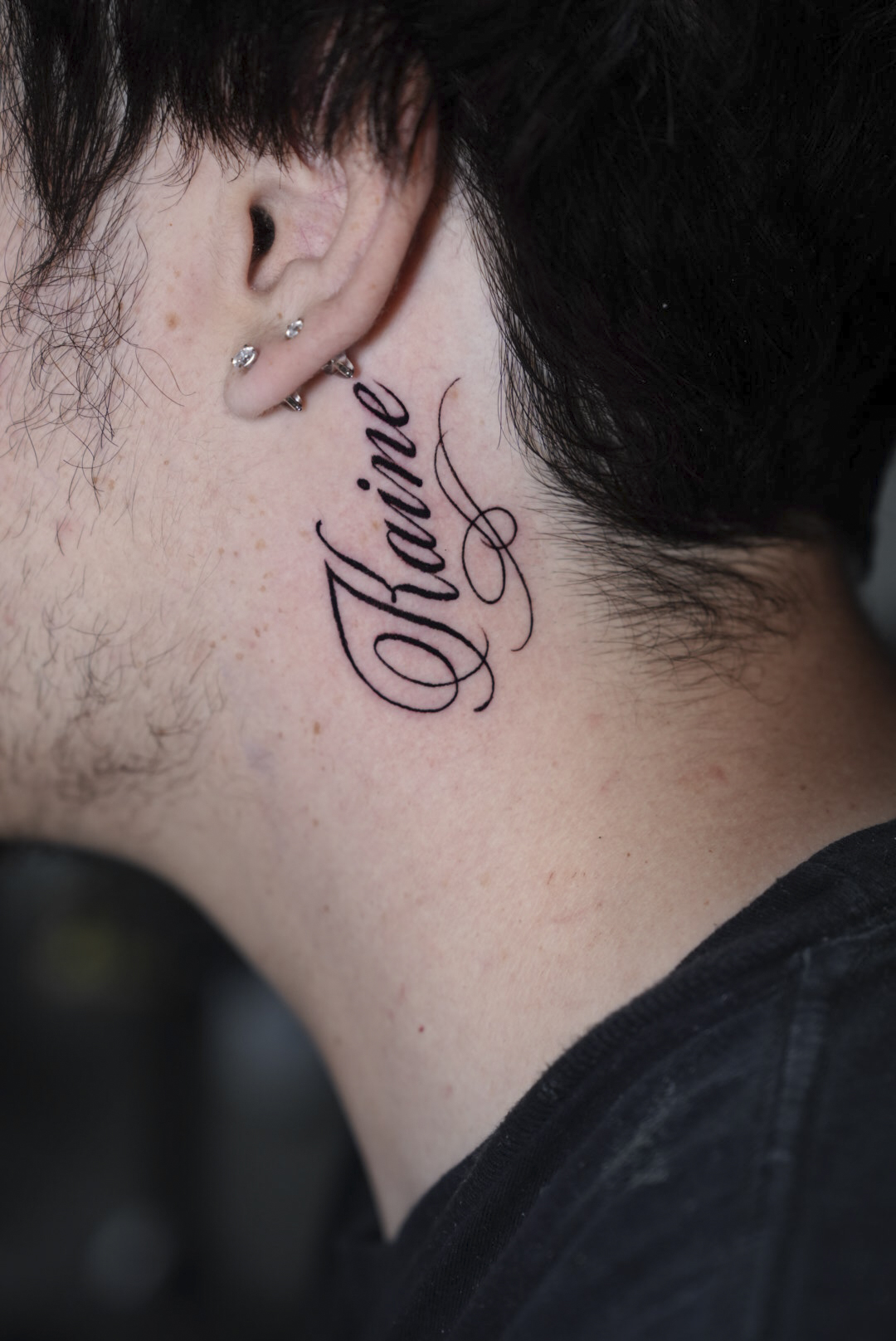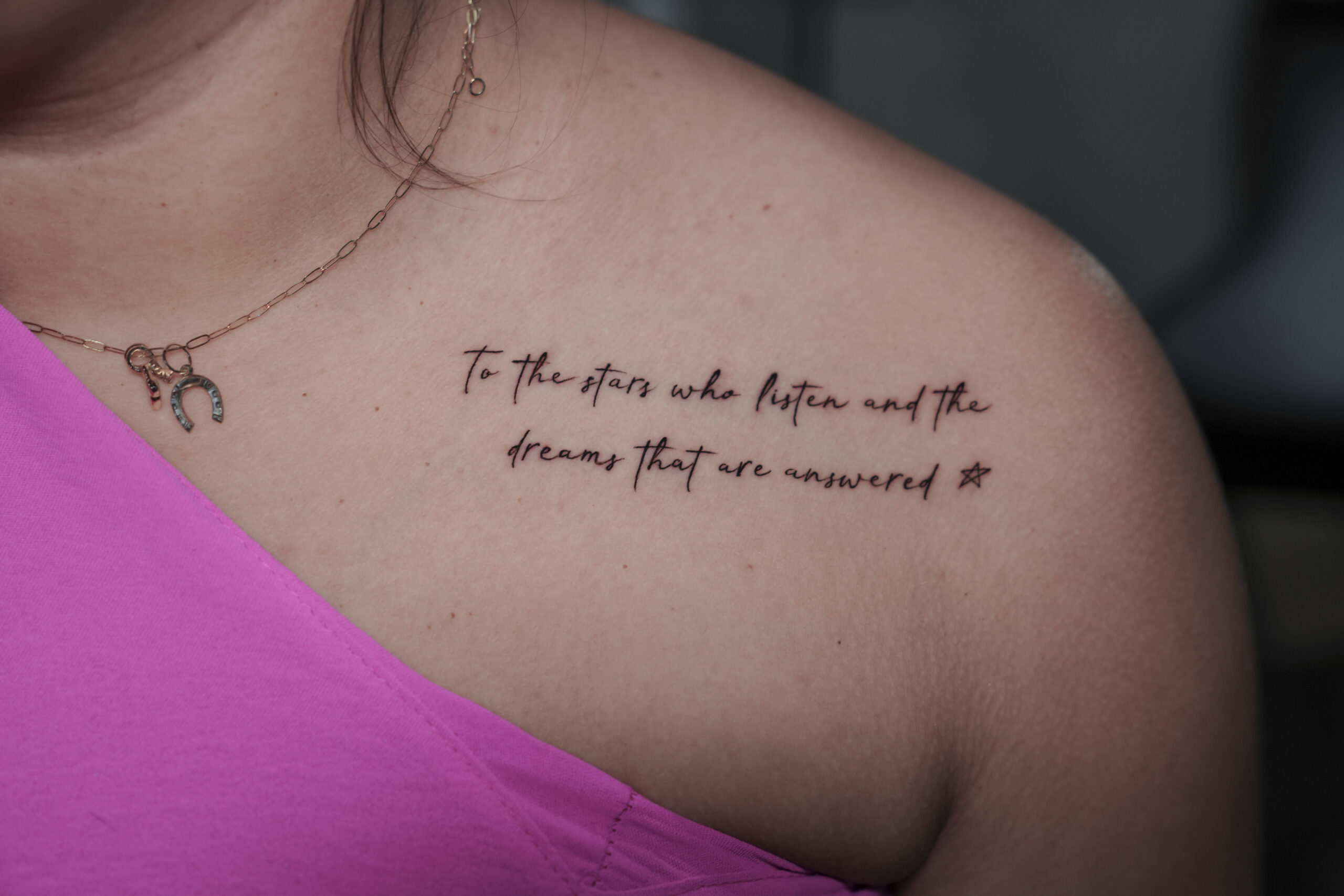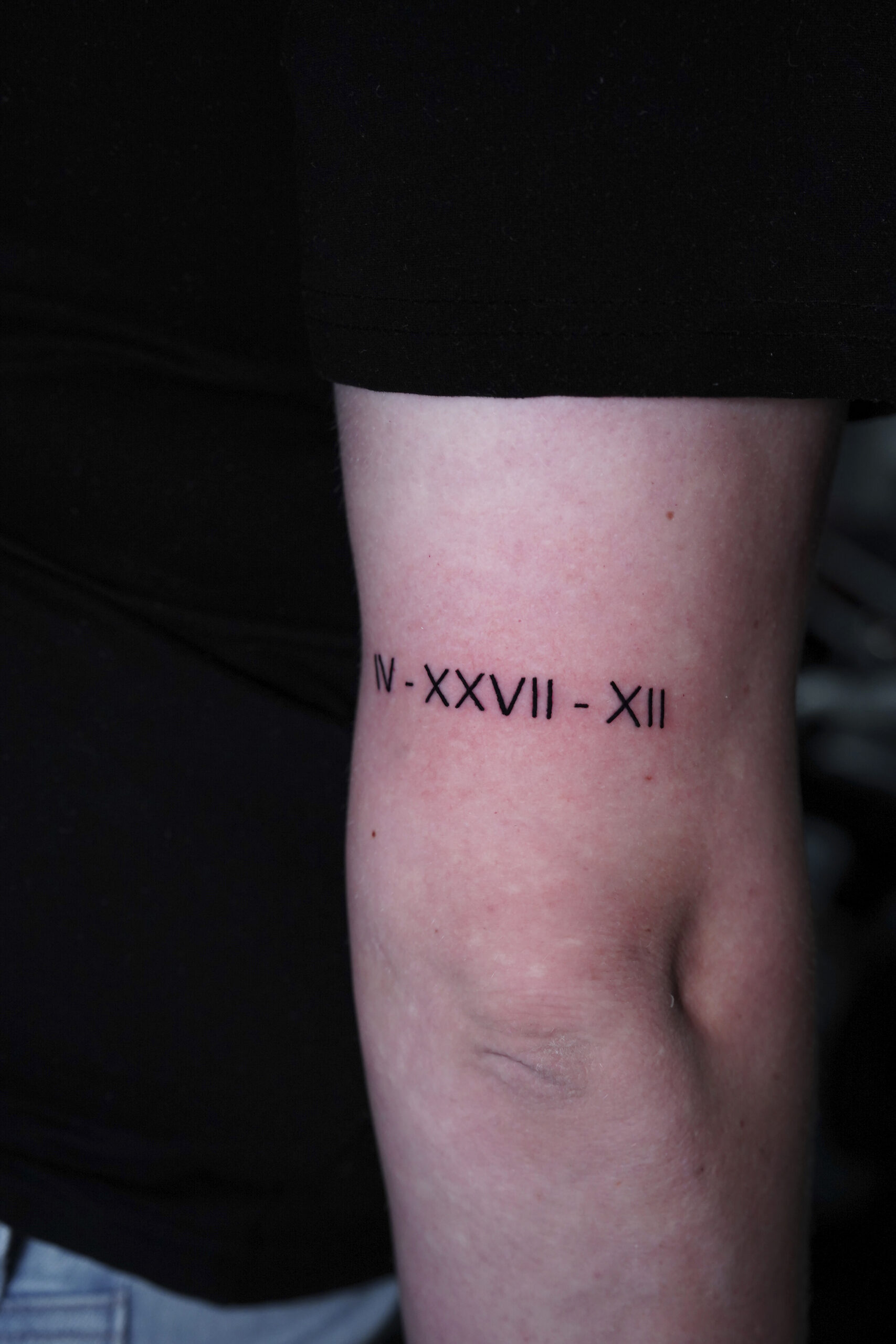The journey of tongue piercing transformation extends beyond the piercing chair. While the modification itself takes only moments, the healing process requires weeks of attentive care with your dietary choices playing a crucial role in comfort, healing speed, and complication reduction. This guide will navigate you through the nutritional landscape of tongue piercing recovery, helping you make informed choices that support healing while minimizing pain and complications.
How do Tongue Piercings Affect Eating?
The tongue serves as both a sensory organ and a mechanical tool essential for consuming food. When pierced, this dynamic muscle experiences significant changes that temporarily alter its function and sensitivity.
- Swelling: Perhaps the most immediate and noticeable effect, swelling can increase your tongue’s size by up to 50% during the first 3-5 days. This enlargement limits mobility, making chewing and swallowing more challenging.
- Altered Sensation: The piercing creates new sensory feedback, temporarily disrupting your tongue’s ability to accurately gauge temperature, texture, and even flavor intensity.
- Mechanical Interference: The jewelry itself—typically a straight barbell during healing—creates a physical obstacle that your mouth must learn to navigate when manipulating food.
- Extended Healing Timeline: While external swelling diminishes within the first week, internal healing continues for 4-8 weeks. The piercing channel itself forms a fistula (a permanent tissue-lined channel) during this period, remaining sensitive to irritation from challenging foods.
What to Eat After Tongue Piercing: Foods to Avoid and Recommended Diet
Creating an optimal healing environment for your new tongue piercing requires strategic food choices that evolve as healing progresses. What you consume directly impacts comfort, swelling levels, and infection risk during this critical period.
Foods and Drinks to Strictly Avoid During Healing
Alcohol: Beyond the burning sensation it causes, alcohol thins the blood (potentially increasing swelling), dehydrates tissues, and impairs your immune system’s ability to support healing.This includes alcoholic beverages, alcohol-based mouthwashes, and foods prepared with alcohol that hasn’t been fully cooked off.
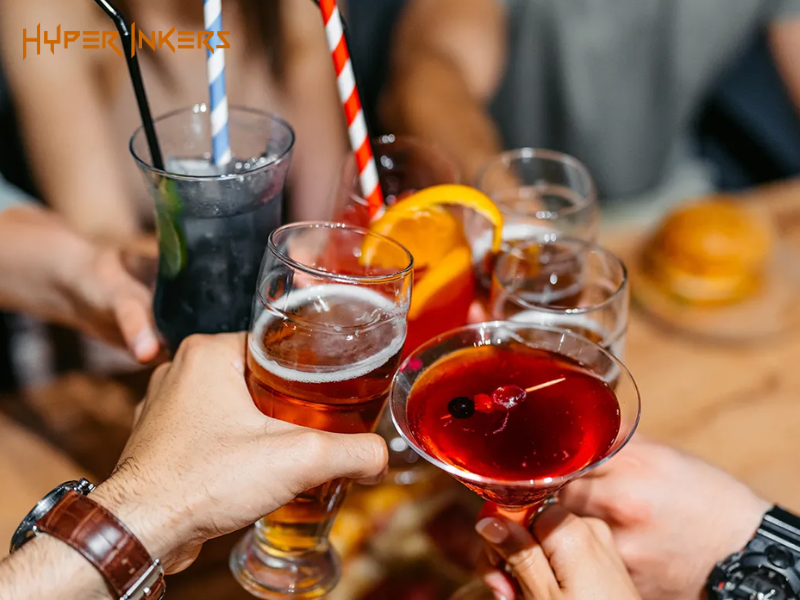
Extremely Hot Foods and Beverages: Excessive heat increases blood flow to the already swollen tongue and can cause painful contact with sensitive piercing sites. Allow soups, teas, and hot dishes to cool down to warm or room temperature before consuming.
Tobacco Products: Smoking introduces harmful chemicals that constrict blood vessels (limiting healing blood flow), while the mechanical action itself risks jewelry impact. Additionally, tobacco increases infection risks by introducing bacteria directly to the piercing site.
Extremely Spicy Foods: Capsaicin and other spicy compounds trigger intense burning sensations around the wound site, increasing inflammation and discomfort. Foods containing peppers, hot sauce, wasabi, horseradish, and strong spices should be avoided.
Hard, Crunchy Textures: Foods requiring significant chewing force can accidentally impact the jewelry against teeth or the piercing site. Hard candies, nuts, chips, crackers, raw vegetables, and similar textures pose particular risks.
The Recommended Foods after Tongue Piercing
Rather than focusing solely on restrictions, consider embracing these healing-friendly foods that evolve as your piercing recovers:
Days 1-3
During this period, swelling peaks and discomfort is most pronounced. You need to focus on:
- Cold, Smooth Liquids: Ice water, smoothies, protein shakes, and meal replacement drinks provide hydration and nutrition without chewing requirements. Use a straw positioned away from the piercing site.
- Ice Pops and Slushes: The cold provides soothing relief while delivering hydration. Choose varieties without sharp flavors or excessive sugar.
- Cool Broths: Thinned and cooled vegetable or chicken broth offers savory nutrition without challenging textures.
- Yogurt: The cooling, smooth texture provides protein and calcium while being easy to consume. Also, greek yogurt offers additional protein benefits.
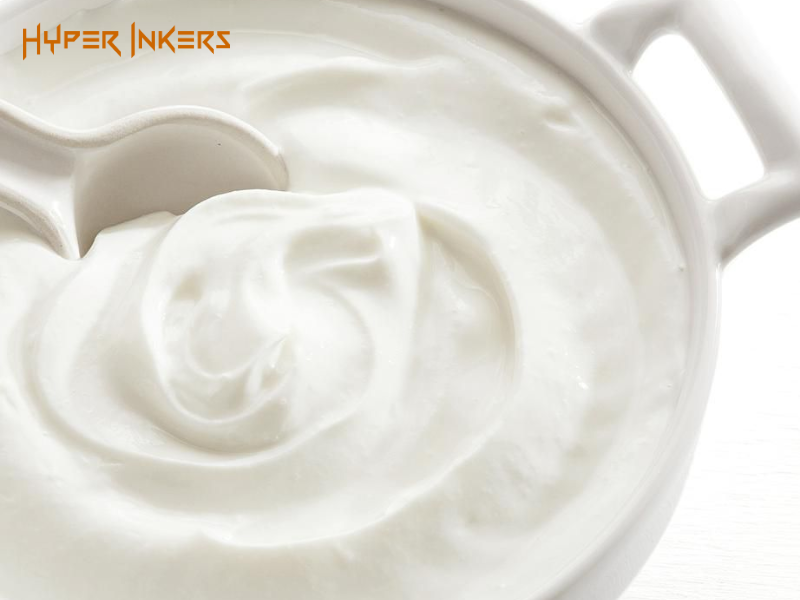
Weeks 2-3
After two weeks, swelling has largely resolved but internal healing continues:
- Soft Solid Foods: Well-cooked vegetables, tender meats cut into small pieces, pasta, rice, and soft sandwiches (without crusty bread) become manageable.
- Gradual Reintroduction: Cautiously test more textured foods like tender salads, softer fruits, and foods requiring moderate chewing, but stop if discomfort occurs.
- Continued Hydration: Maintain increased fluid intake to support healing, gradually reducing straw dependence as comfort allows.
Week 4 and Beyond
By this stage, most individuals can return to their pre-piercing diet by weeks 6-8, though it’s still important to stay mindful of the jewelry for oral safety. Throughout all healing phases, proper hydration remains essential. Water facilitates healing, helps manage swelling, and assists in keeping the piercing site clean. Aim for at least 8-10 glasses daily, more in hot weather or if engaging in physical activity.
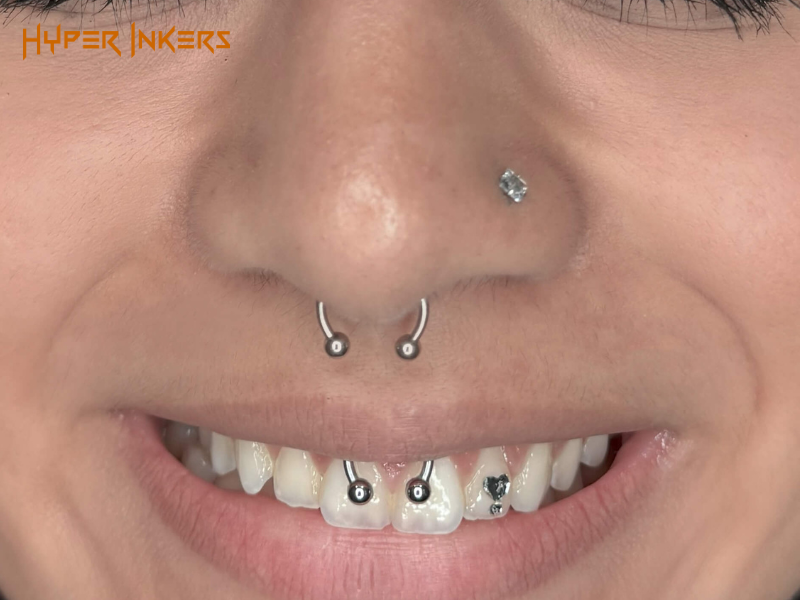
Why Choose Hyperinkers for Your Tongue Piercing
At Hyper Inkers, we understand that tongue piercings represent both an aesthetic choice and a significant commitment to aftercare. Our approach to tongue piercings extends beyond the technical procedure to thorough aftercare support throughout your healing journey.
Our clients consistently report smoother healing experiences and fewer complications thanks to our emphasis on proper technique, quality jewelry, and detailed aftercare guidance, including specific nutritional recommendations tailored to tongue piercing recovery.
FAQs About Eating With a New Tongue Piercing
How long until I can eat solid foods after getting my tongue pierced?
You should avoid eating solid foods for at least the first two weeks after getting a tongue piercing. Listen to your body throughout this progression. During this time, focus on soft, easy-to-swallow foods that won’t disturb the piercing or cause discomfort. After two weeks, you can gradually begin introducing firmer foods, but if you experience pain, swelling, or irritation, you need to slow down and return to softer options. Healing times vary for each individual, so patience and care are key to a successful recovery.
How can I tell when my tongue piercing has healed enough to safely eat solid or tougher foods?
A tongue piercing is generally considered initially healed when the swelling and pain have mostly subsided, which typically occurs within a few weeks after the procedure. At this stage, you should notice increased comfort and better mobility of your tongue. However, while the surface may feel healed, deeper tissue healing can continue for several more weeks. It’s important to introduce solid or tougher foods gradually and pay close attention to any discomfort. If irritation or pain returns, slow down and stick to softer foods a bit longer to ensure full recovery.
Why do spicy or acidic foods cause a burning or stinging sensation on my new tongue piercing?
When your tongue is freshly pierced, the tissue around the jewelry is swollen and sensitive as part of the natural healing process. This sensitivity is a sign that your tongue is still healing and vulnerable to irritation. To avoid discomfort and promote faster healing, it’s best to avoid such foods until the completely subsided and the piercing has started to settle.
Proper nutrition during tongue piercing healing does more than minimize discomfort—it creates an optimal environment for efficient recovery while reducing complication risks. By following this structured approach to post-piercing eating, you support your body’s natural healing processes while protecting your new modification during its vulnerable early stages.
Visit Hyper Inkers for professional tongue piercing services that prioritize both artistic placement and optimal healing outcomes. Our experienced piercers combine technical precision with comprehensive aftercare guidance to support your healing journey.










